The Fastnet Race is a prestigious offshore yacht race that has been held since 1925 1. It is closely linked to advances in yacht design, sailing technique, and safety equipment 1.
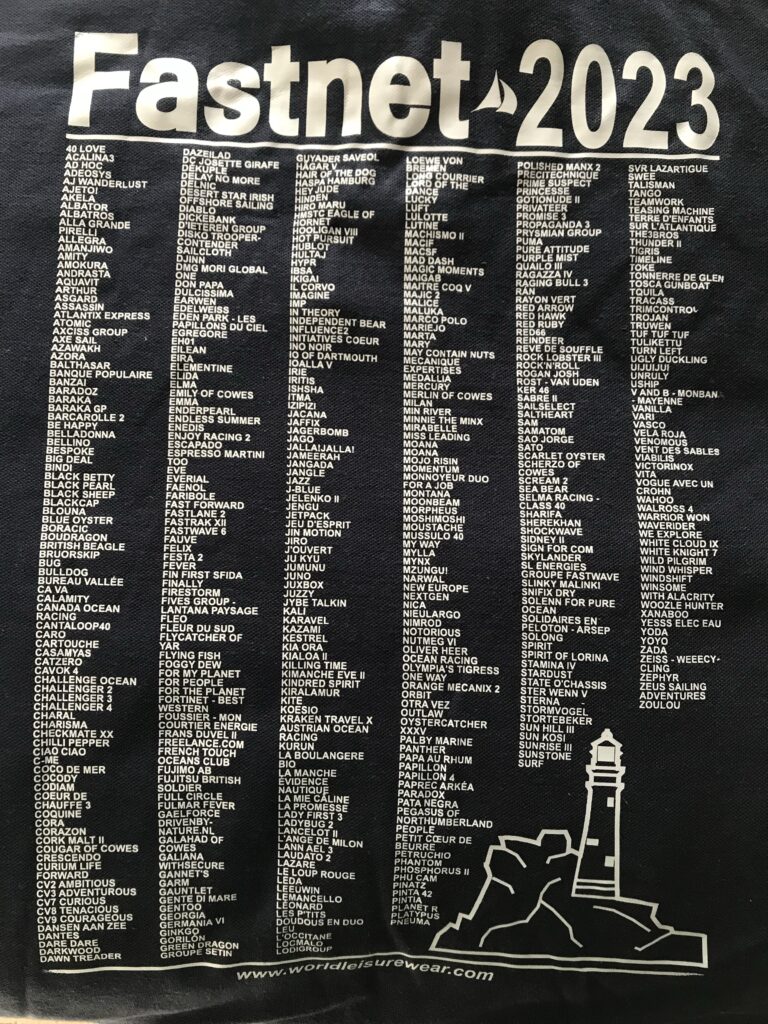
The race has been sponsored by Rolex since 2001, and the prize is known as the Fastnet Challenge Cup1. The old race course covers a distance of approximately 605 nautical miles, starting in Cowes on the Isle of Wight and finishing in Plymouth1.
- The Fastnet Race has been held since 19251.
- The race has been highly influential in the growth of offshore racing and remains closely linked to advances in yacht design, sailing technique, and safety equipment1.
- The race has been sponsored by Rolex since 2001, and the prize is known as the Fastnet Challenge Cup1.
- The USA boats that have been in the Fastnet race include Volvo 70 Wizard, which won the race in 2019 under IRC corrected time3.
- The Royal Ocean Racing Club (RORC) is the organizing authority for the Fastnet Race, and many yacht clubs are represented during the race1.
- The boat with the fastest time for the Fastnet is the ClubSwan 125 – Skorpios, owned by Dmitry Rybolovlev, which won the race in 2021 with a time of 2 days, 8 hours, 33 minutes, and 55 seconds2.
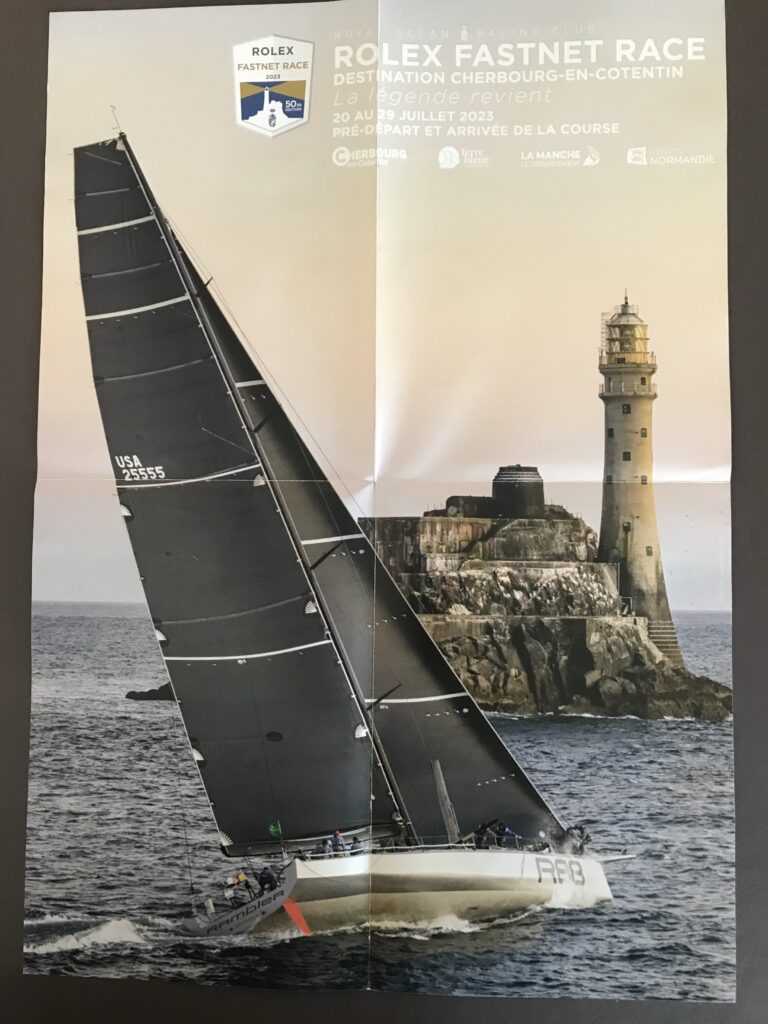
What is noteworthy about the Fastnet Race? How many times has it been held? How did it influence boat design? What are the USA boats that have been in the Fastnet race? Have any USA boats won the Fastnet? Which yacht clubs are most represented during the Fastnet race? Over the years are there any boats that have raced the Fastnet more then once and what are their nations of origin and yacht clubs? What person from the USA has won the most Fastnet races? What person (any country) has won the Fastnet the most times? What boat has the fastest time for the Fastnet?
The Fastnet Race is a biennial offshore yacht race organized by the Royal Ocean Racing Club (RORC) of the United Kingdom. Here are some noteworthy facts about the Fastnet Race:
- The race takes place every two years over a course of 608 nautical miles (1,126 km), starting off Cowes on the Isle of Wight on the south coast of England at the Royal Yacht Squadron2.
- The race follows the southern coastline of England westward down the English Channel before rounding Land’s End. After crossing the Celtic Sea, the race rounds the Fastnet Rock off the southwest coast of Ireland2.
- The Fastnet Race is one of the world’s most challenging offshore yacht races, known for its unpredictable weather conditions and rough seas1.
- The race attracts yachts from around the world, with crews from all walks of life4.
- The Fastnet Race has influenced boat design over the years, with designers and sailors constantly seeking ways to improve the performance and safety of their boats in the challenging conditions of the race1.
- The USA boats that have participated in the Fastnet Race include Wizard, a Volvo 70 skippered by American David Askew, and Rambler 88, a maxi yacht owned by American George David56.
- The yacht clubs that are most represented during the Fastnet Race include the Royal Ocean Racing Club, the Royal Yacht Squadron, The Royal Thames Yacht Club and the Royal Western Yacht Club2.
- Over the years, many boats have raced the Fastnet more than once, including boats from the UK, France, and the USA2.
For a summary of the 2023 race see A Worthy 50th Rolex Fastnet Race
What are the different categories of boats that participate in the Fastnet Race
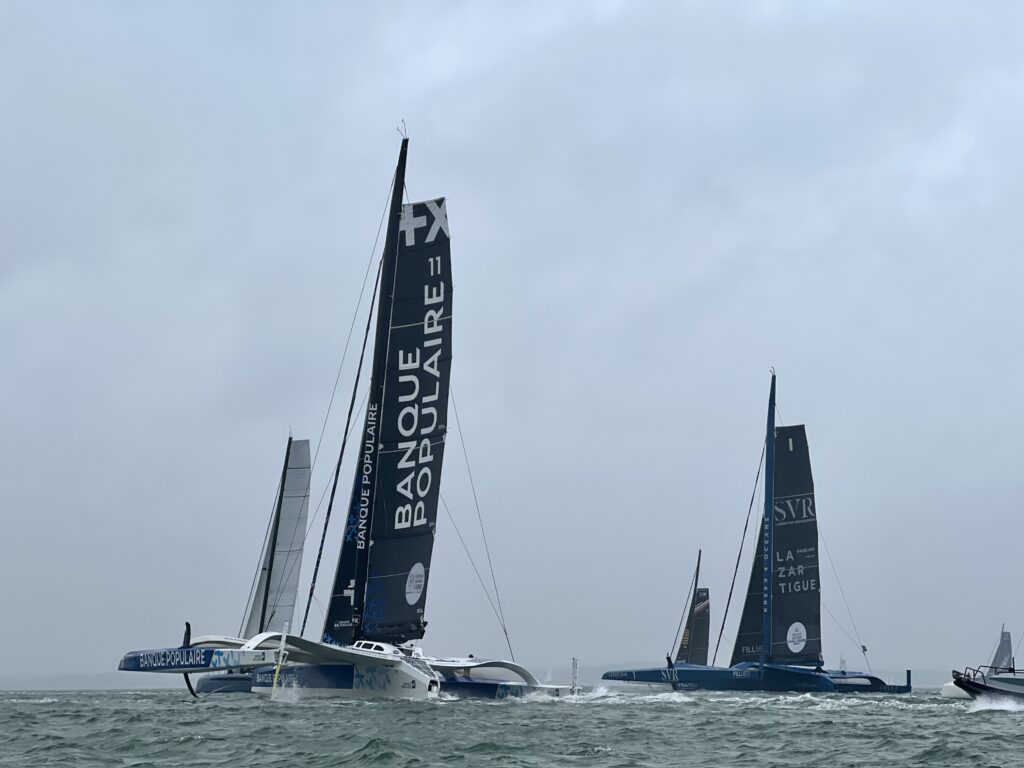
ARMEL LE CLÉAC’H boat type ULTIM She finished an hour behind SVR LAZARTIGUE who set a Multihull Elapsed Time Record of 1d 8h 38m
Different categories of boats participate in the Fastnet Race. Here are some of the categories:
- IRC Class: The majority of boats in the Fastnet Race participate in the IRC (International Rating Certificate) class. This class is based on a handicap system that takes into account various factors such as boat length, sail area, and stability. Only IRC boats are eligible for the overall trophy – The Fastnet Challenge Trophy. IRC class is broken down into 4 categories and sometimes into subgroups within those categories.
- Class 40: The Class 40 category is a specific class for boats that meet the Class 40 rules. These boats are designed for short-handed offshore racing and have specific size and design requirements.
- IMOCA 60: The IMOCA 60 class is for boats that meet the rules set by the International Monohull Open Class Association. These boats are high-performance, single-handed or double-handed offshore racing yachts. 29 IMOC 60s raced in the 2023 race.
- Volvo Ocean 65: The Volvo Ocean 65 class consists of boats that were used in the Volvo Ocean Race, a round-the-world yacht race. These boats are designed for long-distance offshore racing with a full crew.
- Multihull Grand Prix: The Multihull Grand Prix class includes boats, which have multiple hulls. These boats can range from smaller catamarans to larger trimarans.
- MOCRA Multihulls
- Ultim 32/23: two entries in 2023
It’s important to note that the specific categories and classes may vary from year to year, depending on the entries and race organizers’ decisions2. The Fastnet Race is organized in accordance with Category 2 of the World Sailing Special Regulations with RORC Prescriptions5.
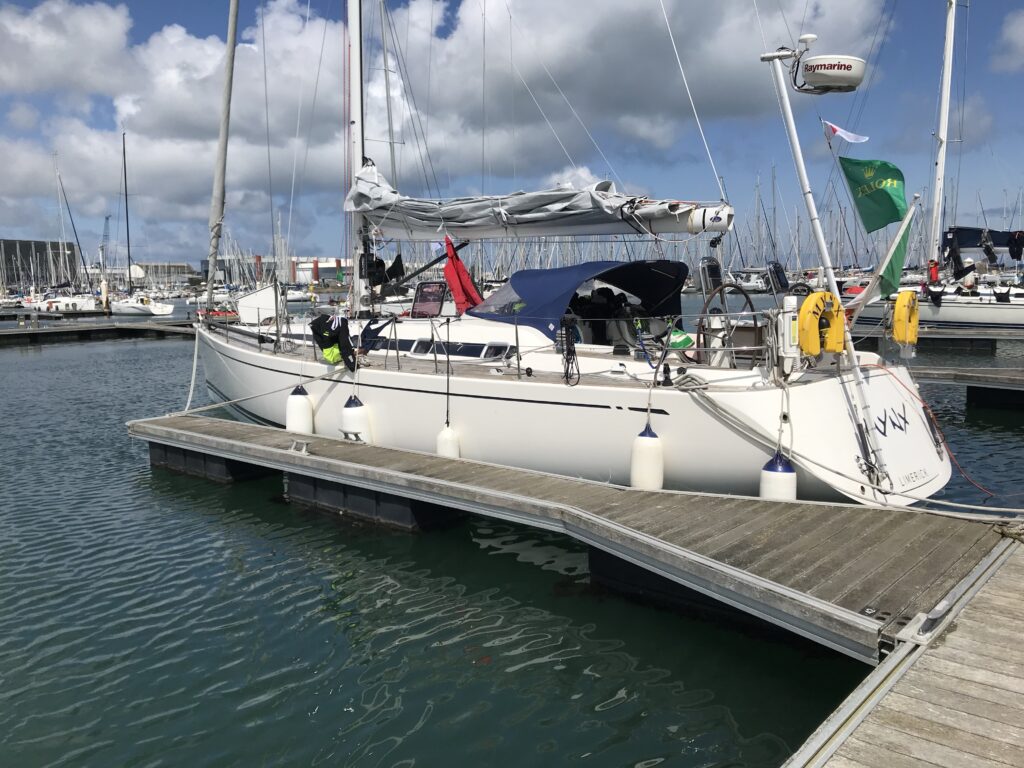
What are the requirements for boats to participate in the Fastnet Race
To participate in the Fastnet Race, boats must meet certain requirements. Here are some of the requirements based on the available search results:
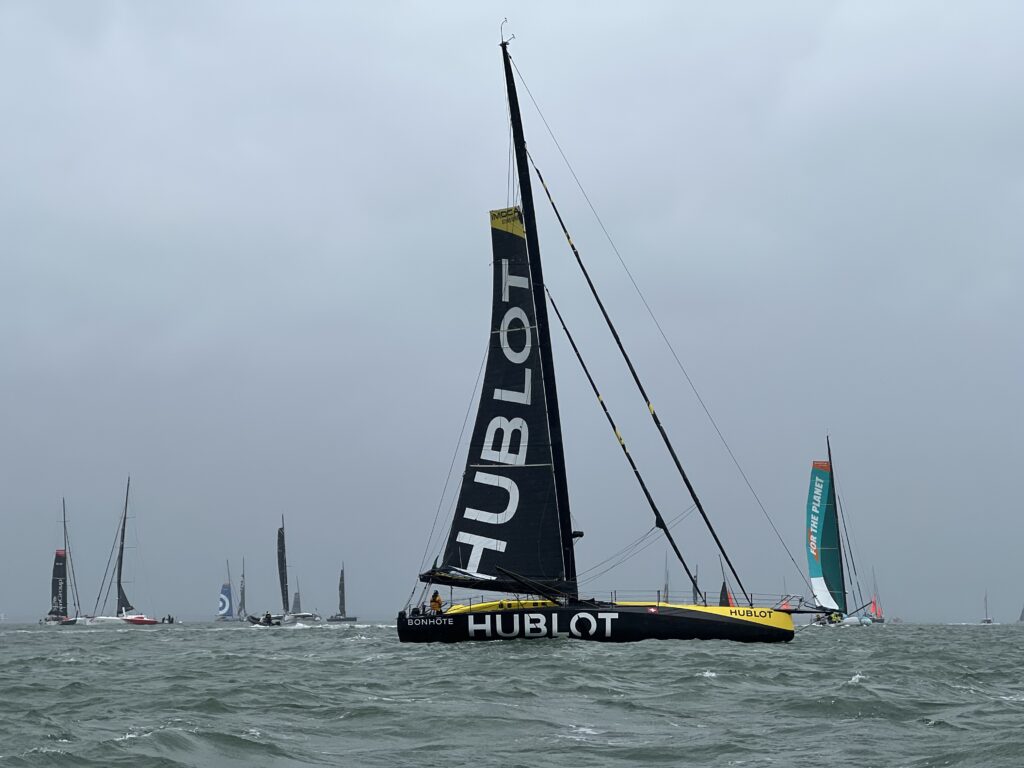
- Completion of the race: To be eligible for the Fastnet Rock Rounding Trophies, boats must have completed the race and complied with the sailing instructions1.
- Minimum experience: The minimum experience requirement is 300 nautical miles of RORC offshore racing on the boat entered into the race, completed by a minimum of 50% of the crew25.
- Boat design: Boats must meet certain design requirements, including STIX minimum 32, AVS minimum 130-0.002*m (m is the boat’s minimum sailing weight), and SSS minimum 28 (if STIX/AVS not present and not required – boats with)6.
- Safety equipment: Boats must carry certain safety equipment, including life rafts, life jackets, and flares4.
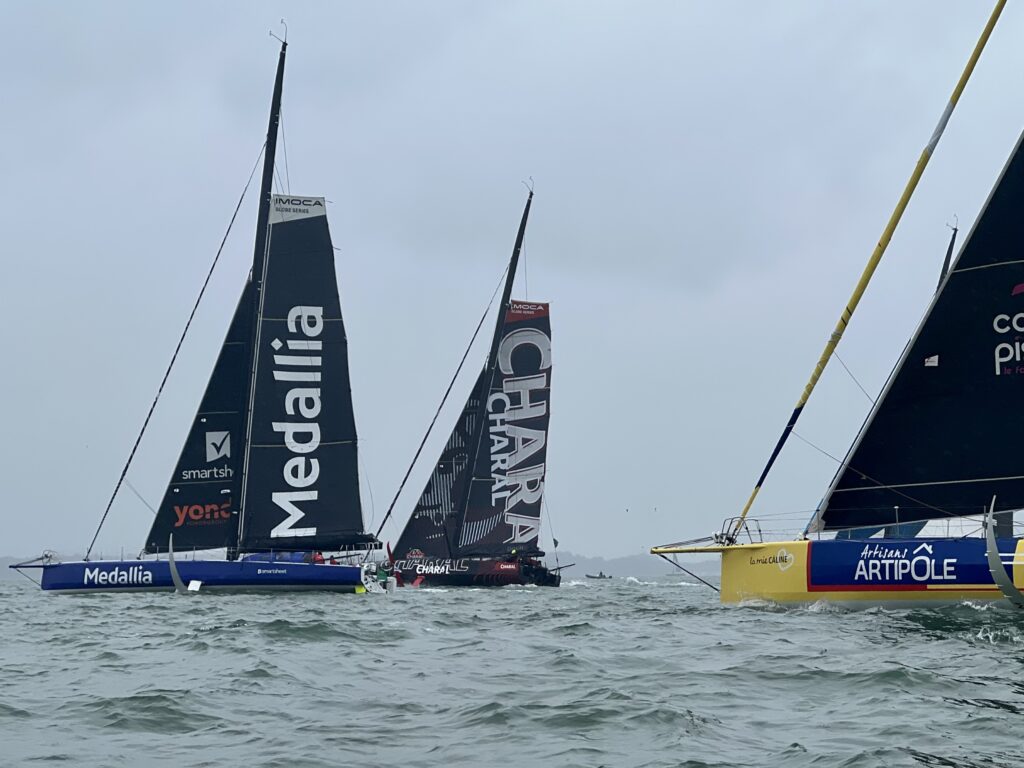
In theory this should help with the boat’s stability while foiling. See Yachting World Jeremie Beyou and Franck Cammas are on Charal
Sam Goodchild will certainly be one to watch in the Fastnet Race, he’s one of the two skippers in TR Racing team, alongside Thomas Ruyant. His IMOCA For the Planet is the ex-LinkedOut, on which Ruyant saw a great deal of success, most recently winning the Route du Rhum race in 2022.
Alongside co-skipper – and co-designer of For People – Antoine Koch, Goodchild’s first race in his new IMOCA was impressive with a third place in the Guyader Bermudes 1000 Race behind Ruyant and Beyou.
Yachting World
It’s important to note that the specific requirements may vary from year to year, depending on the entries and race organizers’ decisions1.
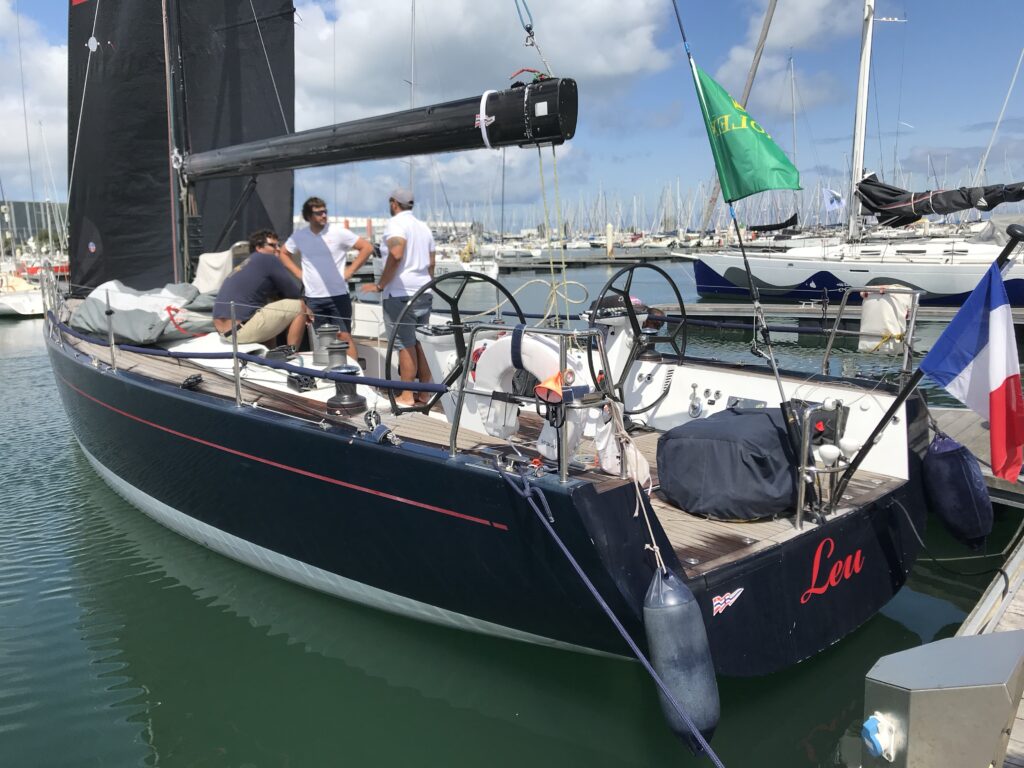
What is the STIX and AVS mentioned in the boat requirements for the Fastnet Race
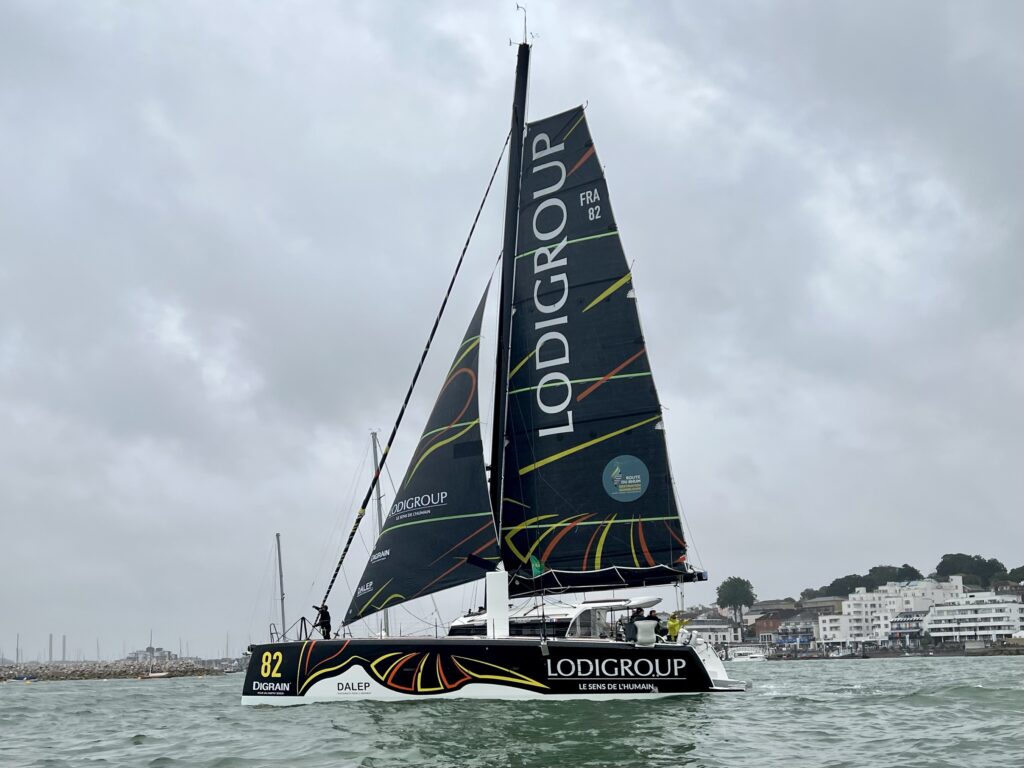
STIX and AVS are two stability indices used to determine the safety of a boat. Here is some information about each index:
- STIX: STIX stands for Stability Index. It is a measure of a boat’s ability to resist capsizing. The STIX value is calculated based on the boat’s weight, beam, and ballast, among other factors. The minimum STIX requirement for the Fastnet Race is 321.
- AVS: AVS stands for Angle of Vanishing Stability. It is the angle at which a boat will capsize if it is heeled over too far. The AVS value is calculated based on the boat’s weight, beam, and sail area, among other factors. The minimum AVS requirement for the Fastnet Race is 130-0.002*m (m is the boat’s minimum sailing weight)1.
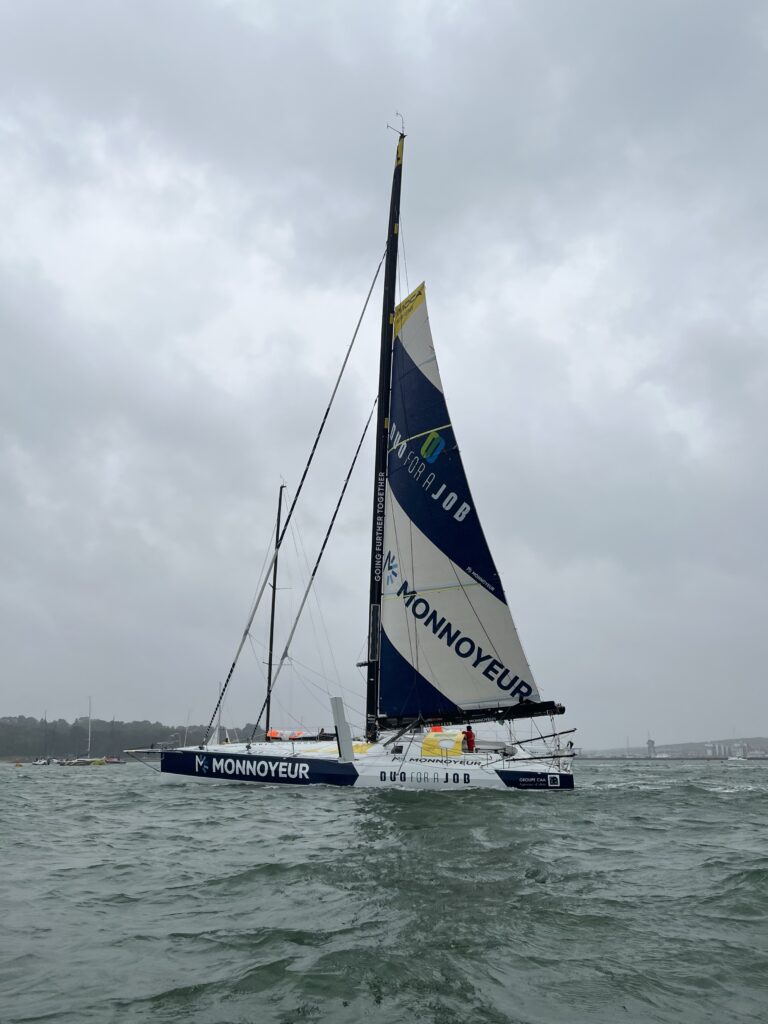
Both STIX and AVS are important factors in determining a boat’s safety in offshore racing. It’s important to note that the specific requirements may vary from race to race, depending on the race organizers’ decisions16.
How is the STIX calculated for a boat
Calculating the STIX value for a boat is a complex process that takes into account various factors. Here are some of the factors that are considered when calculating the STIX value:
- Length: The length of the boat is a key factor in determining its STIX value. Generally, the longer the boat, the higher the STIX value2.
- Displacement: The weight of the boat is also an important factor in determining its STIX value. Heavier boats tend to have higher STIX values3.
- Beam: The beam, or width, of the boat is another factor that is considered when calculating the STIX value. Wider boats tend to have higher STIX values2.
- Sail area: The sail area of the boat is also taken into account when calculating the STIX value. Boats with larger sail areas tend to have higher STIX values6.
- Ability to recover from inversion unaided: This factor refers to the boat’s ability to right itself if it capsizes. Boats that can recover from inversion unaided tend to have higher STIX values6.
- Ability to recover from flooding: This factor refers to the boat’s ability to recover from flooding. Boats that can recover from flooding tend to have higher STIX values6.
The STIX value is calculated using a formula that takes into account these and other factors. The specific formula may vary depending on the organization or standard used to calculate the STIX value145.
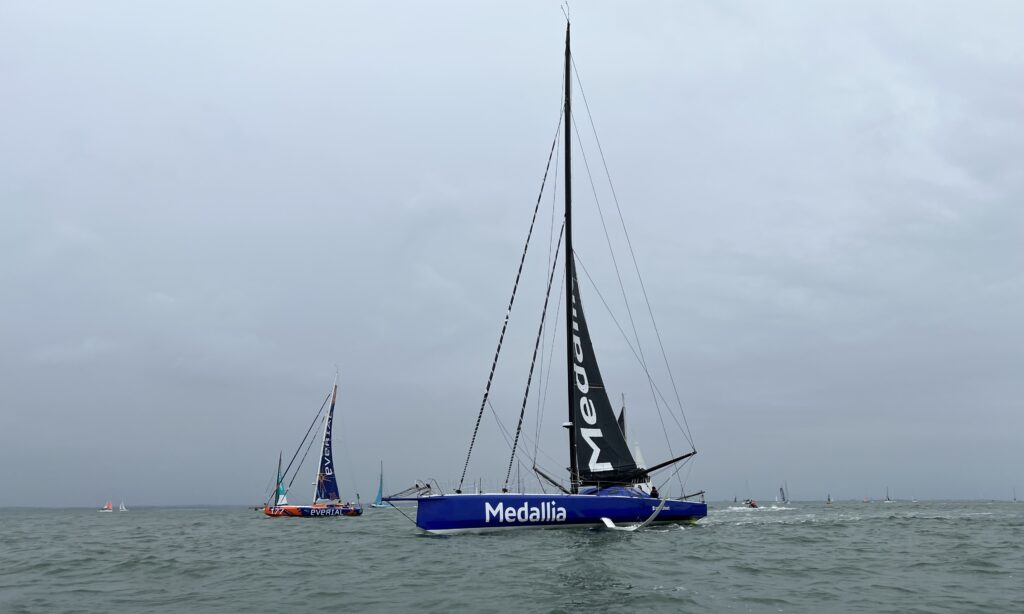
However, development has moved on significantly since the boat was launched but Medallia has just undergone a substantial refit with new, bigger foils added requiring significant structural alterations and the bow has been reworked into a more modern, higher volume configuration too.” See Yachting World Medallia finished 27 on corrected time but this result is under review. Pip Hare is the skipper of this IMOCA 60
Do IMOCA 60 boats in the Fastnet have foils? What IMOCA 60 boats have participated?
IMOCA 60 boats that have participated in the Fastnet Race have foils. The introduction of foils has revolutionized the IMOCA 60 class, and many of the newer boats are designed with foils.
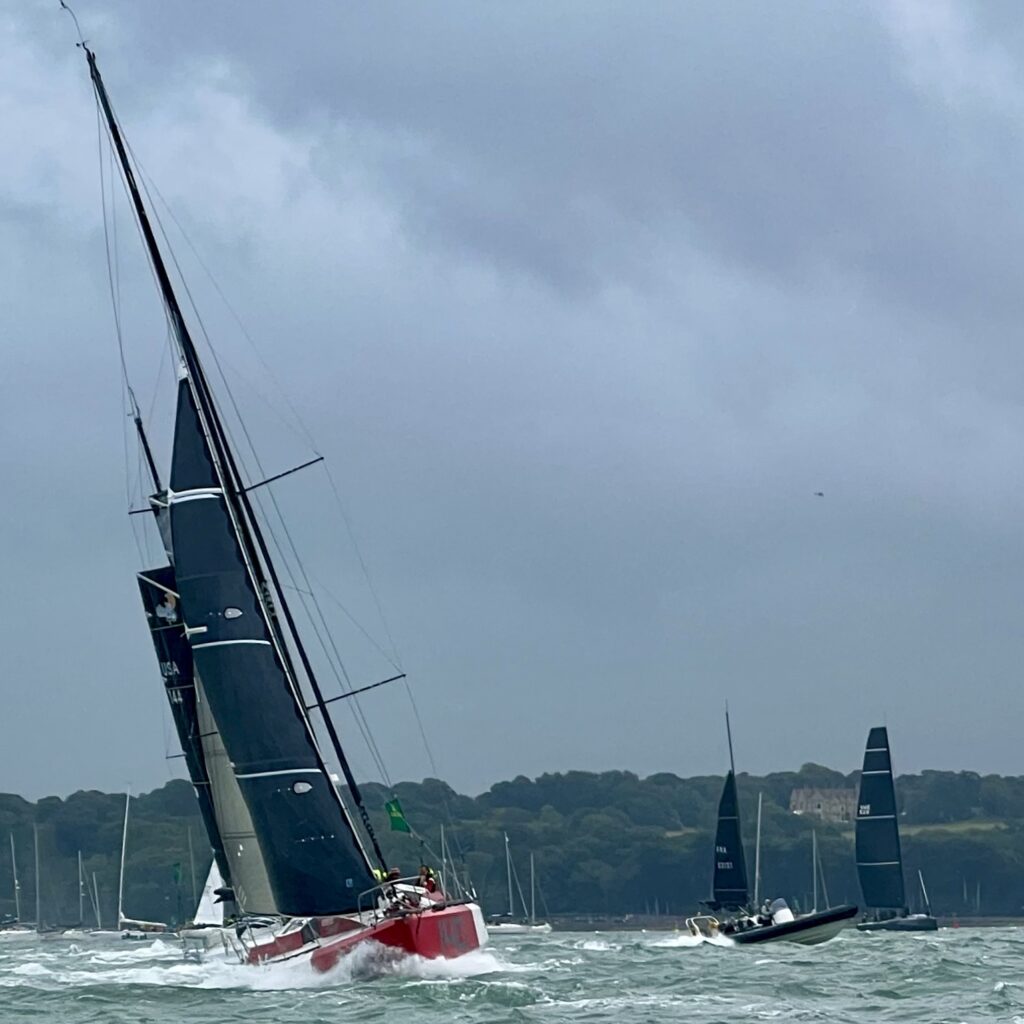
In the 2019 Rolex Fastnet Race, there was a “giant” turnout of IMOCA 60 boats, including some older foil-assisted boats like Bureau Vallée 2, formerly the 2016 Vendée Globe winner Banque Populaire, now skippered by Louis Burton1.
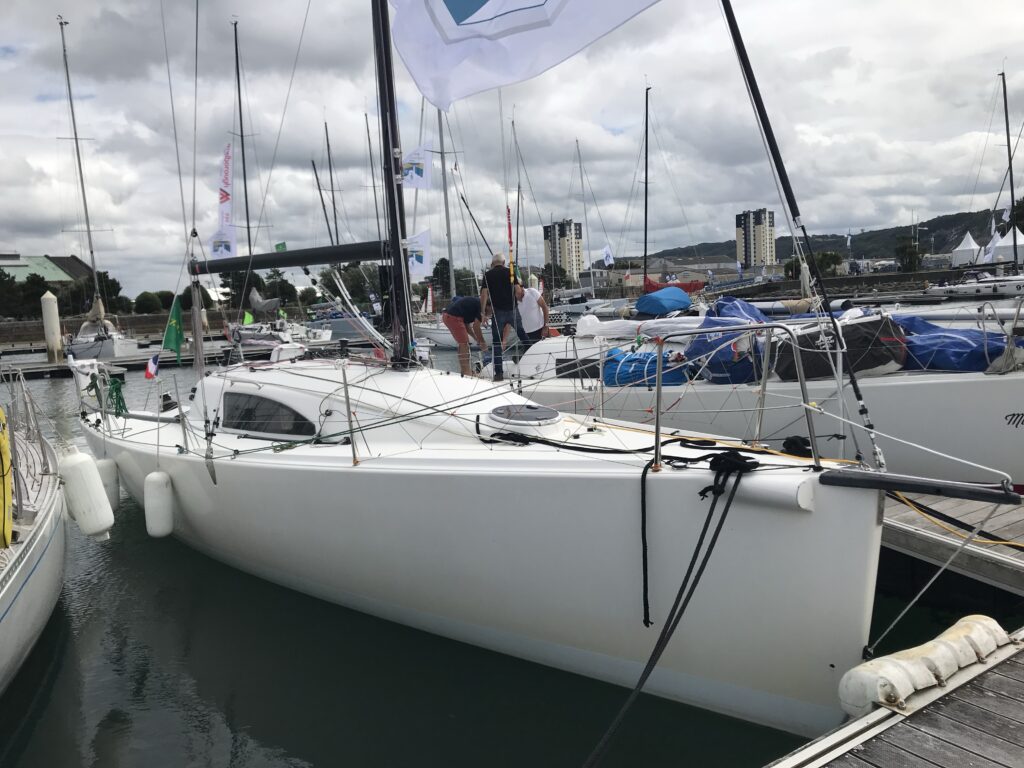
Charal, a newer IMOCA 60 boat with foils, won the IMOCA sprint of the Fastnet Race in 20192. She finished 12 (under review) in 2023. The majority of the 60-footers in the Fastnet Race are foil-born flying machines, and many of them were on the start line of the Rolex Fastnet Race in July 202346.
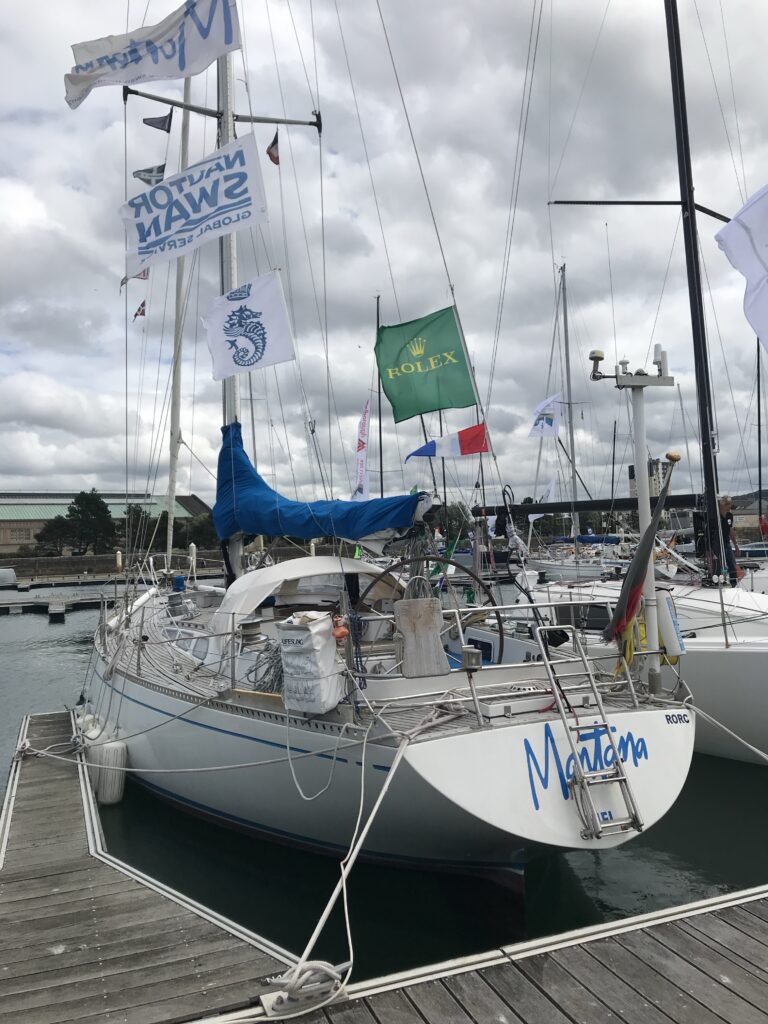
What are the advantages and disadvantages of using foils in IMOCA 60 boats
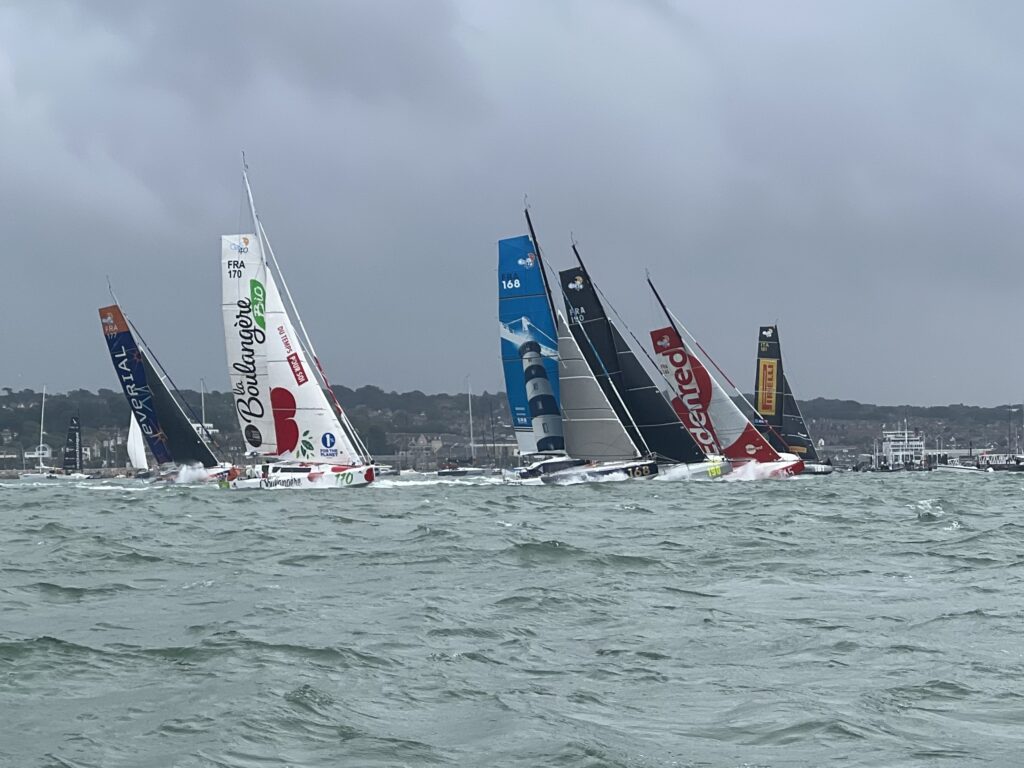
Skipper/AMÉLIE GRASSI Class 40 Finishing 5th out of 21 with 4 retired in 2023.
Advantages of using foils in IMOCA 60 boats:
- Increased speed: Foils can lift the boat out of the water, reducing drag and increasing speed356.
- Improved performance in light winds: Foils can generate lift even in light winds, allowing the boat to maintain speed and momentum16.
- Better stability: Foils can improve the boat’s stability by reducing heeling and pitching16.
- More efficient use of wind power: Foils can help the boat sail closer to the wind, allowing it to make better use of the available wind power5.
Disadvantages of using foils in IMOCA 60 boats:
- Increased complexity: Foils add complexity to the boat’s design and require additional maintenance and upkeep6.
- Higher cost: Foils can be expensive to design, build, and maintain, making them less accessible to some sailors and teams36.
- Increased risk of damage: Foils are vulnerable to damage from debris in the water or collisions with other boats, which can be costly to repair6.
- Reduced performance in heavy seas: Foils can be less effective in heavy seas, where the boat may be more likely to pitch and roll6.
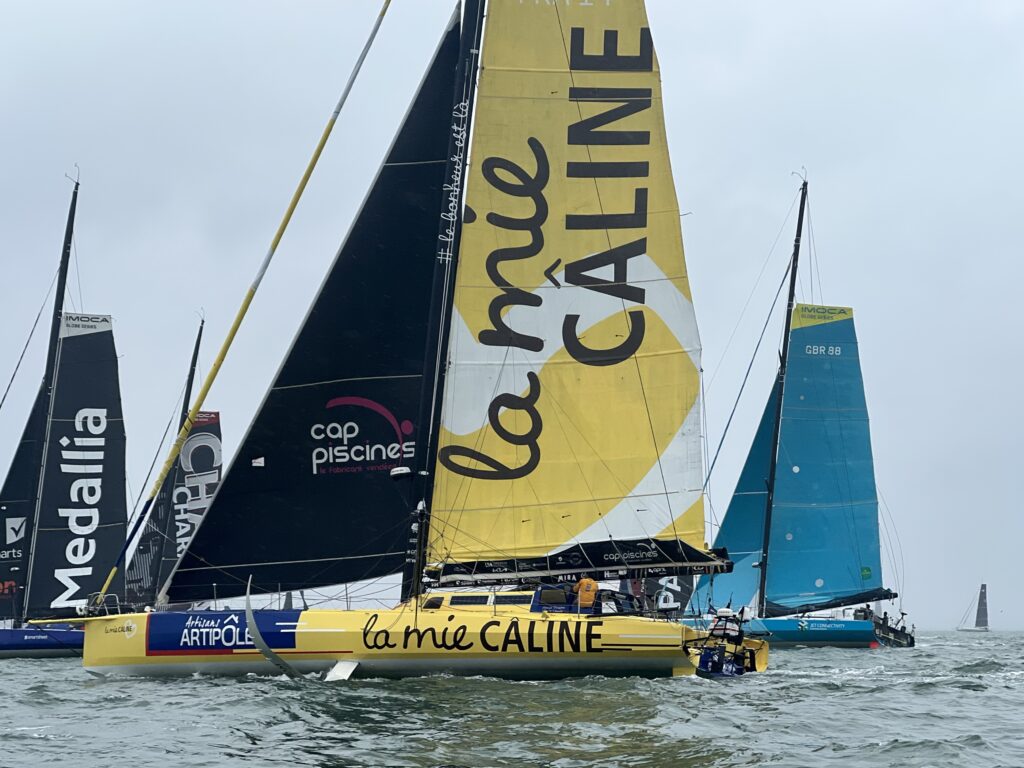
It’s important to note that the advantages and disadvantages of using foils may vary depending on the specific design of the boat and the conditions in which it is sailing.
What are the different types of foils used in IMOCA 60 boats?
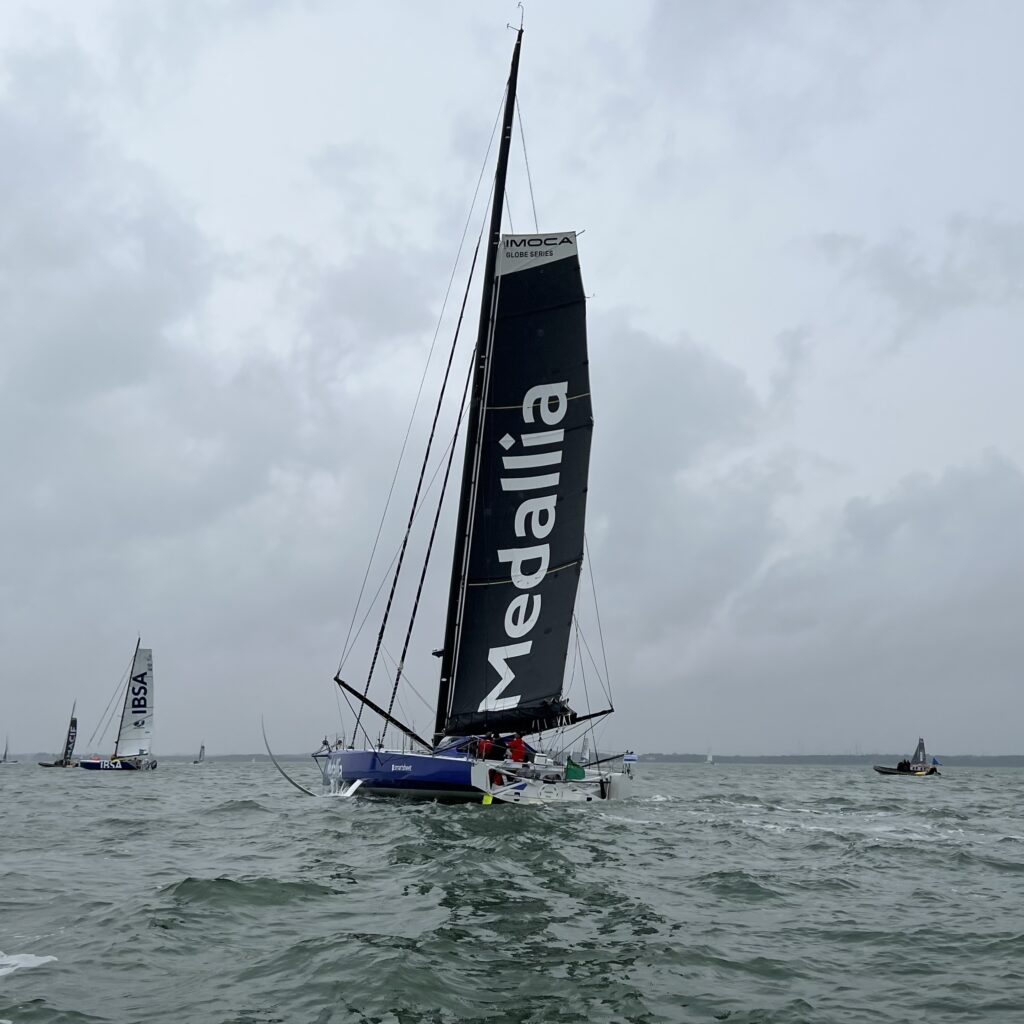
There are different types of foils used in IMOCA 60 boats. Here are some of the types of foils:
Charlie Dalin has been the standout star in the IMOCA fleet in recent years. He was the winner of the last Vendée Globe on the water – but came home second after Yannick Bestaven was awarded redress for the time he lost assisting in the rescue of Kevin Escoffier earlier in the race.
Yachting World
- Curved-circular foils: These foils are optimized for downwind VMG (velocity made good) and are designed to generate lift and reduce drag in these conditions1. They may not be good on other points of sail.
- All-around foils: These foils are designed to be more versatile and effective in a range of conditions. They typically have a vertical tip and are designed to generate lift and reduce drag in a variety of wind angles and speeds1.
- Daggerboards: Daggerboards are long, narrow foils that are inserted into the hull of the boat. They are typically used to provide lateral resistance and stability, but can also generate lift in certain conditions4.
- Canting keels: Canting keels are keels that can be tilted to one side or the other. They are typically used to provide lateral resistance and stability, but can also generate lift in certain conditions4. Lucky has a canting keel.
- Asymmetric daggerboards: Asymmetric daggerboards are daggerboards that are designed to be fitted to the hull in different orientations. They can be used to generate lift and reduce drag in a variety of wind angles and speeds4.
- Rudder foils: Rudder foils are foils that are attached to the rudder of the boat. They are typically used to provide additional lift and reduce drag, improving the boat’s performance6.
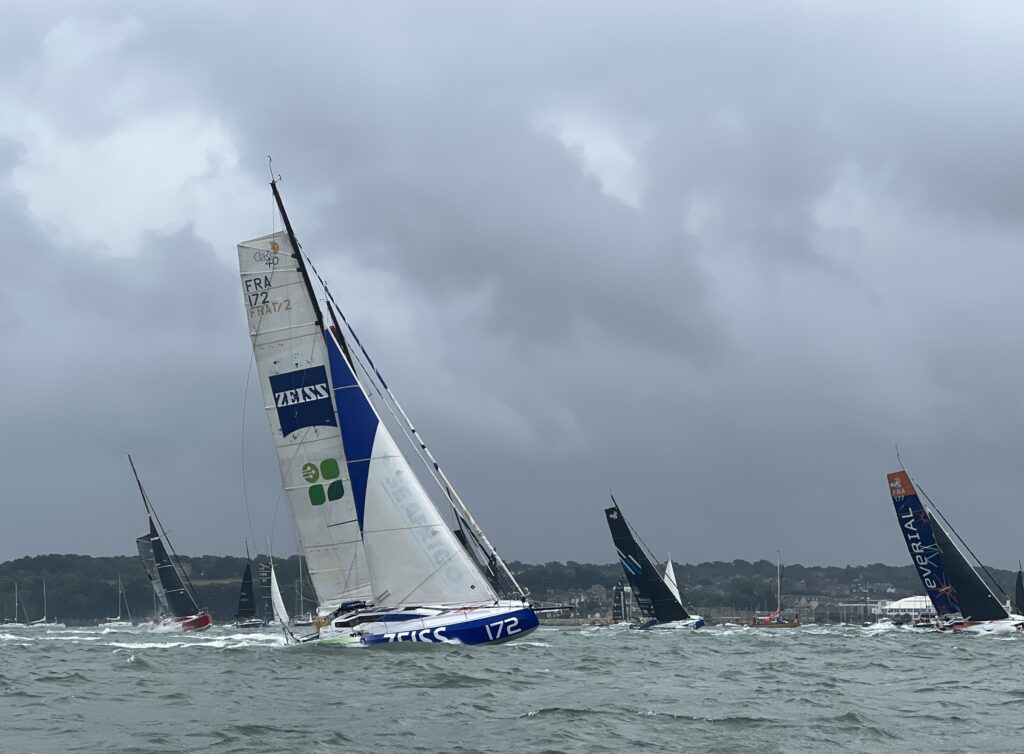
ZEISS – WEEECYCLING FRA172 Skipper/THIMOTÉ POLET
Boat Type Class 40; 16 boats completed Fastnet 2023 in the Class 40 with 4 retiring. ZEISS was 11th. Everial (to the left in this photo) finished first with a time of 3d 22h and 2m.
It’s important to note that the specific types of foils used in IMOCA 60 boats may vary depending on the design of the boat and the preferences of the sailors and teams.
Can the foils on an IMOCA 60 boat be adjusted during a race
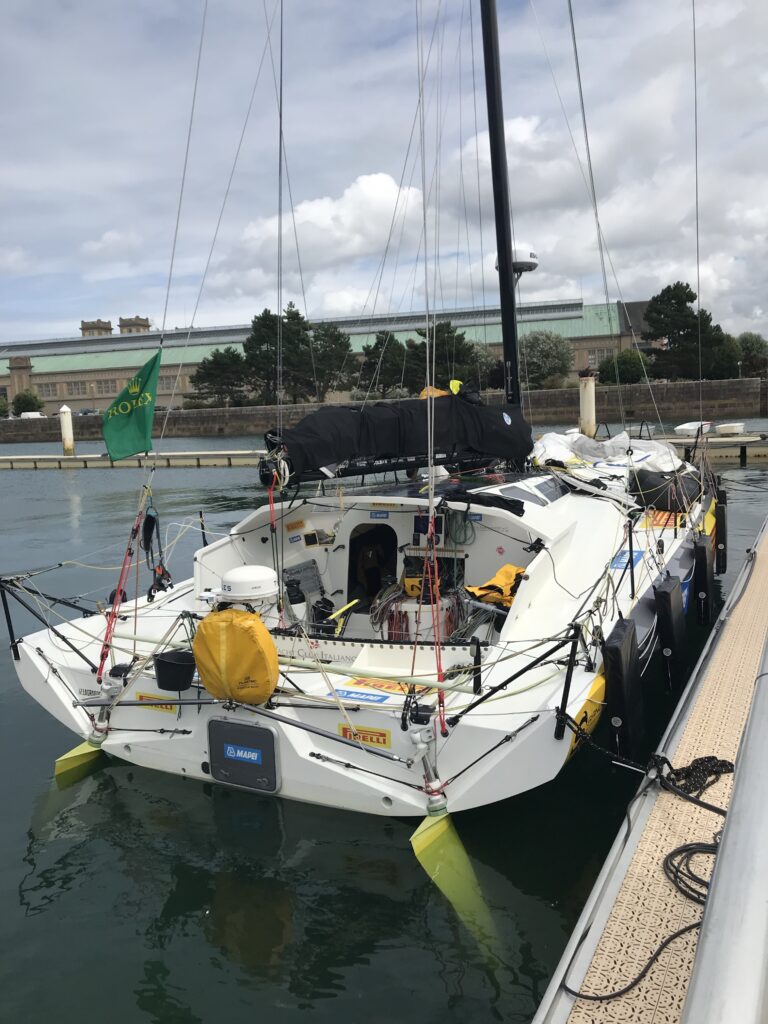
The foils on an IMOCA 60 boat cannot be adjusted during a race. The incidence of the foil is fixed and cannot be dynamically adjusted while racing3. However, the rake of the foils can be changed through five degrees of rotation, and they can be extended in and out of the hull4. These adjustments are typically made before or after a race, during maintenance or preparation periods. The foils are designed to provide lift and reduce drag in specific wind angles and speeds, and their fixed incidence is optimized for these conditions135.
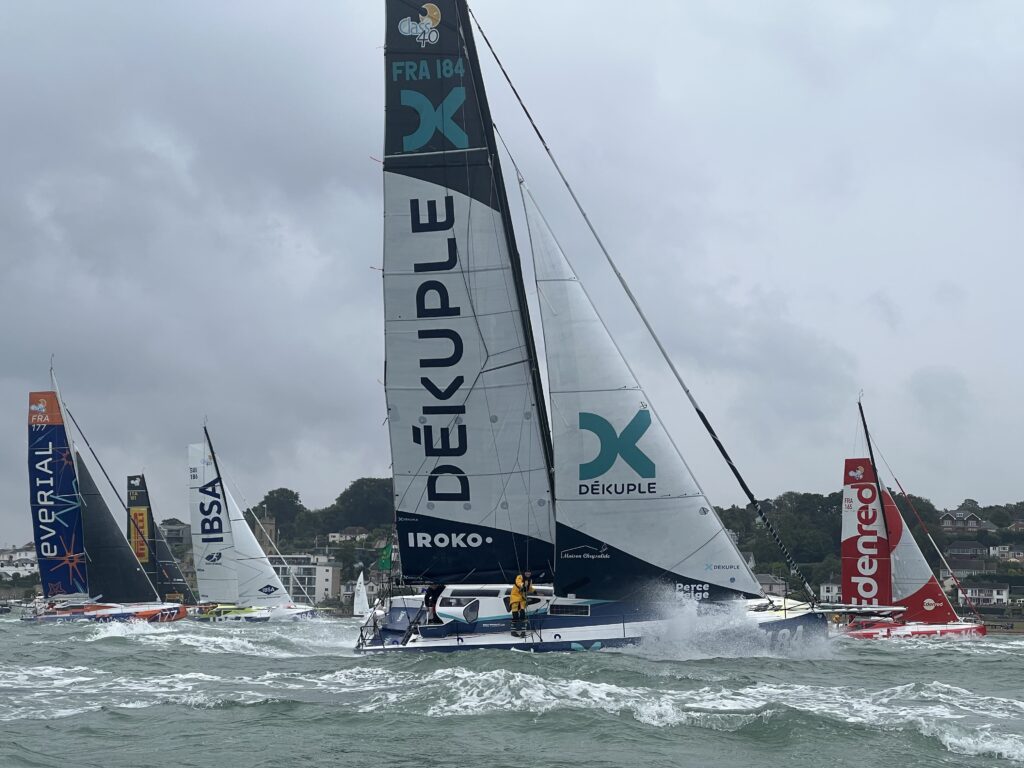
How do sailors adjust the foils on an IMOCA 60 boat
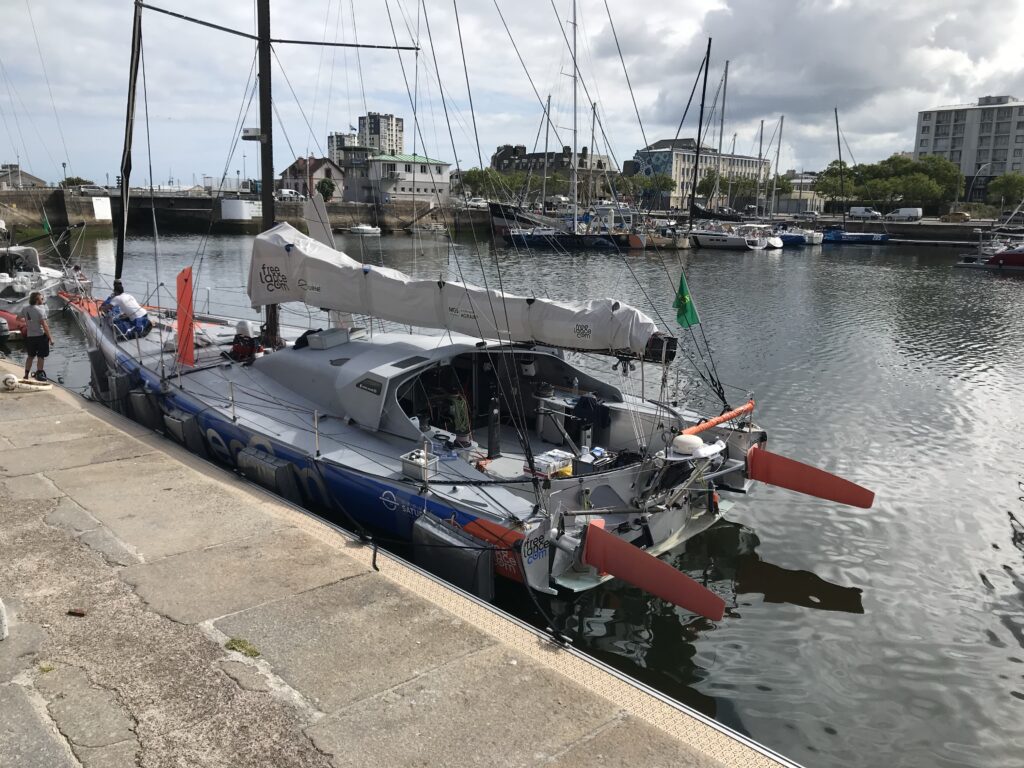
The adjustment of foils on an IMOCA 60 boat can vary depending on the specific design and configuration of the boat. Here are some insights into how sailors may adjust the foils:
- Rake adjustment: Some newer generation foils on IMOCA 60 boats have adjustable rake. This means that the angle of the foil relative to the boat’s hull can be altered using bearings fore and aft4.Adjusting the rake can impact the lift and drag characteristics of the foil.
- Extension and retraction: Foils on an IMOCA 60 boat can be extended or retracted from the hull. This allows sailors to optimize the foil length based on the prevailing conditions and desired performance4.
- Daggerboard adjustments: IMOCA 60 boats may have asymmetrical daggerboards that can be designed to be fitted to the hull in different orientations5. Adjusting the orientation of the daggerboards can impact the lift and drag forces generated by the foils.
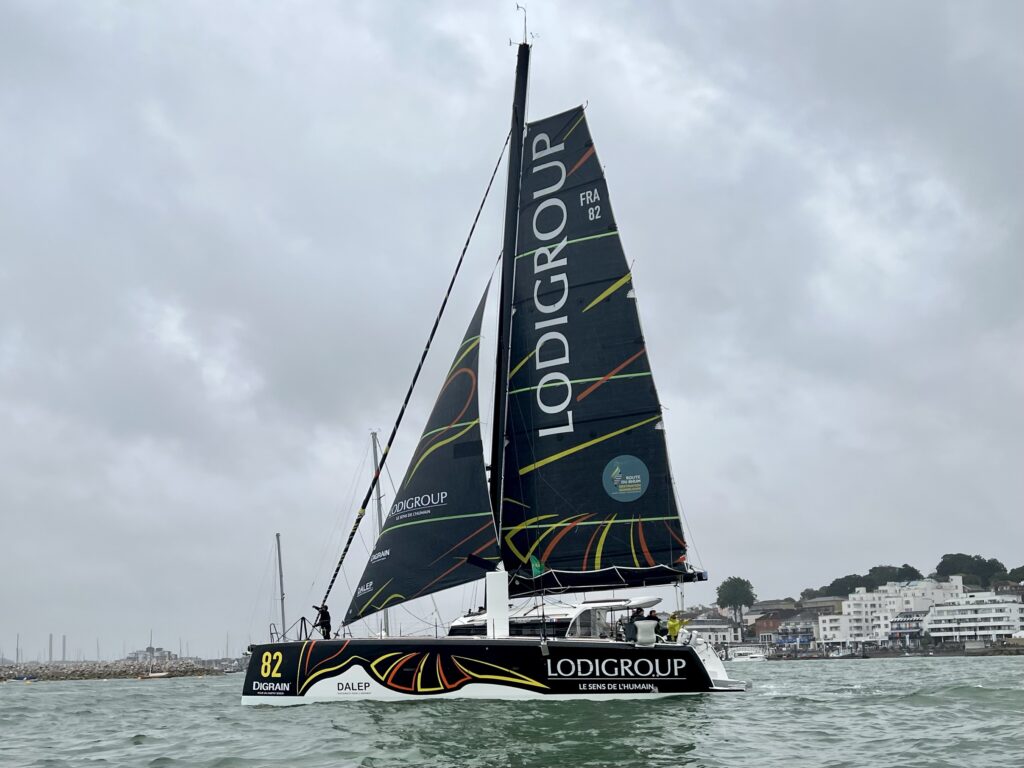
It’s important to note that the specific methods of adjusting foils can vary between different boats and designs. Sailors and teams may have their own unique approaches to foil adjustment based on their experience and performance goals.
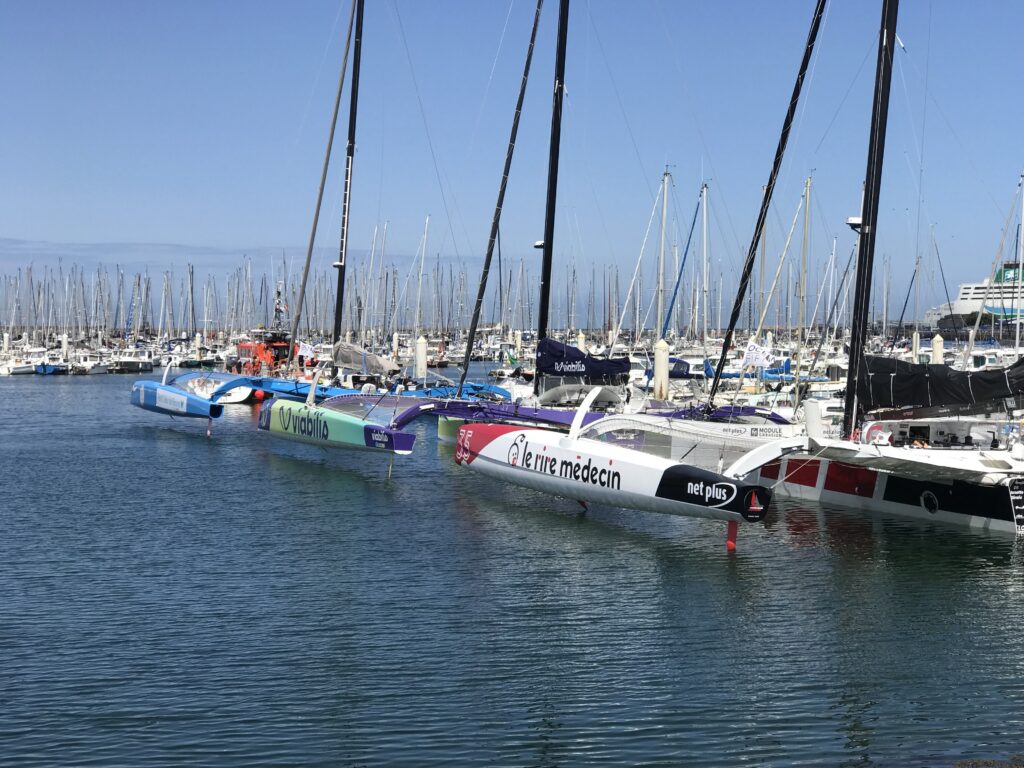
What are the bearings used to adjust the rake of the foils on an IMOCA 60 boat
The bearings used to adjust the rake of the foils on an IMOCA 60 boat are located fore and aft of the foil.
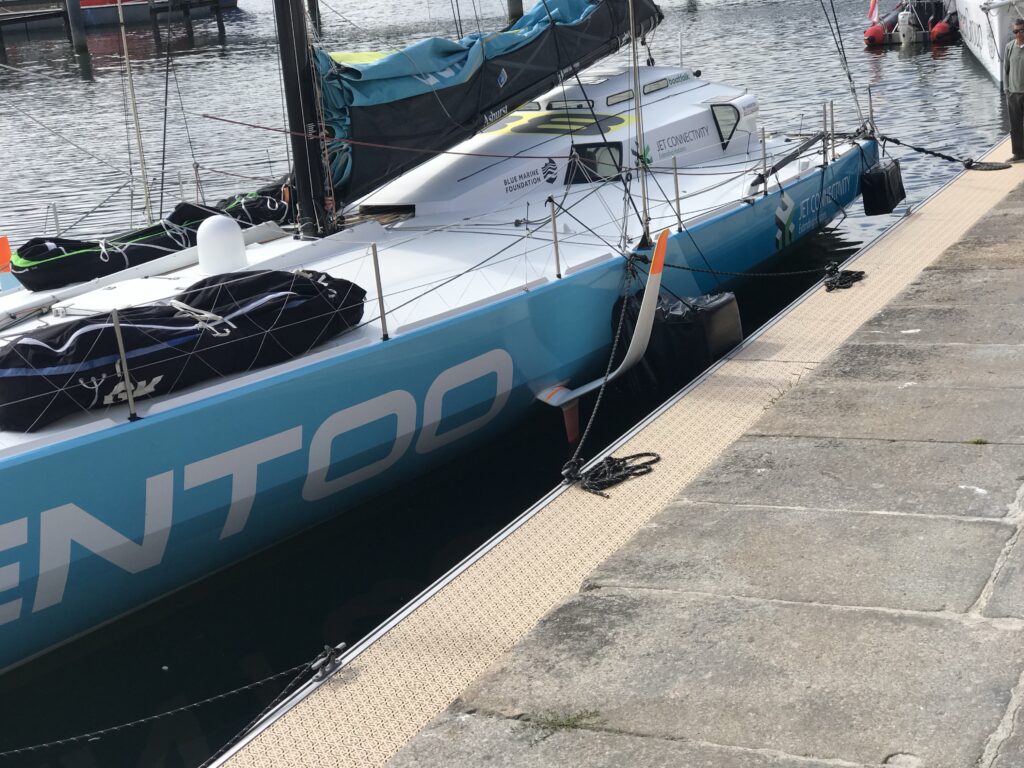
These bearings allow the angle of the foil relative to the boat’s hull to be altered, which can impact the lift and drag characteristics of the foil4. The specific type of bearings used may vary depending on the design of the boat and the preferences of the sailors and teams.
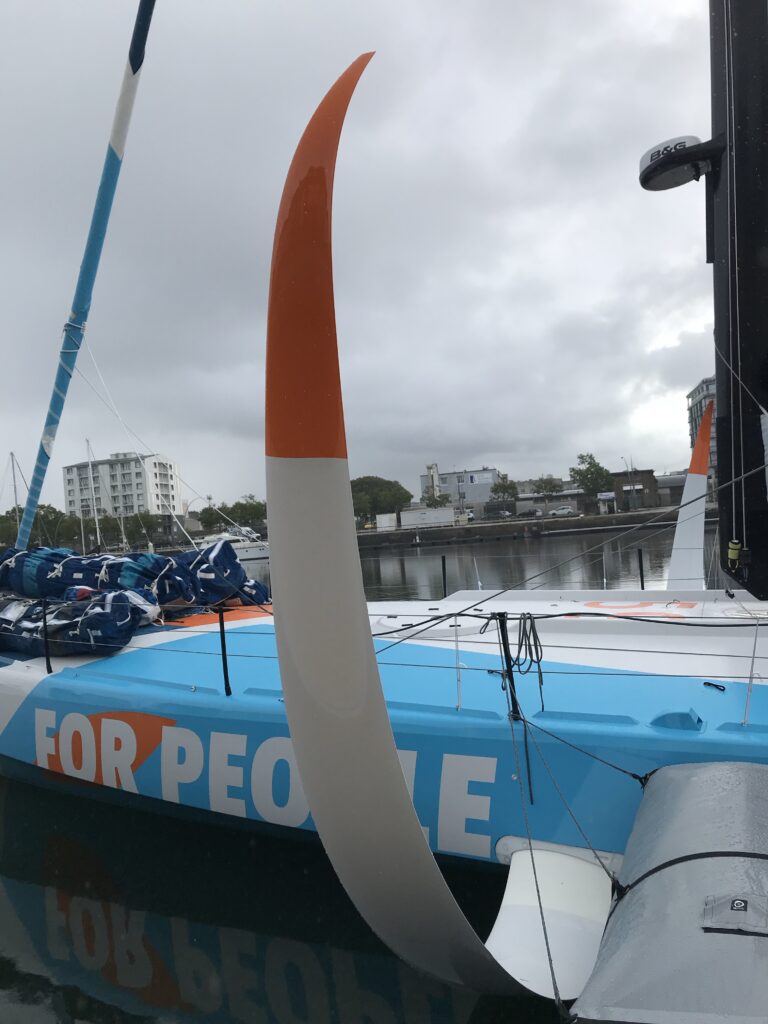
It’s important to note that the rake adjustment is just one of the ways that sailors can adjust the foils on an IMOCA 60 boat, and the specific methods of adjustment can vary between different boats and designs135.
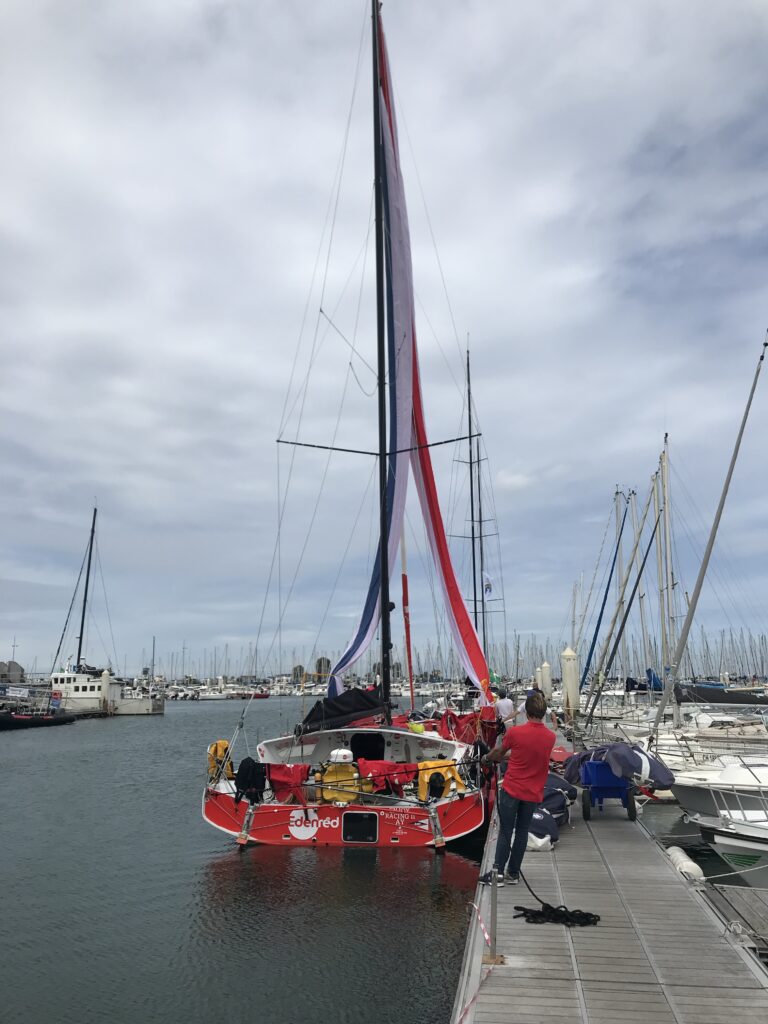
The Multihull Grand Prix class is one of the categories of boats that participate in the Fastnet Race. The following boats have raced in the Multihull Grand Prix class at the Fastnet Race:
- MOD 70: The MOD 70 is a one-design class of multihull boats that are designed for offshore racing. These boats are capable of high speeds and are optimized for reaching and downwind sailing6.
- Ultim: The Ultim class includes some of the largest and fastest multihull boats in the world. These boats are designed for long-distance offshore racing and can reach speeds of up to 50 knots1. There were 2 boats in this class for the Fastnet 2023.
- Multi50: The Multi50 class is a specific class for multihull boats that meet the Multi50 rules. These boats are designed for short-handed offshore racing and have specific size and design requirements4.
- Other multihulls: In addition to the specific classes mentioned above, other multihull boats may also participate in the Multihull Grand Prix class at the Fastnet Race. These boats can range from smaller catamarans to larger trimarans2.
It is important to note that the specific boats that participate in the Multihull Grand Prix class may vary from year to year, depending on the entries and race organizers’ decisions.
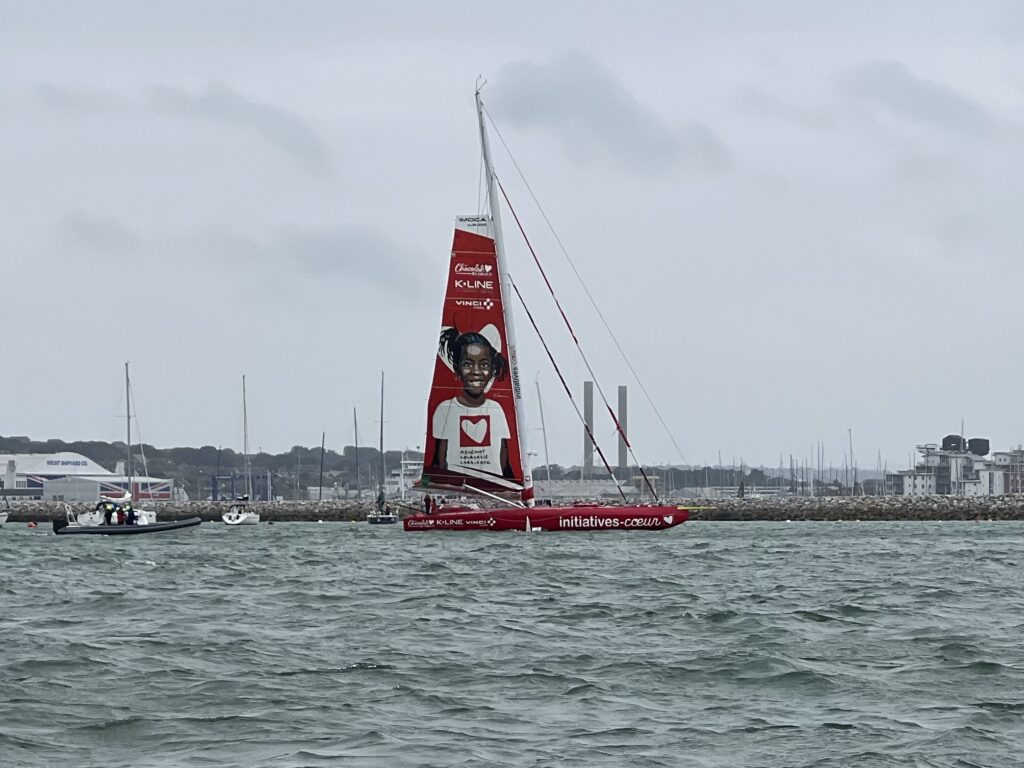
British born Sam Davies (now living in New Caledonia)
“will arrive at the Fastnet fresh from competing in The Ocean Race as a part of Team Biotherm. Davies will be taking part in her fourth Vendée in 2024 and for the first time will be doing so in a brand new boat under her long-time sponsor Initiatives-Cœur.”
According to Yachting World “The 2023 Fastnet race will be the first proper outing for Dalin in his newly launched IMOCA 60 MACIF Santé Prévoyance. Dalin and his team have spoken about this new boat as an evolution of the previous one with refining overall performance.”
Yachting World
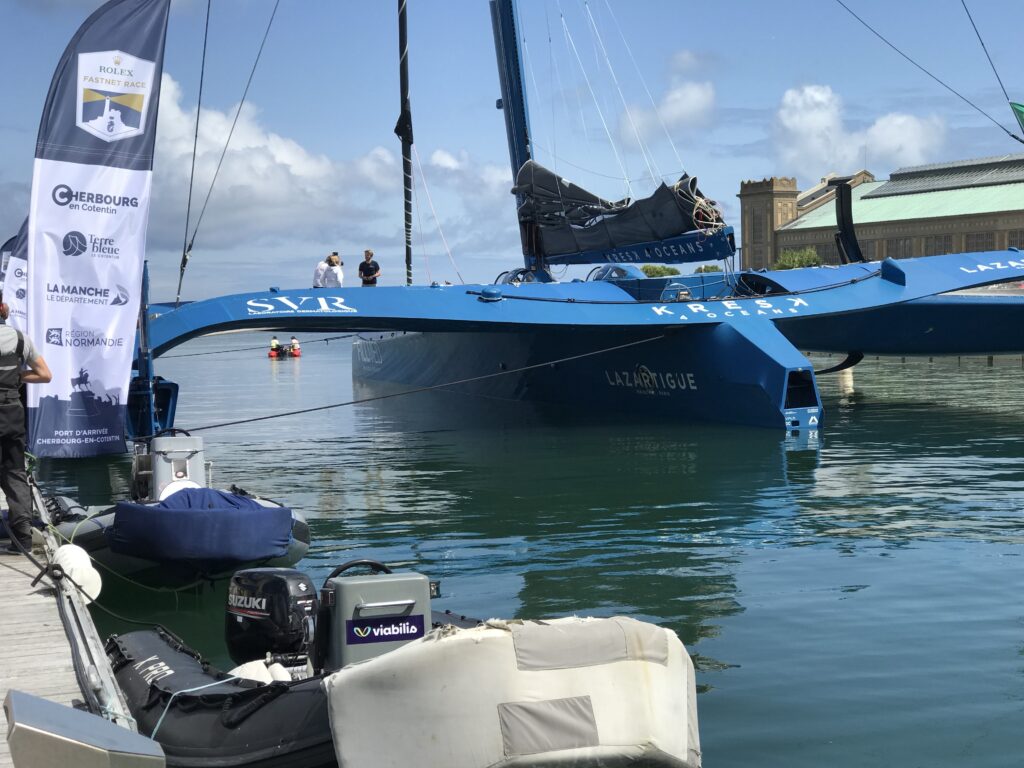
What is the history of the Multihull Grand Prix class at Fastnet
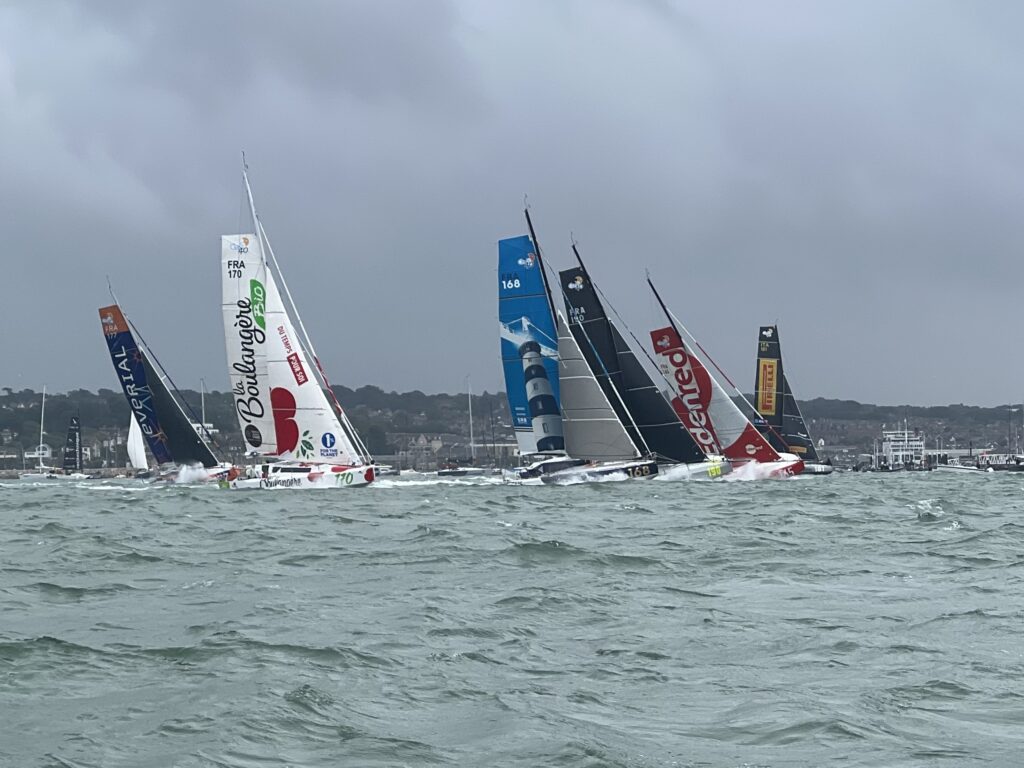
The Multihull Grand Prix class has been a part of the Fastnet Race for several years. Here is a brief history of the class:
- The Multihull Grand Prix class was introduced to the Fastnet Race in recent years, alongside other categories such as the IRC Class, Class 40, IMOCA 60, and Volvo Ocean 6524.
- The class includes a range of multihull boats, including MOD 70s, Ultims, Multi50s, and other multihulls14.
- In 2019, the multihull race record was broken by the Ultim Maxi Edmond de Rothschild, which completed the course in just over one day3.
- The Multihull Grand Prix class has become an increasingly popular category in the Fastnet Race, with many high-performance multihull boats competing in the race16.
- The multihull boats that participate in the Fastnet Race are capable of high speeds and are optimized for reaching and downwind sailing16.
- The Fastnet Race provides an opportunity for multihull sailors to showcase their skills and compete against other top sailors in the world25.
It’s important to note that the specific boats and sailors that participate in the Multihull Grand Prix class may vary from year to year, depending on the entries and race organizers’ decisions.
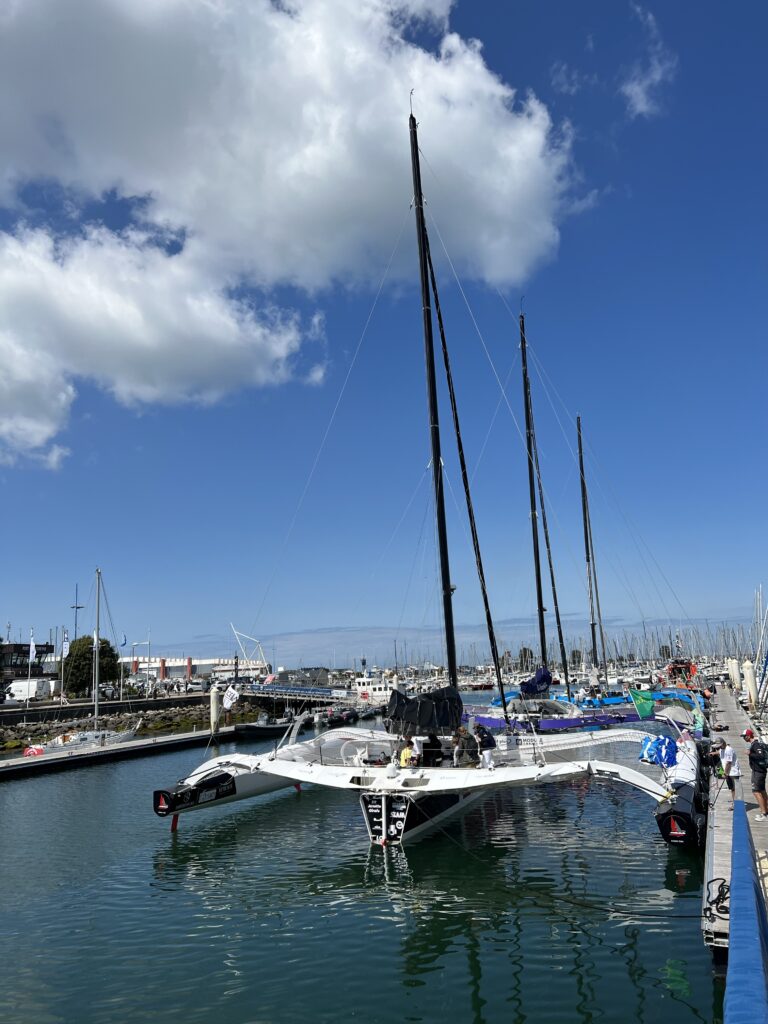
While specific information about notable winners of the Multihull class is yet to be researched, here are some general insights:
- In 2019, the Multihull Grand Prix class saw the participation of various high-performance multihull boats1.
- The multihull race record for the Fastnet Race was broken in 2019 by the Ultim Maxi Edmond de Rothschild, completing the course in just over one day2.
- The 2019 Fastnet Race was won on corrected time by the Volvo 70 Wizard, skippered by brothers David and Peter Askew4.
- In previous editions of the Fastnet Race, notable multihull winners include the MOD 70 Oman Air – Musandam, owned by Sidney Gavignet3.
- The Fastnet Race has seen remarkable multihull performances, such as the 130-foot trimaran Banque Populaire V, skippered by Loïck Peyron, which set a new multihull record for the race6.
For more specific and comprehensive information about notable winners of the Multihull Grand Prix class at the Fastnet Race, it would be helpful to refer to official race records, historical data, or news articles dedicated to the Fastnet Race.
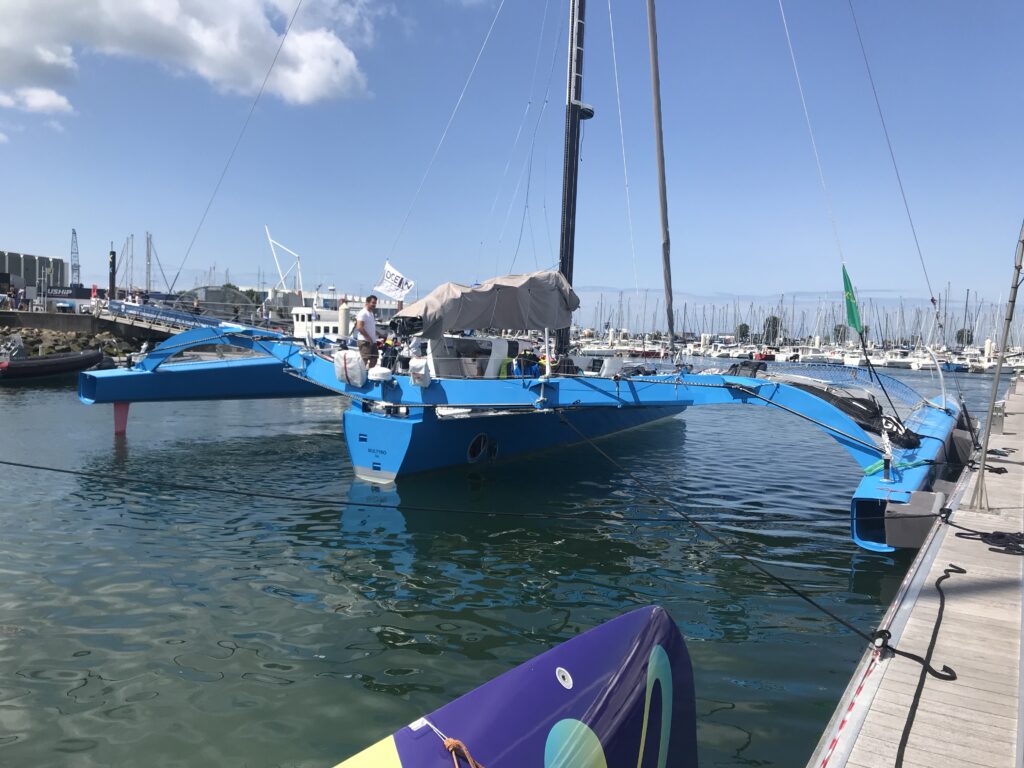
What is the course for the Multihull Grand Prix class at Fastnet
The course for the Multihull Grand Prix class at the Fastnet Race is the same as the course for all other boats. The Fastnet Race originally covered a distance of approximately 605 nautical miles, starting in Cowes on the Isle of Wight and finishing – until recently – in Plymouth14.
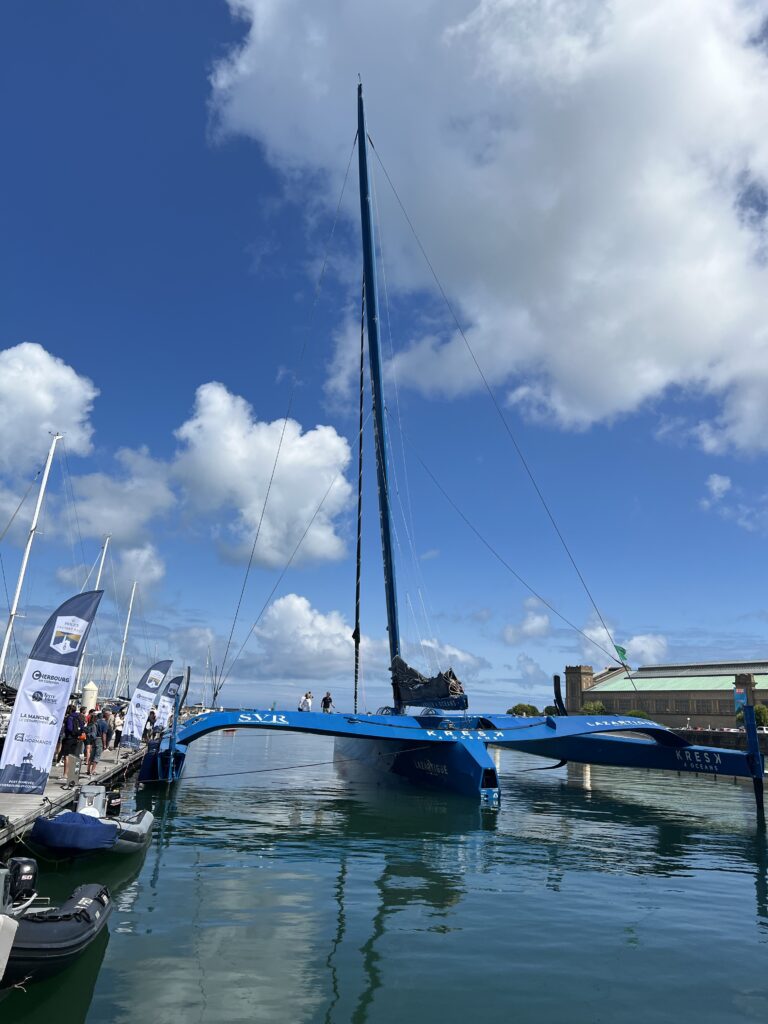
This is one of two in the 2023 ULTIM class. It set the course record in 2023
The course takes the boats around the Fastnet Rock off the coast of Ireland, which is a key turning point in the race14. The specific route may vary depending on the conditions and the race organizers’ decisions, but the general course remains the same for all categories of boats, including the Multihull Grand Prix class35.
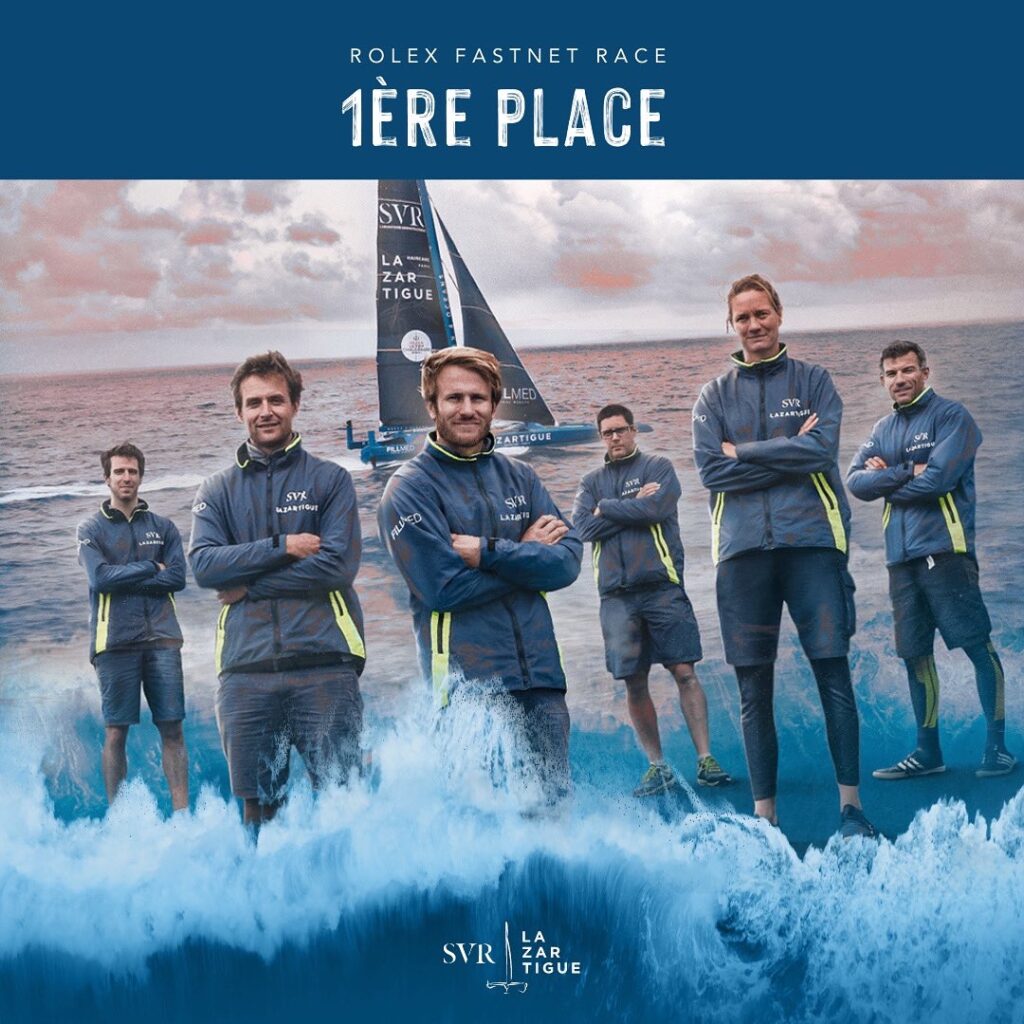
What boat models participate in the IRC Class at Fastnet? Group the models by category.
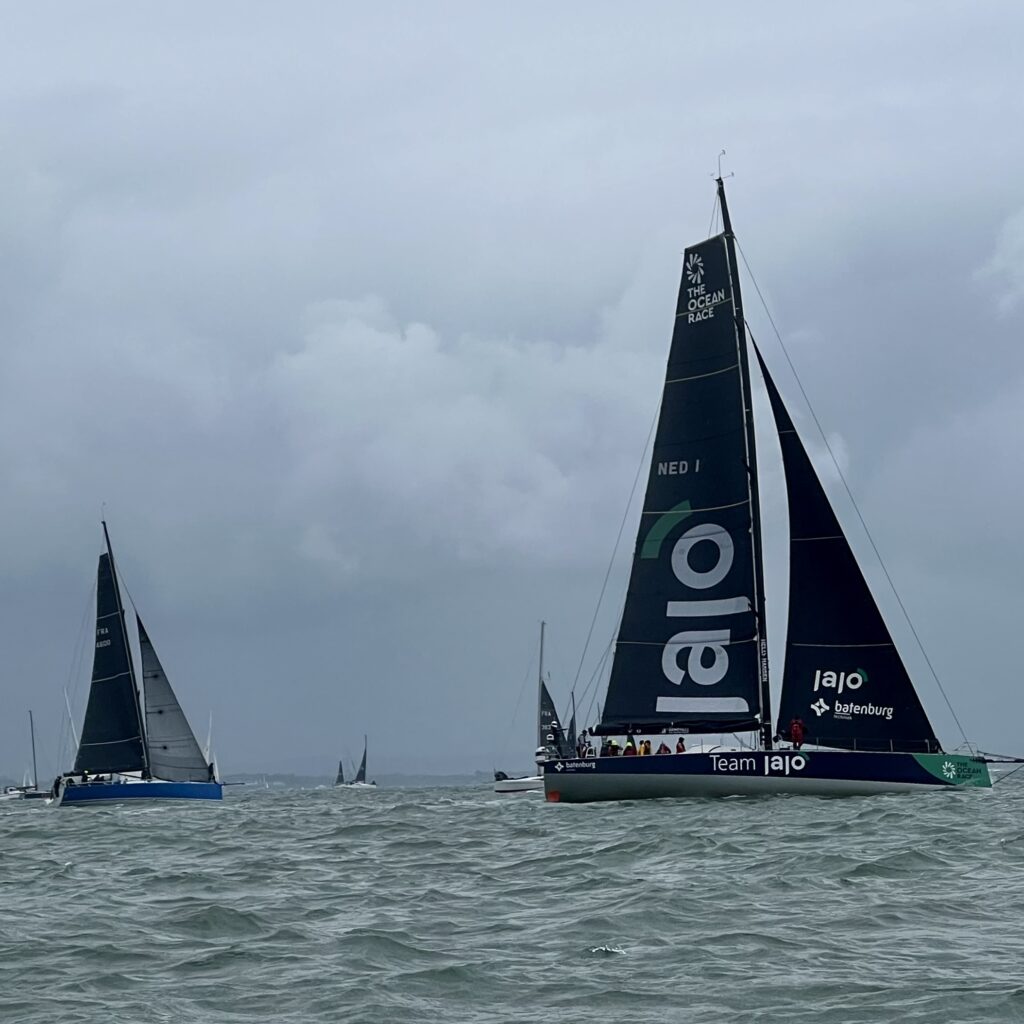
What boat in an IRC class has won on corrected time the most times?
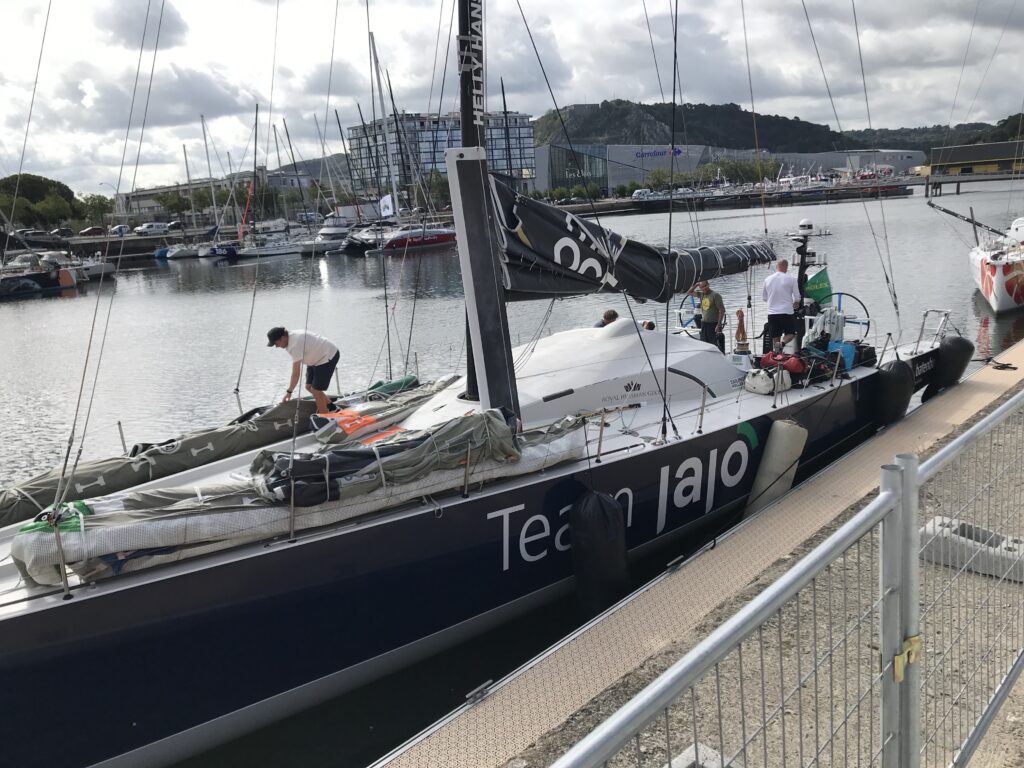
Which boats from the USA have participated in the Fastnet in the IRC Class? What country has won the Fastnet on corrected time the most times and what is the boat name and skipper?
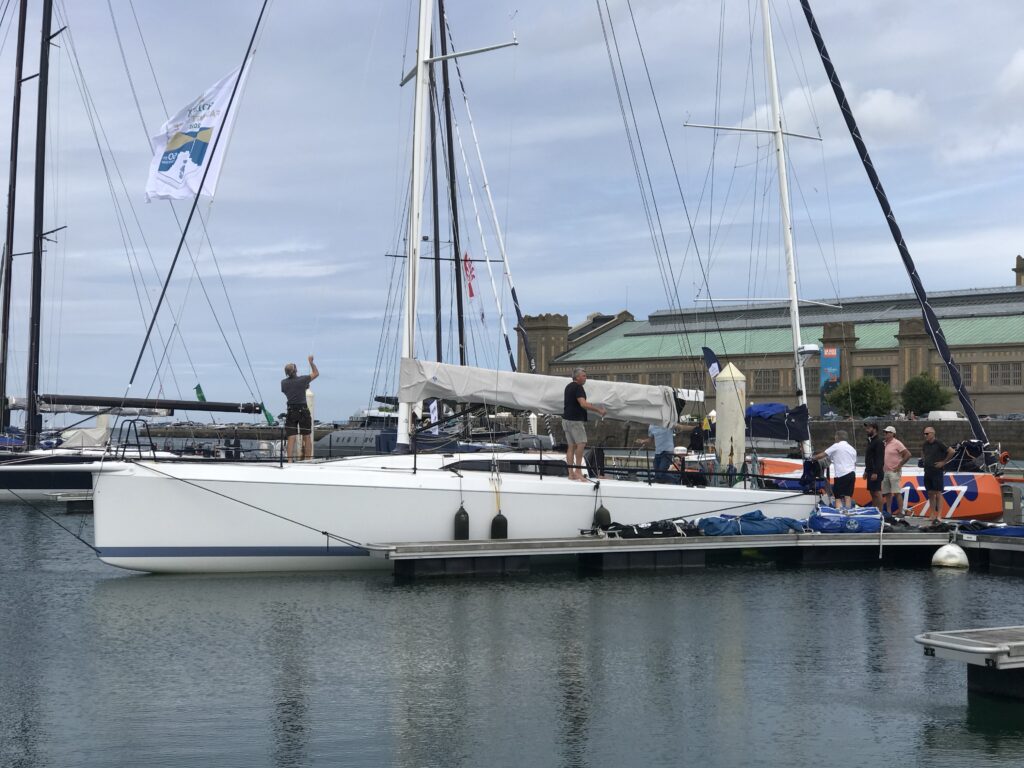
Boat models that participate in the IRC Class at Fastnet are varied, and they are grouped by category. Here are some of the boat models that have participated in the IRC Classes at Fastnet:
IRC Super Zero Team Jajo – VO 65 sailed by Clarke Murphy from the USA won in 2023
- Volvo Ocean 65
- 27m Canting Keel Maxi 72
- Mini Maxi 72
- Volvo Open 70
IRC Zero – Caro sailed by Andy Green of Switzerland won in 2023
- TP52
- Maxi 72
- Cookson 50
- Volvo 65
- Clipper 68
- PAC 52
IRC One – A subcategory – Ginkgo – Humphreys 39 sailed by Dirk Clasen of Germany and B subcategory – Pintia a J/133 sailed by Gilles Fournier/ Corinne Migraine of France won in 2023
- Benateau First 40
- Far 40
- J/111: This is a 36.5-foot sailboat designed for racing, featuring a water ballast system that can be used to increase stability and performance3. It also has a carbon fiber mast.
- J/121
- J/122E: This is a 40-foot sailboat designed for racing and cruising, featuring a water ballast system that can be used to increase stability and performance6.
- J/133
- JPK 10.80 – This is a 35.4-foot sailboat designed for offshore racing, featuring a water ballast system that can be used to increase stability and performance3.
- Pogo 36 – This is a 36-foot sailboat designed for shorthanded racing, featuring a water ballast system that can be used to increase stability and performance1.
- Pogo 44
- Swan 50
- Swan 65
- X-50
IRC Two – A subcategory Black Sheep – Sun Fast 3600 sailed by Trevor Middleton and in B subcategory Juzzy – JPK 1030 sailed by Thomas Bonnier from the UK won in 2023
- J/99: This is a 32.6-foot sailboat designed for shorthanded racing, featuring a water ballast system that can be used to increase stability and performance
- J/109
- J/112
- Sun Fast 3300 This boat can have two 53 U.S. gallon (200-liter) water ballast tanks as a factory option5. The water ballast tanks are located on either side just aft of the companionway1.
- Sun Fast 3600 The hull is balsa core. Balsa core is a type of core material used in boat design. It is considered bad because it is susceptible to water damage, which can lead to delamination and structural failure12345. Moisture can penetrate the balsa core, causing it to rot and weaken the structure of the boat6.Fiberglass is a popular material used in boat construction because it is strong, lightweight, and durable. Pound for pound, fiberglass is stronger than steel or aluminum4. Carbon fiber is even stronger than fiberglass, but it is also more expensive
IRC Three – Les P’tits Doudous en Duo – JPK 1010 sailed by Romain Gibon also won the 1st Two-Handed trophy in 2023
- J/88
- J/92
- J/97
- J/105
- Sigma 38
- Sunfast 3200
IRC Four – Sun Hill III a Dehler 33 CR sailed by François Charles of France won in 2023
- Beneteau First 31
- Dehler 33
- S&S Contesa 38
- Sigma 38
- Swan 38
- Oyster 37
- Ranger
- Westerly
Some of the USA boats that have participated in the Fastnet Race in the IRC Class include Wizard, a Volvo 70 that won on corrected time in 2019, and Rambler, a Maxi 72 that won line honors in 20195. Rambler became the Maxi named Lucky in the 2023 race.
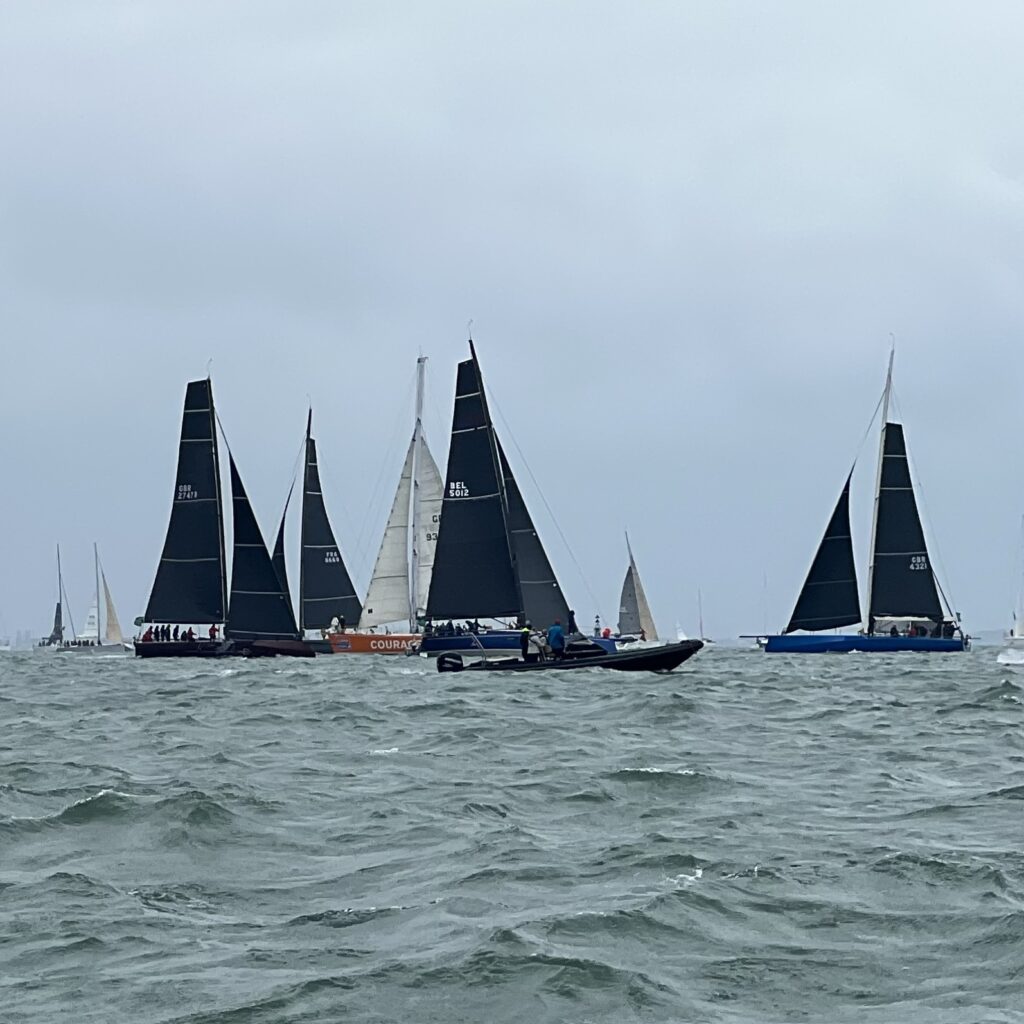
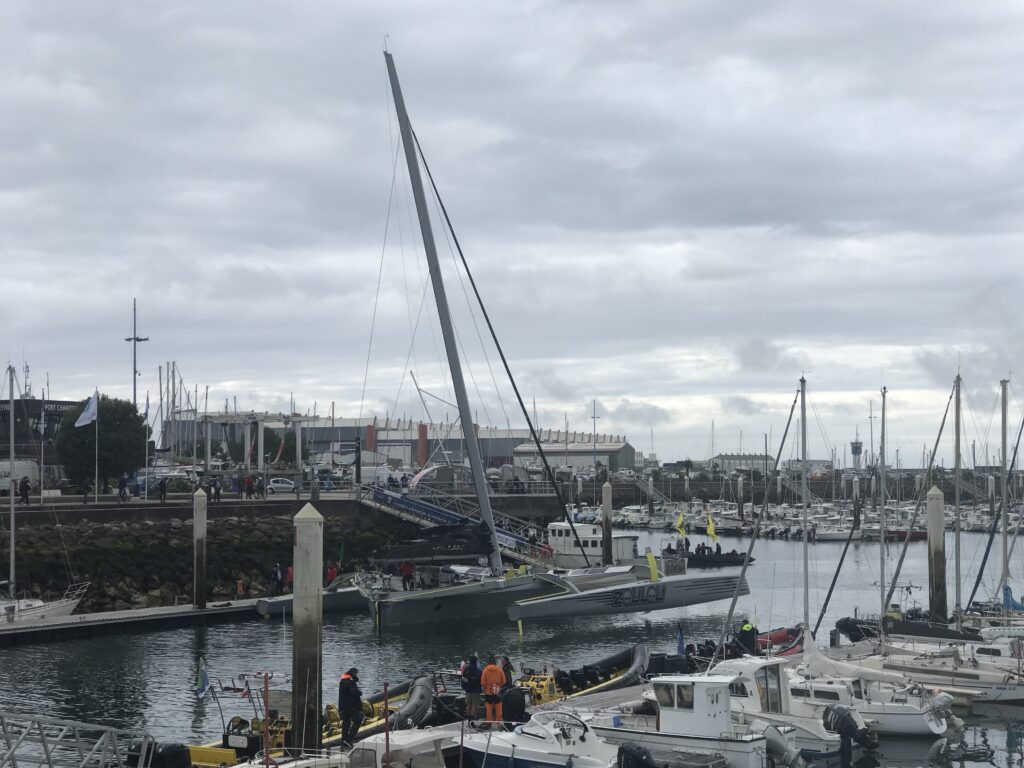
Notable boats that have won the Fastnet Challenge Cup on corrected time include Chieftain, owned by Ger O’Rourke, which won overall in 2007, and Night And Day, a JPK 10.10 owned by Pascal Loison, which won overall in 20113.
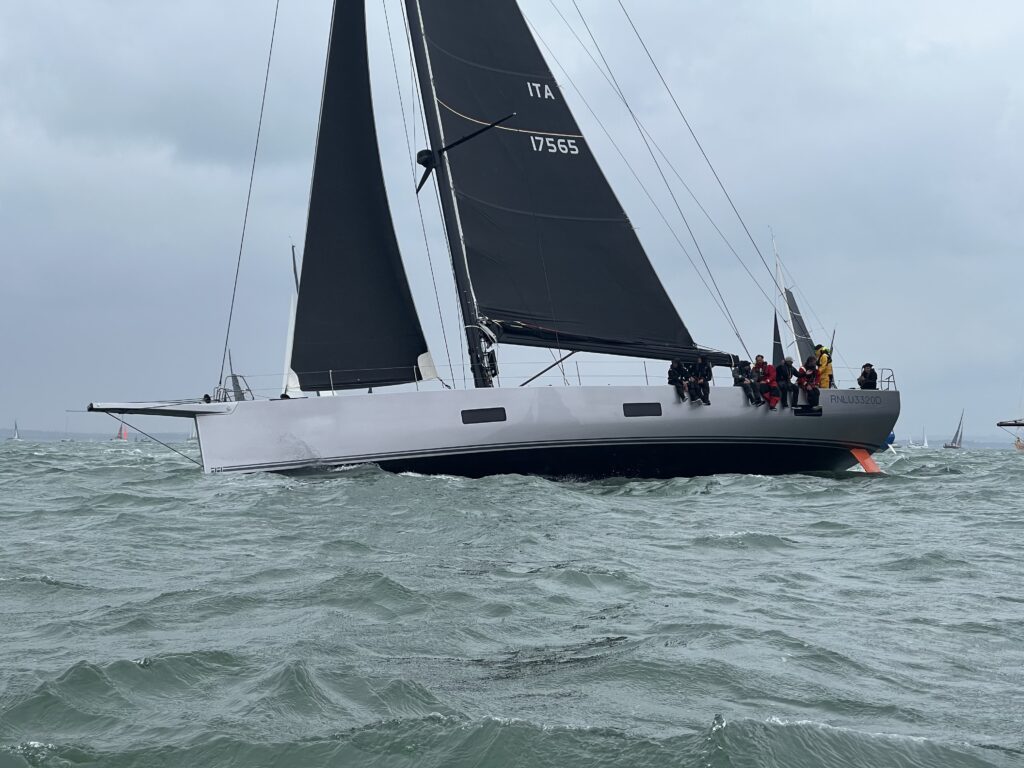
Which boats from the USA have participated in the Fastnet in the IRC Classes, and how have they performed
Several boats from the USA have participated in the Fastnet Race in the IRC Classes. Here are some of the boats and their performance:
- Wizard: Wizard is a Volvo 70 that has participated in the Fastnet Race in the IRC Classes. In 2019, Wizard won on corrected time, finishing ahead of other boats in the IRC Class 05.
- Rambler: Rambler is a Maxi 72 that has participated in the Fastnet Race in the IRC Classes. In 2019, Rambler won line honors, finishing ahead of other boats in the IRC Class 01. The boat was modified, painted white and is now called Lucky.
- Argo: Argo is a MOD 70 that has participated in the Fastnet Race in the IRC Classes. In 2019, Argo finished second on corrected time in the IRC Class 01.
- Privateer: Privateer is a Cookson 50 that has participated in the Fastnet Race in the IRC Classes. In 2019, Privateer finished third on corrected time in the IRC Class 01. Privateer retired from the 2023 race.
- Jajo: Jajo is a Volvo Ocean Race 65 footer. Jalo won the 2023 Fastnet in the IRC Super Zero division.
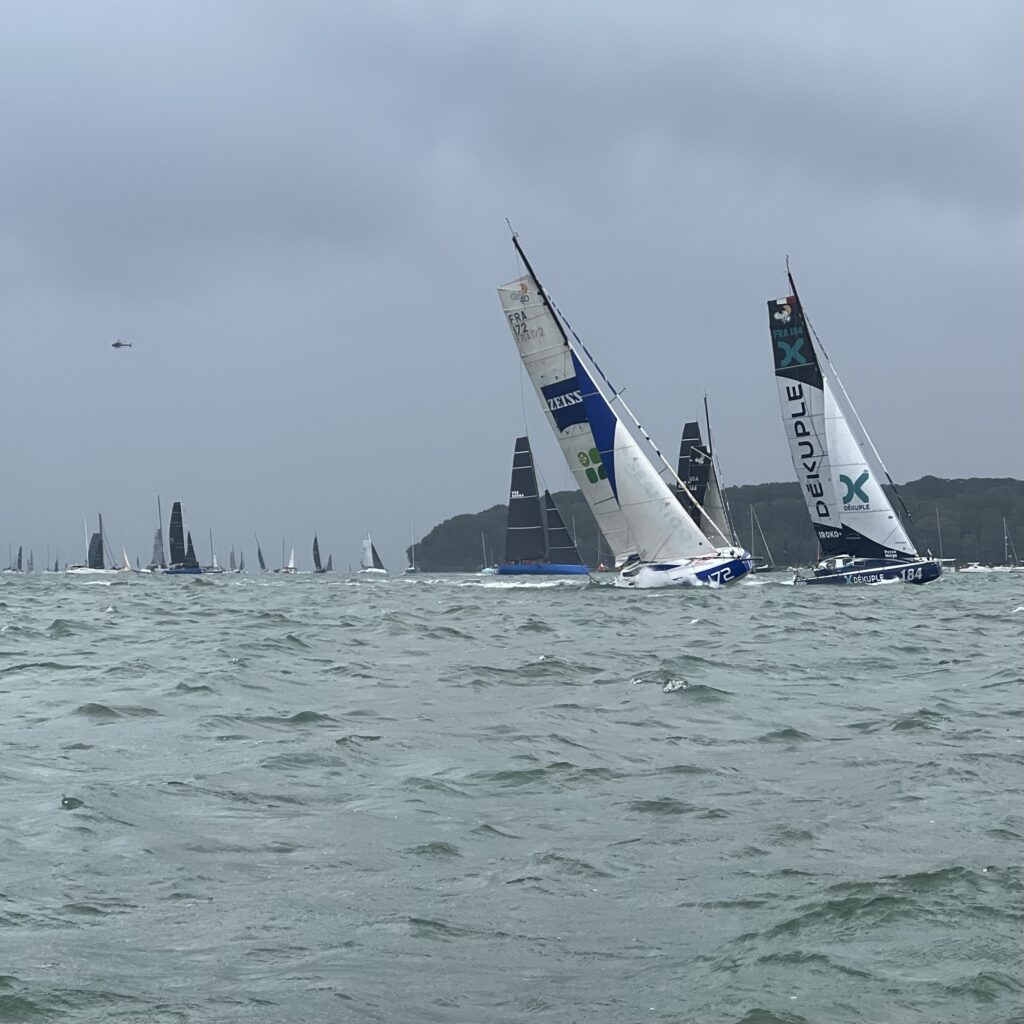
It’s important to note that the specific boats and their performance may vary from year to year, depending on the conditions and the race organizers’ decisions.
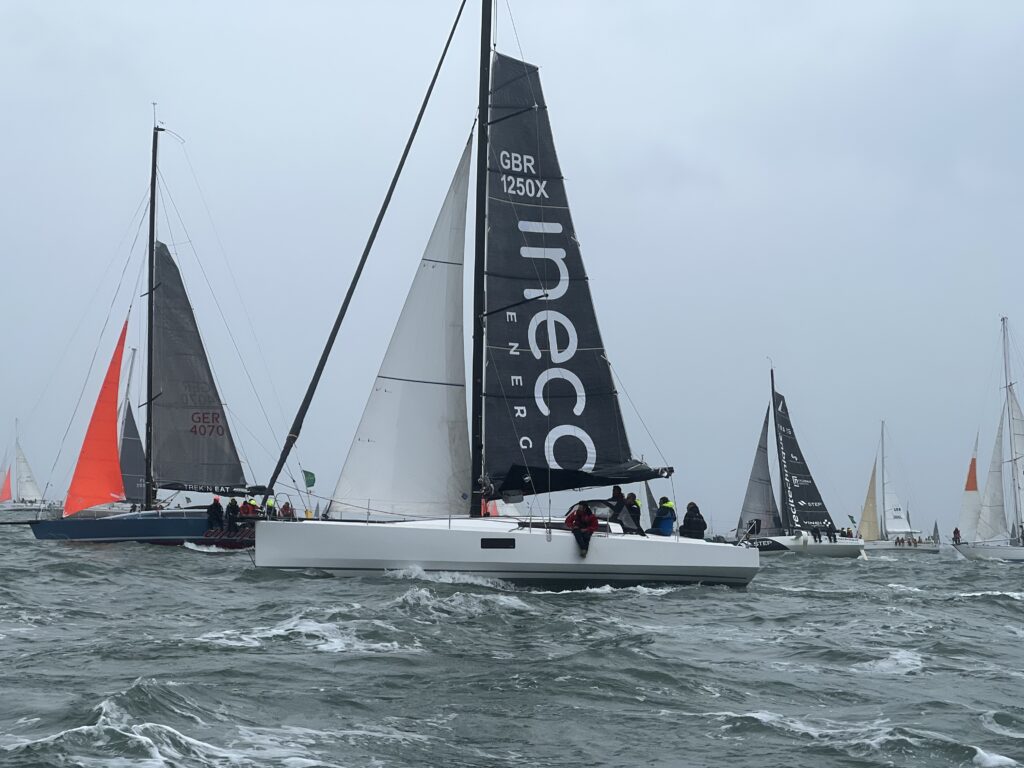
Can you provide a list of all the boats from the USA that have participated in the Fastnet in the IRC Class
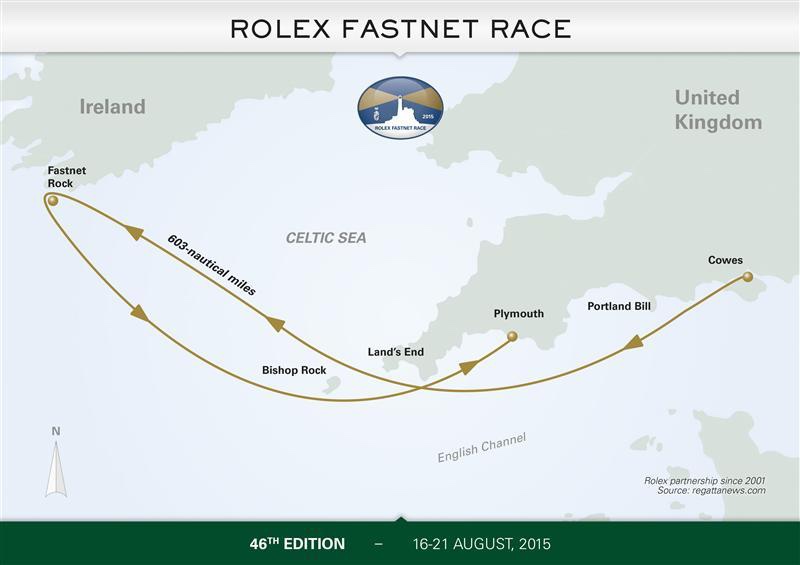
Some of the USA boats that have participated in recent years follow:
- Wizard: Volvo 70 that won on corrected time in 2019 in the IRC Class 015.
- Rambler: Maxi 72 that won line honors in 2019 in the IRC Class 014.
- Privateer: Cookson 50 that finished third on corrected time in 2019 in the IRC Class 01.
- Prospector: Mills 68 that finished second in the IRC Class 0 in 20171.
- Bella Mente: Maxi 72 that won line honors in 2015 in the IRC Class 01.
- Shockwave: Mini Maxi that won on corrected time in 2013 in the IRC Class 01.
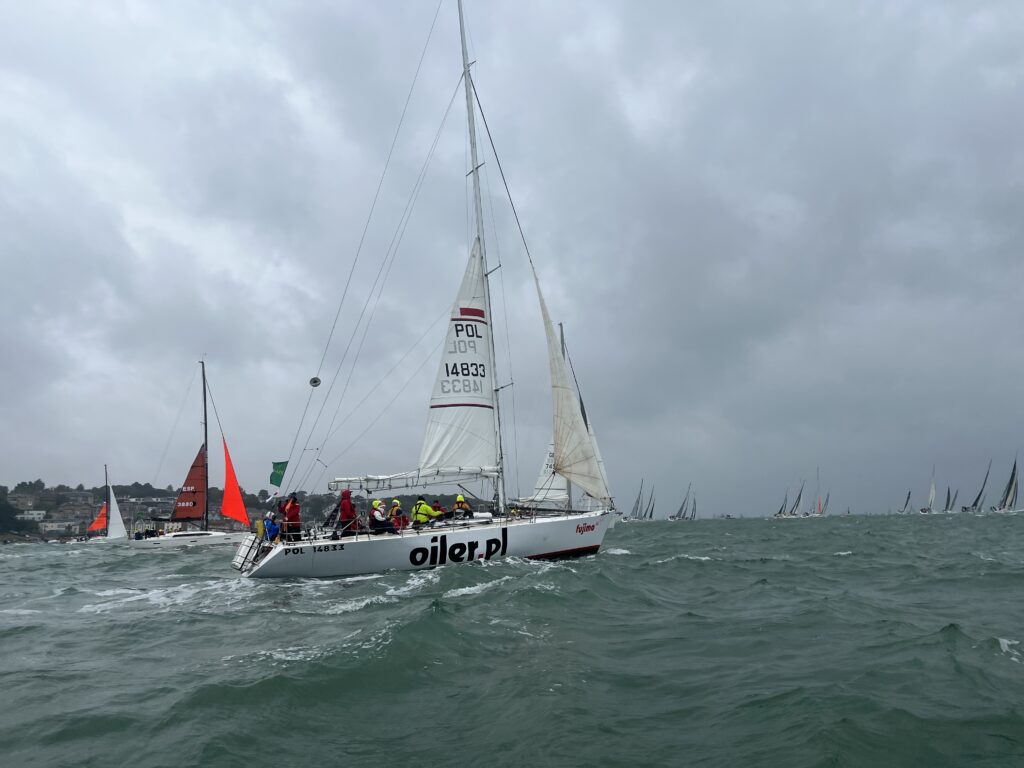
How have the boats from the USA performed in the IRC Classes at Fastnet compared to other countries
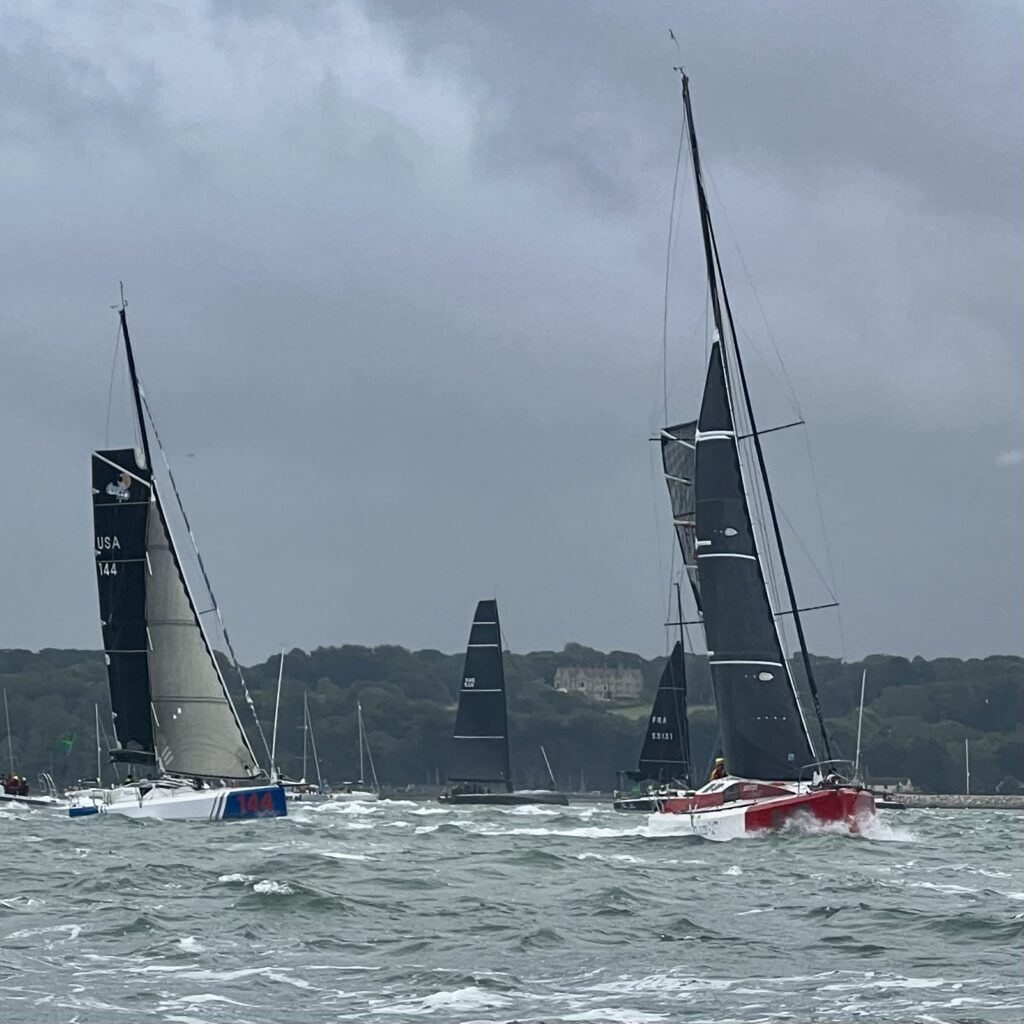
Here are some general insights:
- The Fastnet Race is a highly competitive offshore yacht race that attracts a diverse range of yachts and sailors from around the world14.
- The race uses the IRC rating system to handicap boats based on their measurements and characteristics, allowing boats of different sizes and designs to compete on a level playing field2.
- The IRC Classes at the Fastnet Race are divided into four categories based on boat size and design, with each class featuring a range of boats from different countries45.
- The top-performing boats in each class are determined based on corrected time, which takes into account each boat’s handicap2.
- The Fastnet Race has seen remarkable performances from sailors and teams across all categories of boats, with different countries and boats achieving success in different years36.
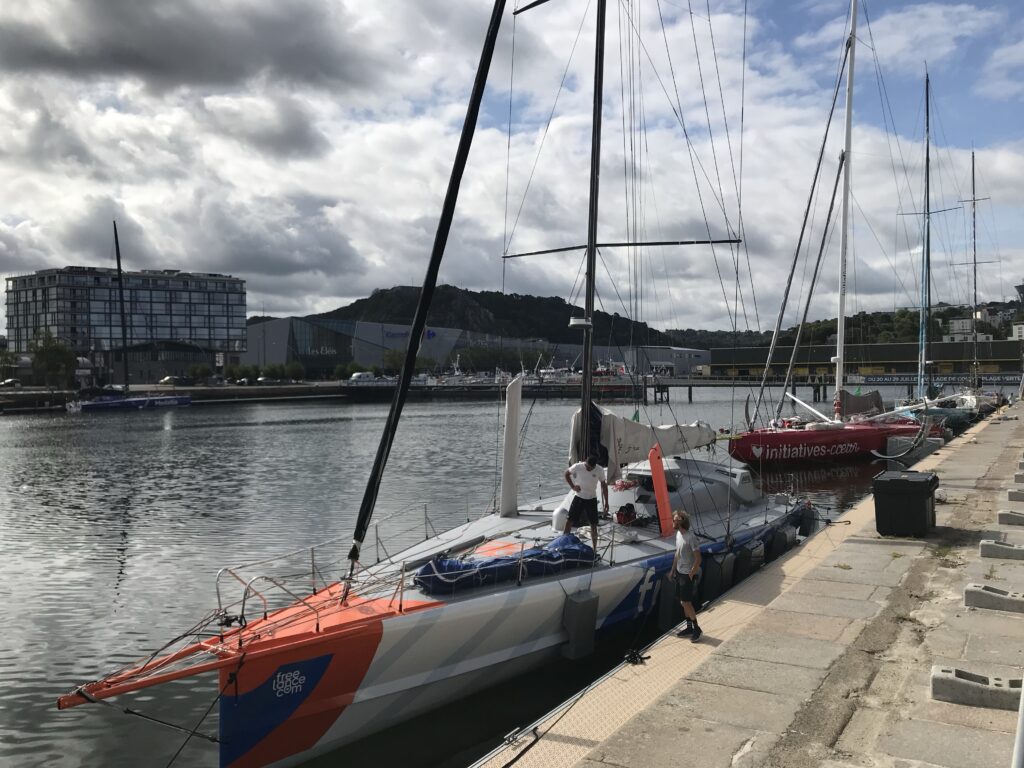
It’s important to note that the specific performance of boats from the USA in the IRC Classes at the Fastnet Race may vary from year to year, depending on the conditions and the race organizers’ decisions.
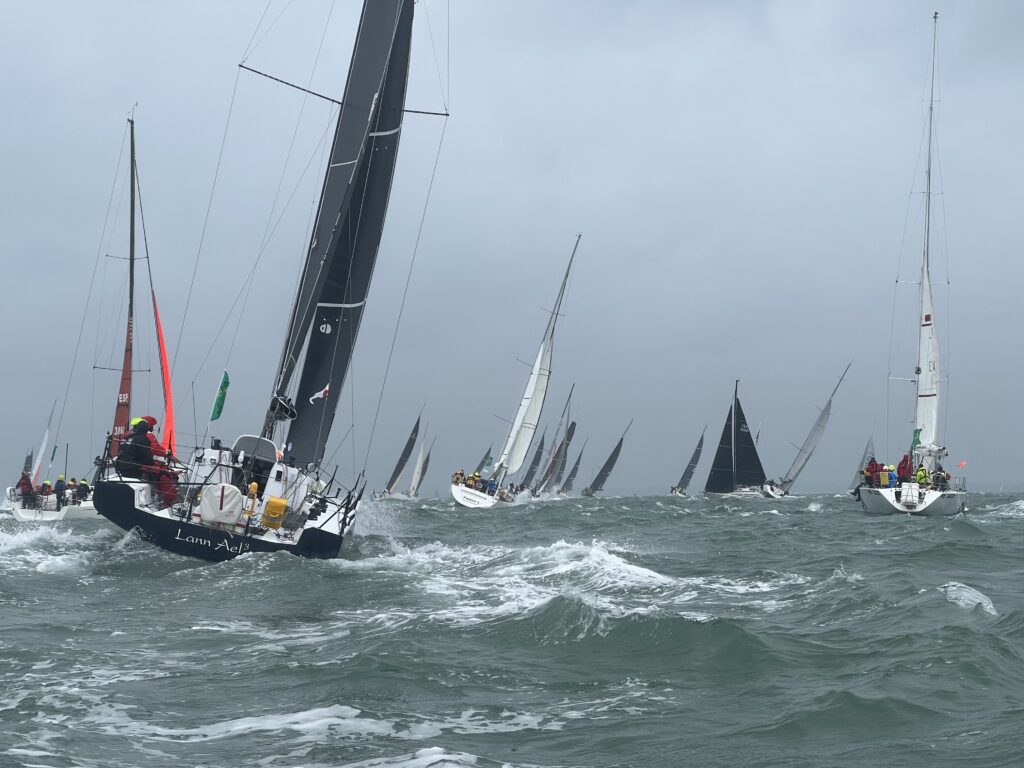
Does the IRC rating of a boat change after frequent wins on corrected time? If not why not? Is IRC rating AI based if not why not?
The IRC rating of a boat does not change after frequent wins on corrected time. The IRC rating is based on the physical measurements of the boat, including its length, weight, draft, rig size, sail area, and specific characteristics and features13. It is not altered between races according to the individual boat’s performance3.
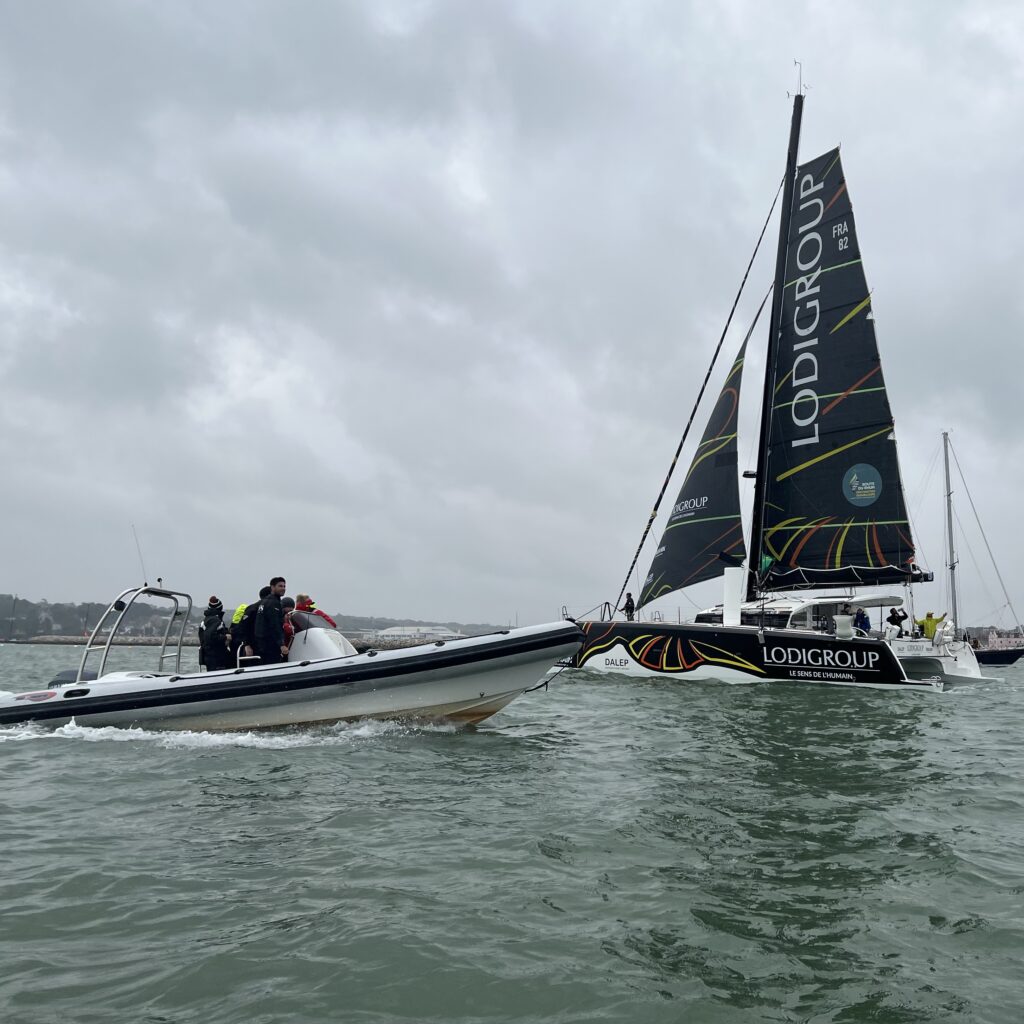
The IRC rating is aimed at providing a fair and equitable handicap system that allows different designs of keelboats to race together24.
The IRC rating is not AI-based. It is a permissive rule that encourages owner-declared measurements and does not publish the methods and formulae used for the calculation of IRC TCCs (Time Corrector Coefficients)3.This prevents designers from taking advantage of the rule when designing new boats and increases the competitive lifetime of IRC-rated boats3.
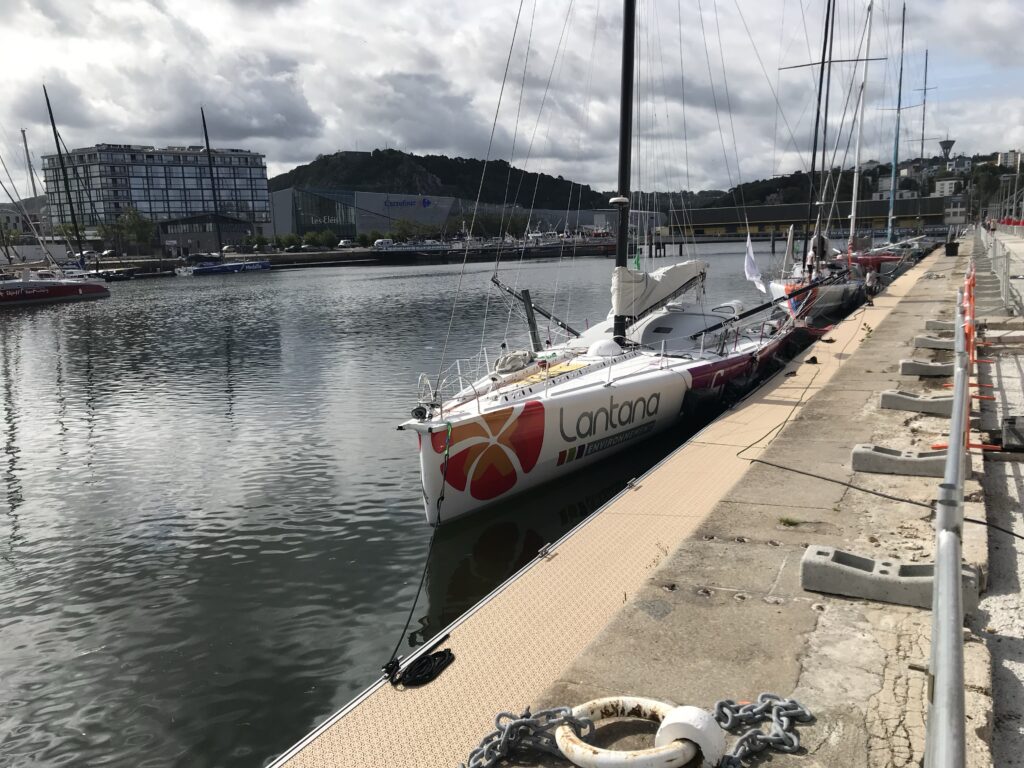
The IRC rating system is managed by the Royal Ocean Racing Club (RORC) in the United Kingdom and the Union Nationale pour la Course au Large (UNCL) in France4. It is a self-measurement system, and official measurement is not a rule requirement unless specifically requested6.
In summary, the IRC rating of a boat is based on its physical measurements and does not change based on its performance in races. The IRC rating system is not AI-based and aims to provide a fair and equitable system for racing different designs of keelboats.
Does the IRC rating of a boat change after a major modification to the boat’s design or equipment
The IRC rating of a boat may change after a major modification to the boat’s design or equipment. Any changes made to the boat may affect its rating and/or invalidate its certificate1. The IRC rating is based on the physical measurements of the boat, including its length, weight, draft, rig size, sail area, and specific characteristics and features24. Therefore, any modifications that alter these measurements may impact the boat’s rating.
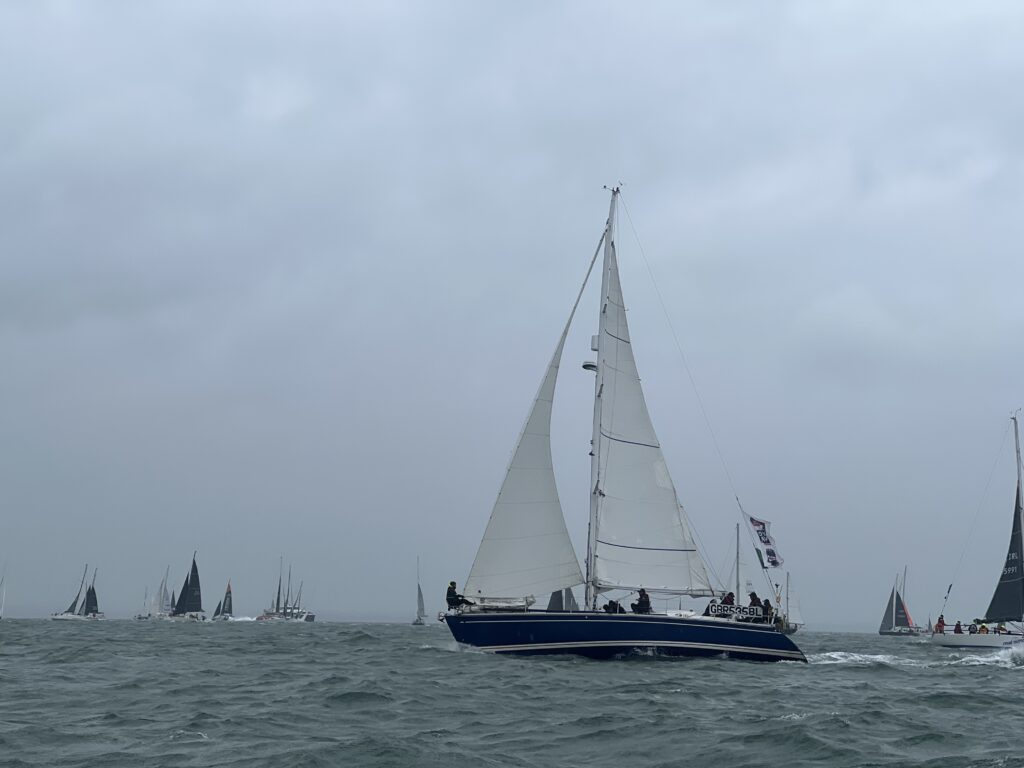
The IRC rule allows for changes to be made to the certificate to reflect any modifications made to the boat. The owner of the boat must submit a request for a new certificate, along with the necessary documentation and fees, to the IRC rating authority1. The new certificate will reflect the changes made to the boat and may result in a new rating.
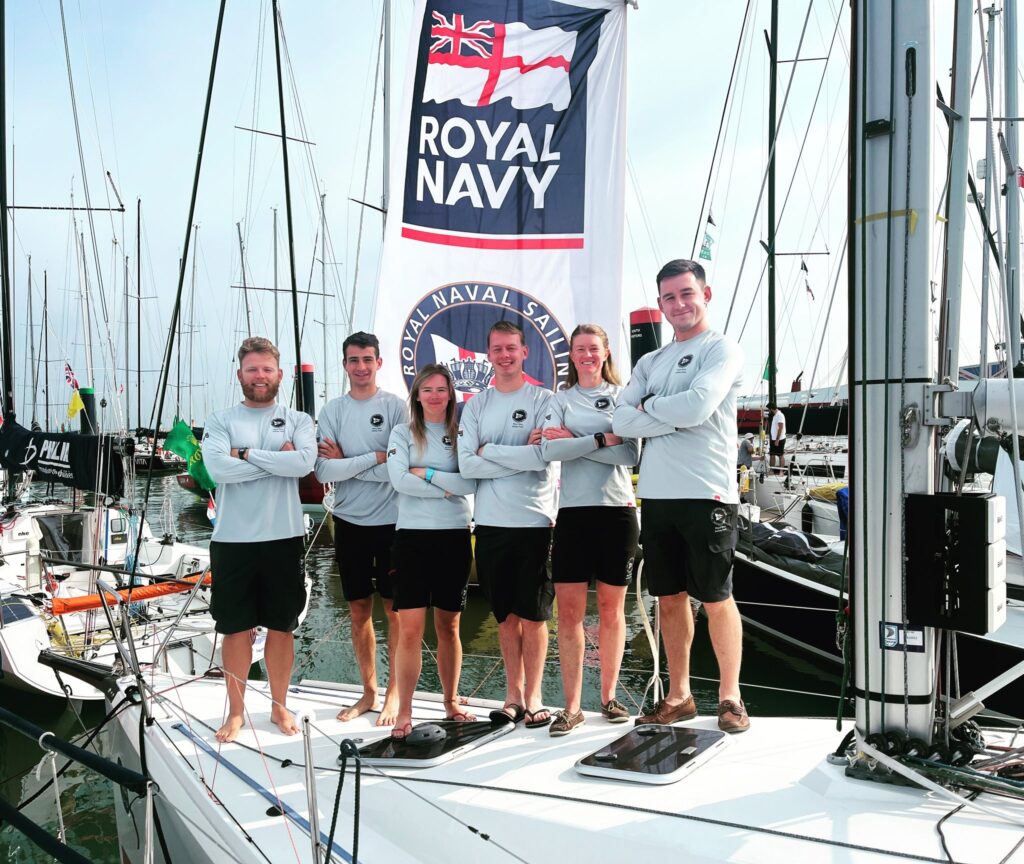
It’s important to note that the specific impact of modifications on a boat’s IRC rating may vary depending on the nature and extent of the modifications. The IRC rating authority may also have specific rules and guidelines regarding modifications and their impact on a boat’s rating. It is also of interest that the experience of crew and the weight of crew have nothing to do with IRC rating.
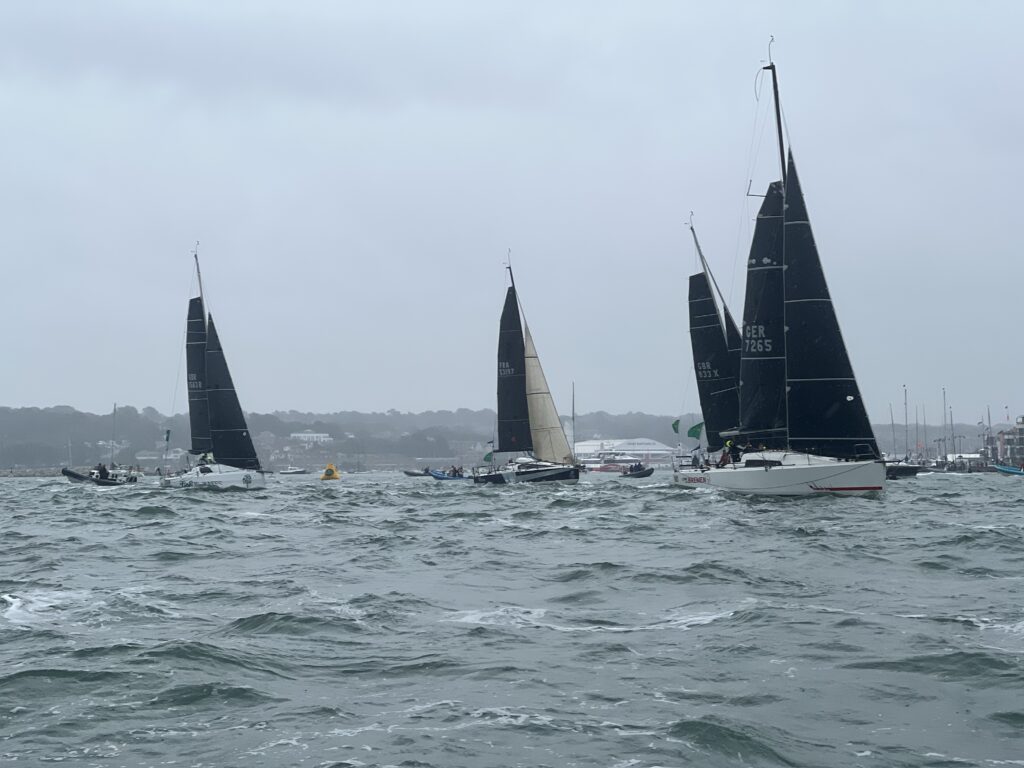
Are there any restrictions on the types of modifications that can be made to a boat while maintaining its IRC rating
There are no specific restrictions on the types of modifications that can be made to a boat while maintaining its IRC rating. However, any changes made to the boat may affect its rating and/or invalidate its certificate12.
The IRC rating is based on the physical measurements of the boat, including its length, weight, draft, rig size, sail area, and specific characteristics and features5. Therefore, any modifications that alter these measurements may impact the boat’s rating.The IRC rule allows for changes to be made to the certificate to reflect any modifications made to the boat.
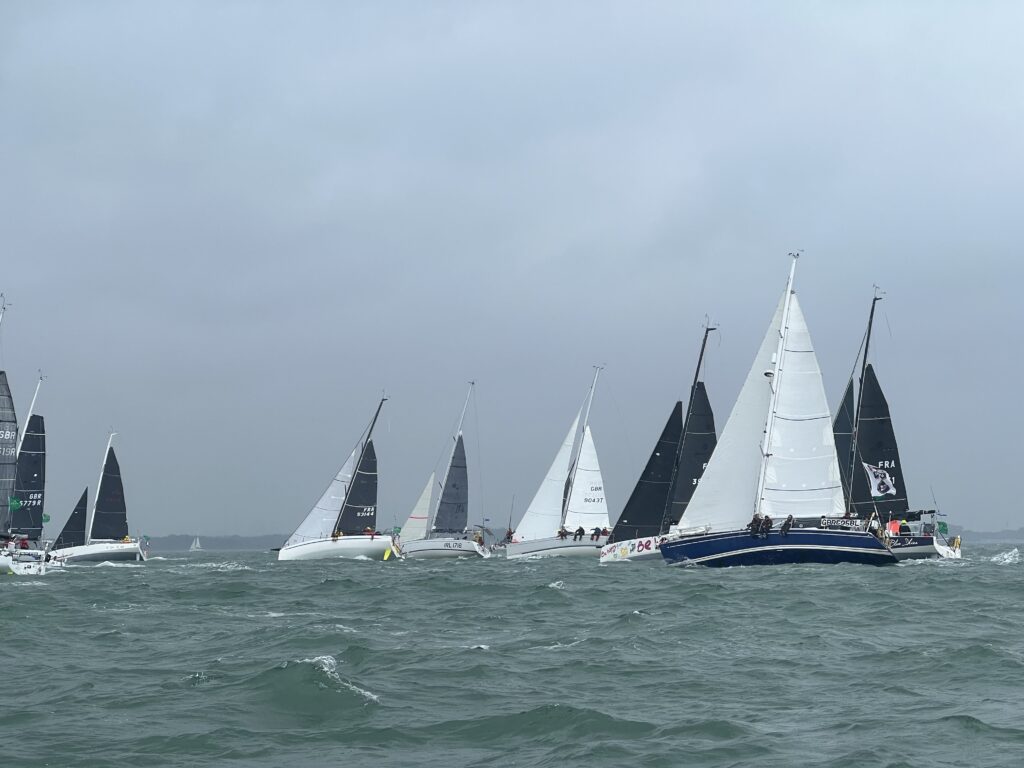
It’s important to note that the specific impact of modifications on a boat’s IRC rating may vary depending on the nature and extent of the modifications. The IRC rating authority may also have specific rules and guidelines regarding modifications and their impact on a boat’s rating.
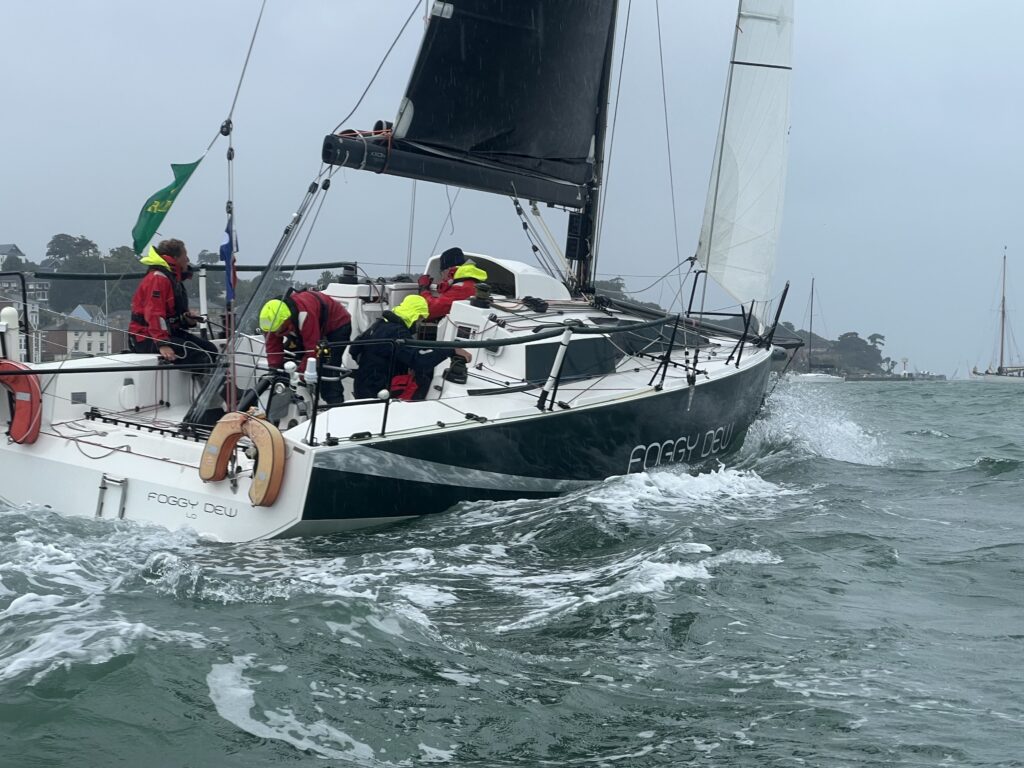
Can a competitor challenge the IRC rating of a frequently winning boat? Which boats have been so challenged in the past? Is AI used to determine which boat models are challenged? Has RORC considered using AI for handicapping boat models?
A competitor can challenge the IRC rating of a frequently winning boat. However, any changes made to the boat may affect its rating and/or invalidate its certificate. The IRC rule allows for changes to be made to the certificate to reflect any modifications made to the boat. The owner of the boat must submit a request for a new certificate, along with the necessary documentation and fees, to the IRC rating authority. The new certificate will reflect the changes made to the boat and may result in a new rating.
There is no information yet on which boats have been challenged in the past or whether AI is used to determine which boat models are challenged.
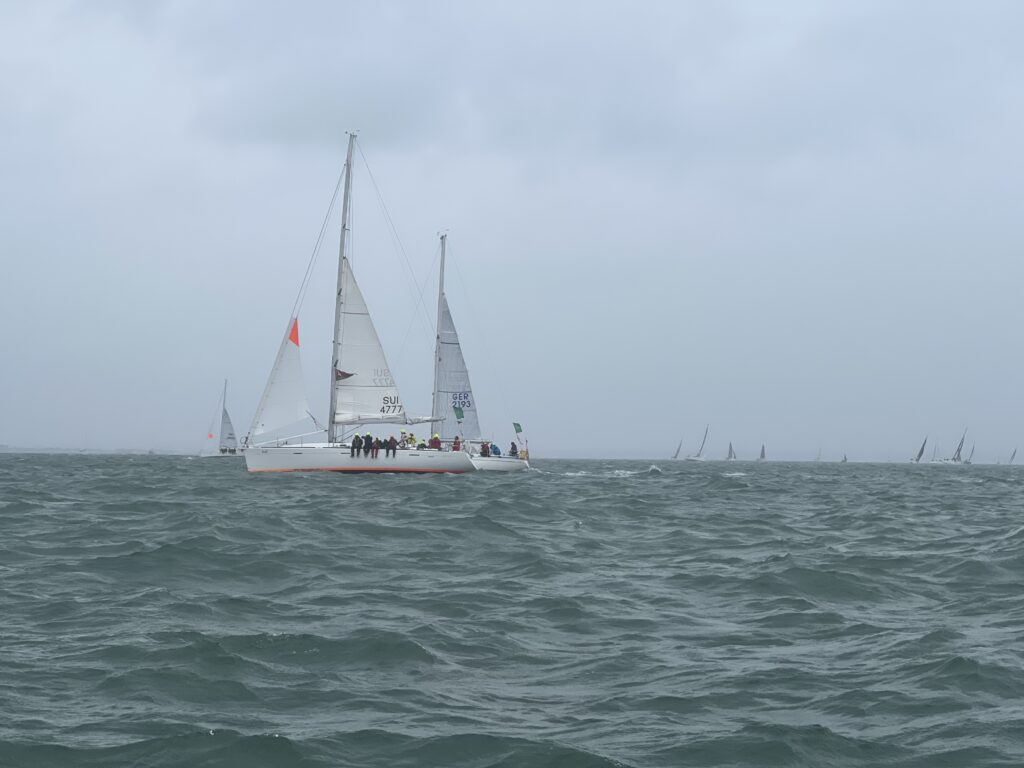
The Royal Ocean Racing Club (RORC), which manages the IRC rating system, has not considered using AI for handicapping boat models. The IRC rating is based on the physical measurements of the boat, including its length, weight, draft, rig size, sail area, and specific characteristics and features. The rating is aimed at providing a fair and equitable system that allows different designs of keelboats to race together.
However, crew, a known component of seaworthiness and weight distribution, the age of the vessel, and the maintenance of the vessel are not part of IRC, so it isn’t a handicap system. IRC is fair and equitable, in my opinion, mostly for designs that are newer and older designs that are modified or refreshed to remain competitive, and are crewed by professional trained athletes.
The IRC rating is a permissive rule that encourages owner-declared measurements and authorities do not publish the methods and formulae used for the calculation of IRC TCCs (Time Corrector Coefficients). This attempts to prevent designers from taking advantage of the rule when designing new boats and increase the competitive lifetime of IRC-rated boats. However, the reverse engineering of IRC is one explanation of how prominent Sunfast 3600 sailboats have become in IRC races like Fastnet.
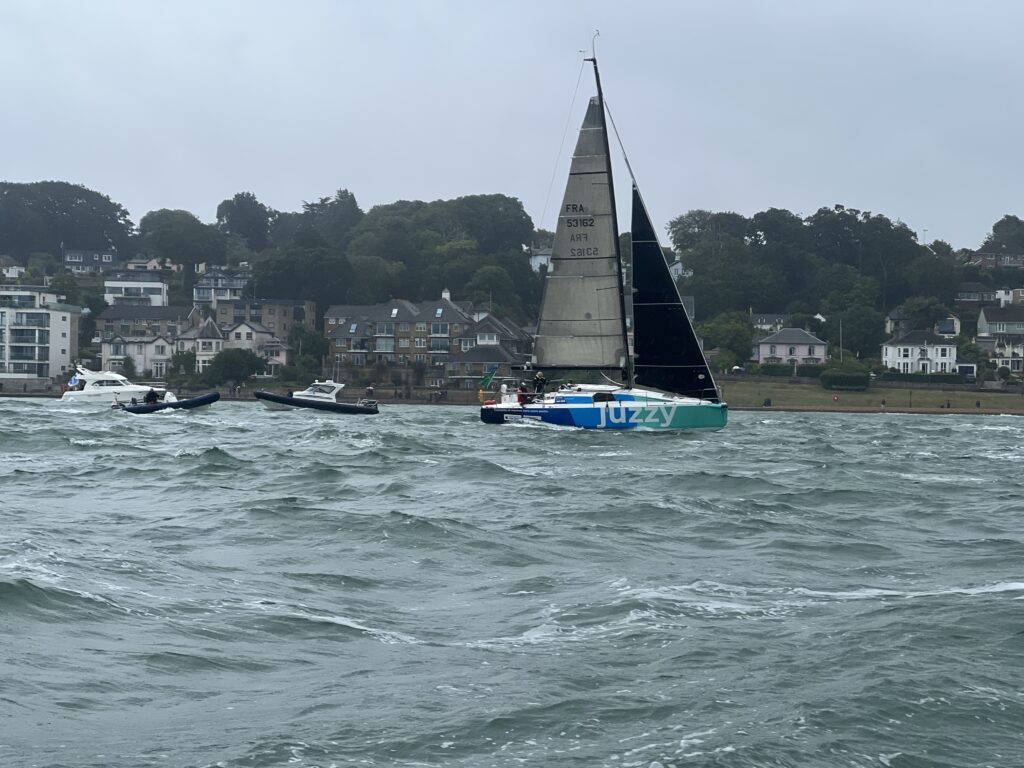
What are some of the most prestigious sailboat races in the world
Sailboat racing is a popular sport that involves racing yachts and larger sailboats in direct competition. Here are some of the most prestigious sailboat races in the world:
- America’s Cup: One of the oldest international sailboat racing events, dating back to 1851. Its prestigious reputation attracts the top professional sailors, yacht designers, and wealthy entrepreneurs and sponsors. The competition is not only focused on sailing skills but also on sail design1. The boats used are mono hull foiling vessel with airplane like wings.
- Vendée Globe: A single-handed, non-stop, round-the-world yacht race that takes place every four years. The race attracts top sailors from around the world and is considered one of the most challenging sailing events1.
- Volvo Ocean Race: A professional event that takes place every three years, now called The Ocean Race. The boats used in the race are designed for long-distance offshore racing and are optimized for speed and performance in challenging conditions. The event has seen remarkable performances from boats representing different countries12. These boats also compete in Fastnet. In 2023 Team Jajo NED 1 used a Volvo 65 to win the IRC Super Zero division
- Cowes Week: A week-long regatta that takes place in Cowes, England, and is one of the oldest and largest sailing events in the world. The event attracts more than 1,000 yachts and 8,000 competitors and has been held since 182613.
- Barcolana: A sailing race that takes place in the Gulf of Trieste, Italy, and is considered the largest sailing race in the world. The event attracts more than 2,000 boats and 25,000 sailors from around the world1.
- Extreme Sailing Series: A professional racing series that takes place in different locations around the world. The boats used in the series are high-performance catamarans that are optimized for speed and maneuverability4.
- Kieler Woche: The largest sailing event in the world, attracting around 5,000 sailors, 2,000 ships, and three million people every year. It takes place in Kiel, Germany, in the last week of June and features Olympic, International, and Offshore classes6.
- Louis Vuitton Cup and America’s Cup: A series of races that determine the challenger for the America’s Cup. The event attracts top sailors and yacht designers from around the world and is considered one of the most prestigious sailing events6.
It’s important to note that the specific races that are considered the most prestigious may vary depending on personal preferences and the sailing community’s opinions.
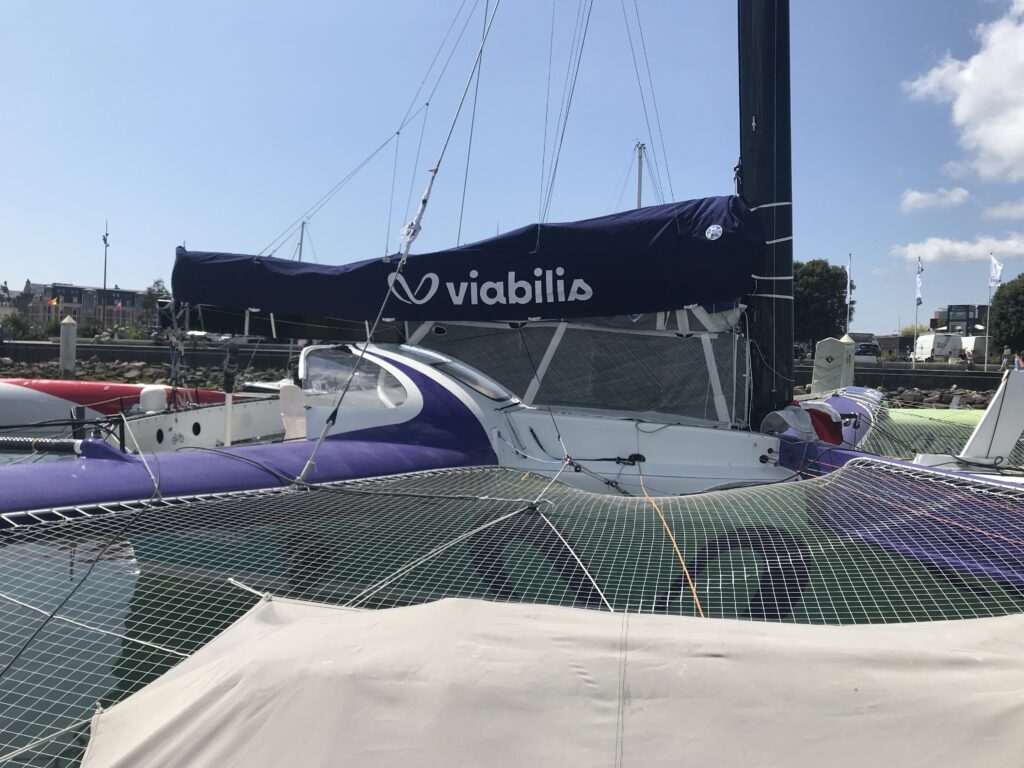
How many boats participate in the Class 40 Fastnet race
According to the provided search results, the number of boats participating in the Class 40 Fastnet Race varies from year to year. Here is the available information:
- In the 2021 Rolex Fastnet Race, 22 Class40 boats participated35.
- In the 2021 edition, the Class40 boats were among the 500 boats that started the race5.
- In the 2021 edition, the Fastnet Race line-up included boats from Switzerland, the UK, USA, Croatia, Belgium, Netherlands, Finland, and two from France5.
- In the 2021 edition, the Class40 boats were part of the IRC rating system, which is used for the event’s overall prize – the Fastnet Trophy6.
- In the 2019 Rolex Fastnet Race, French yachts won in the larger classes, IRC One to Four, which are further subdivided1.
It’s important to note that the number of boats participating in the Class 40 Fastnet Race may vary from year to year, depending on the entries and race organizers’ decisions. There were 21 boats in Class 40 for the 2023 Fastnet.
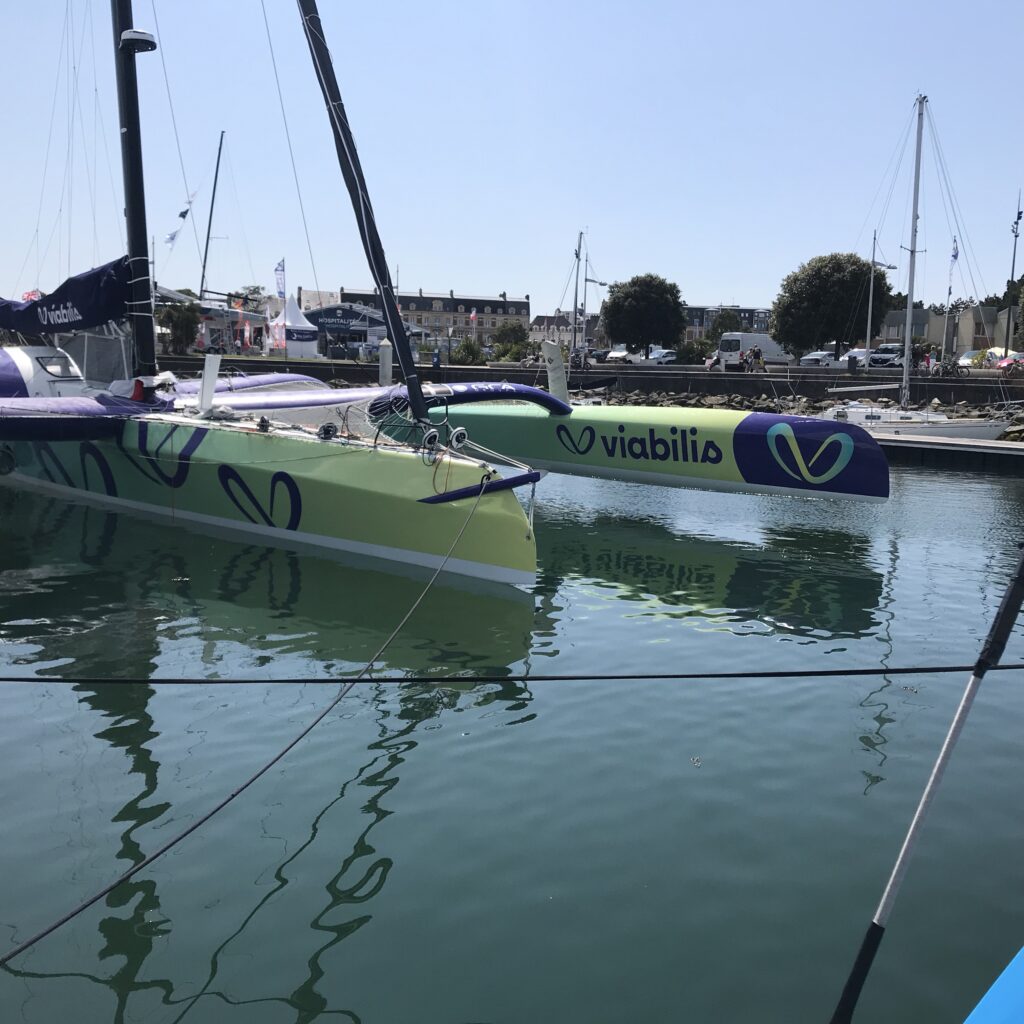
When did the following USA boats win overall and class honors at Fastnet: Wizard, Rambler 88, Comanche.
Here is the information about when the following USA boats won overall and class honors at Fastnet:
- Wizard: In 2019, the American VO70 Wizard won the Rolex Fastnet Race overall14. Wizard was also the adjusted time race winner in the 2017 Fastnet Race2.
- Rambler 88: There is no specific information available in the provided search results about Rambler 88 winning overall or class honors at the Fastnet Race.
- Comanche: In the 2015 Fastnet Race, Comanche, a VPLP/Verdier 100 Super Maxi owned by Jim & Kristy Hinze Clark and skippered by Ken Read, won line honors2. However, there is no specific information available in the provided search results about Comanche winning overall or class honors at the Fastnet Race.
It’s important to note that the Fastnet Race is a highly competitive offshore yacht race that attracts a diverse range of boats and sailors from around the world. The race is named after the Fastnet Rock off southern Ireland, which the race course rounds. The race is considered one of the classic big offshore races, and it tests both inshore and offshore skills, boat and crew preparation, and speed potential.
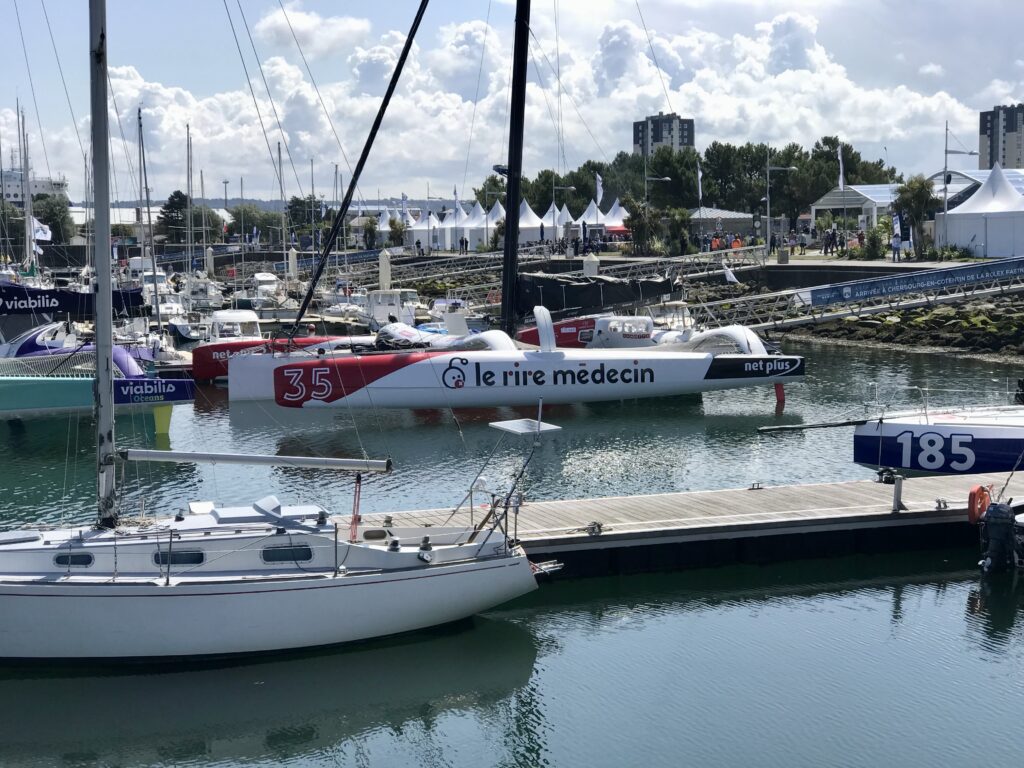
Who skippered Rambler 88 when it won the Fastnet race
George David skippered Rambler 88 when it won the Fastnet Race. Rambler 88, owned by George David, claimed monohull line honors in the 2019 Rolex Fastnet Race1234. This marked the third consecutive year that Rambler 88 secured line honors in the race3.George David has been at the helm of Rambler 88 for multiple Fastnet Races, and his team’s victory in 2019 showcased their skill and performance in the challenging offshore conditions4.
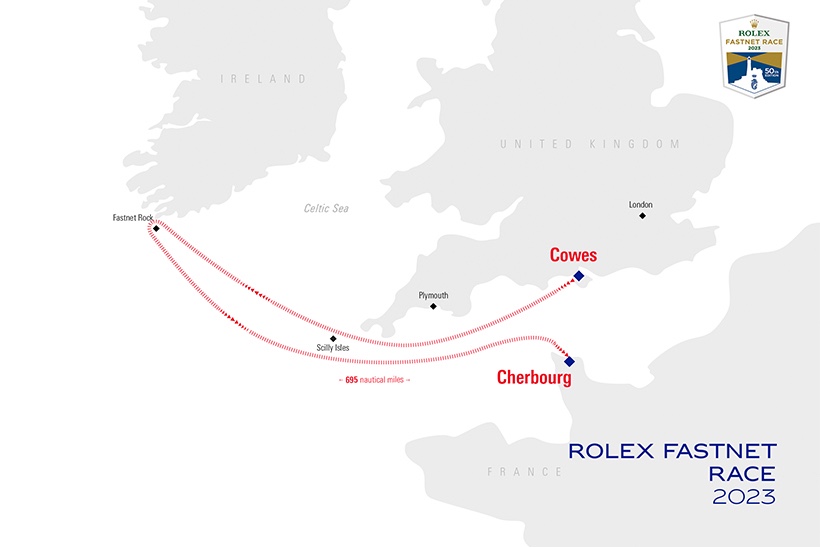
Starting from The Royal Yacht Squadron line in Cowes, yachts will race on a course of approx 695 nautical miles via the Fastnet Rock to the finish line at the western end of the breakwater in Cherbourg.
Distances between notable points on the course (approx)
- Cowes – Needles 16 nm
- Needles – Portland Bill 34 nm
- Portland – Start Point 54 nm
- Start Point – Lizard 60 nm
- Lizard – Lands End 22 nm
- Land’s End – Fastnet 170 nm
- Fastnet Rock – Scillies 150 nm
- Scillies – Cherbourg 189 nm
Total = 695 nautical miles
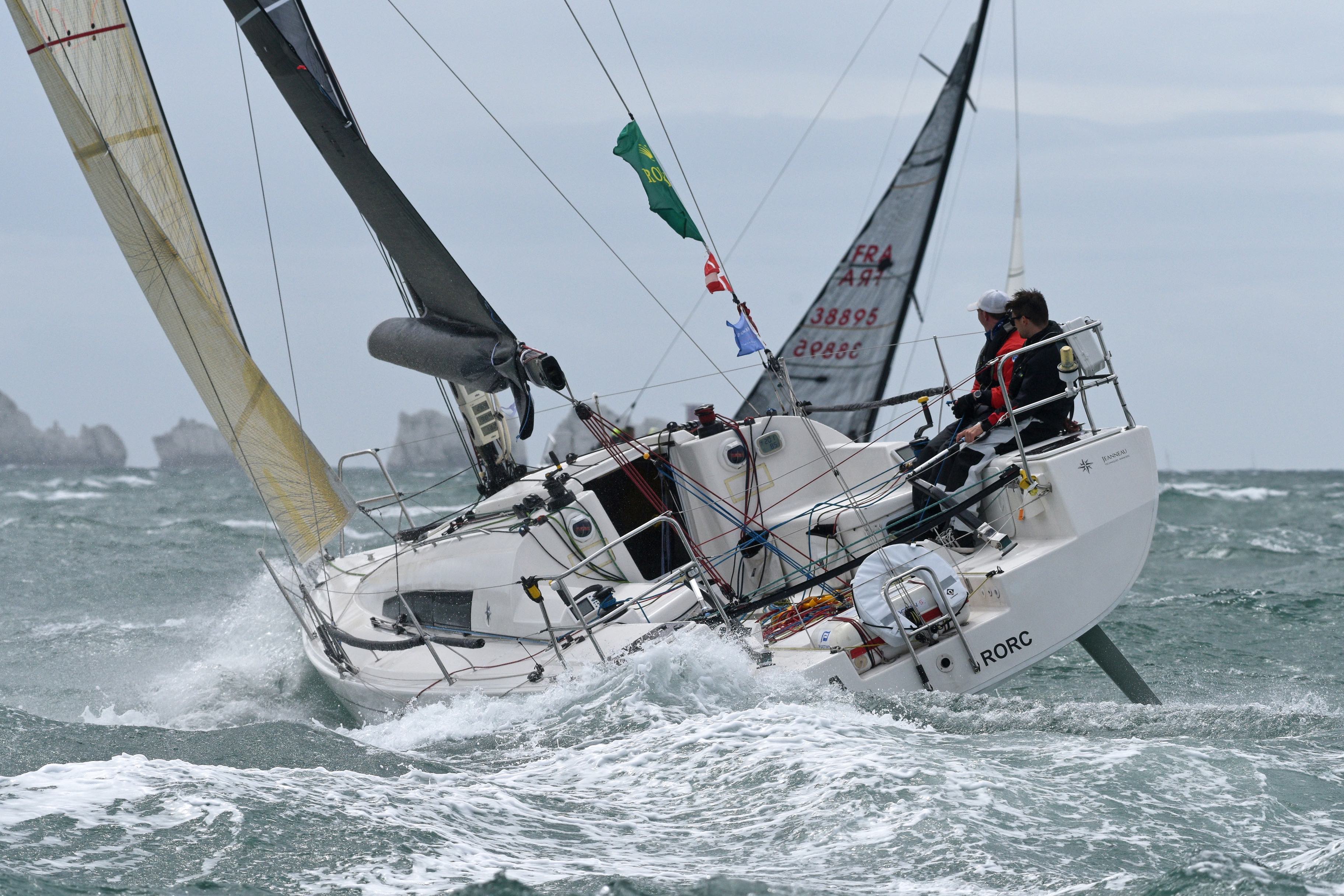
What are MORCA Multihulls? When did they first race in Fastnet
MOCRA (Multihull Offshore Cruising and Racing Association) is an association that promotes multihull sailing and racing. MOCRA was set up in 1969, and since then, multihulls, both catamarans and trimarans, have evolved to become faster and more competitive in offshore racing1.
Multihulls first raced in the Fastnet Race in 1985, and since then, they have become a regular feature of the race. The multihull race record is currently 28 hours 02 minutes 26 seconds, set by Maxi Edmond de Rothschild in 20193. The Fastnet Race has a separate division for multihulls, known as the MOCRA Multihull division. The division is open to multihulls with a length overall of 9.15 meters or greater and a MOCRA rating of 1.05 or less4.
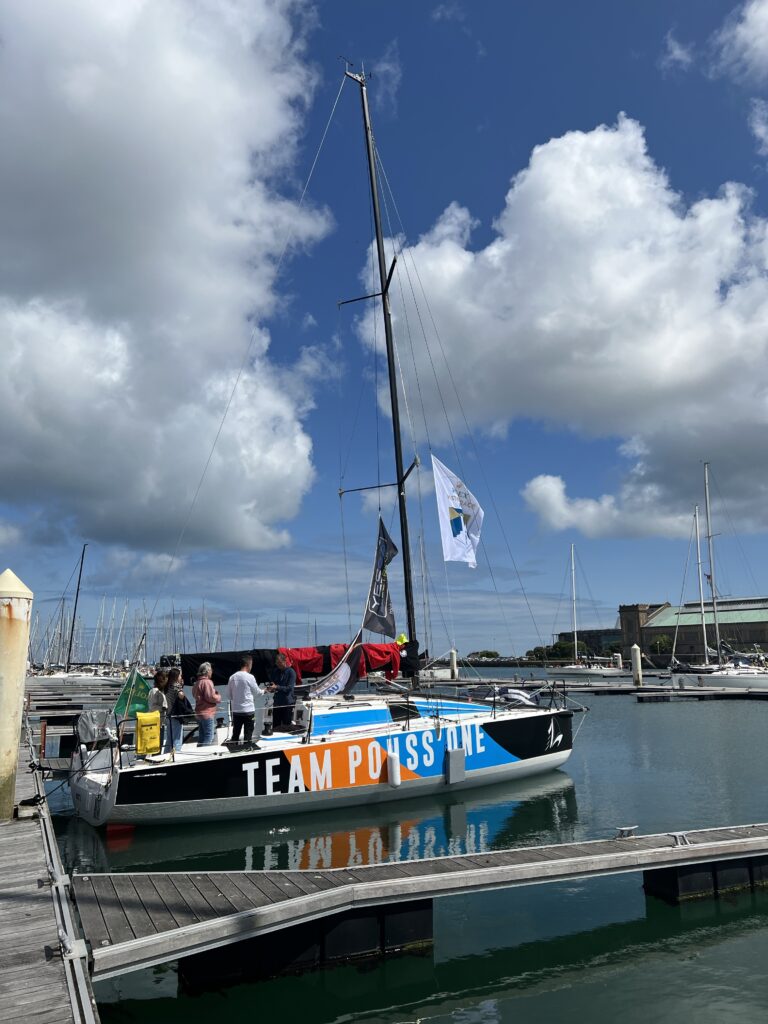
The MOCRA Multihull division has seen some notable winners in recent years. In the 2015 Fastnet Race, the winner of the MOCRA Multihull division was Spindrift 2, a VPLP trimaran owned by Yann Guichard and Dona Bertarelli3. In the 2019 Fastnet Race, the winner of the MOCRA Multihull division was Guyader Gastronomie, a TS42 cruiser-racer catamaran owned by Frenchman Christian Guyader4.
Multihulls have become an important part of the Fastnet Race, and their participation adds to the diversity and excitement of the event. The Fastnet Race remains closely linked to advances in yacht design, sailing technique, and safety equipment, and it continues to be one of the most challenging offshore yacht races in the world35. There were 15 MOCRA Multihulls in the 2023 Fastnet.
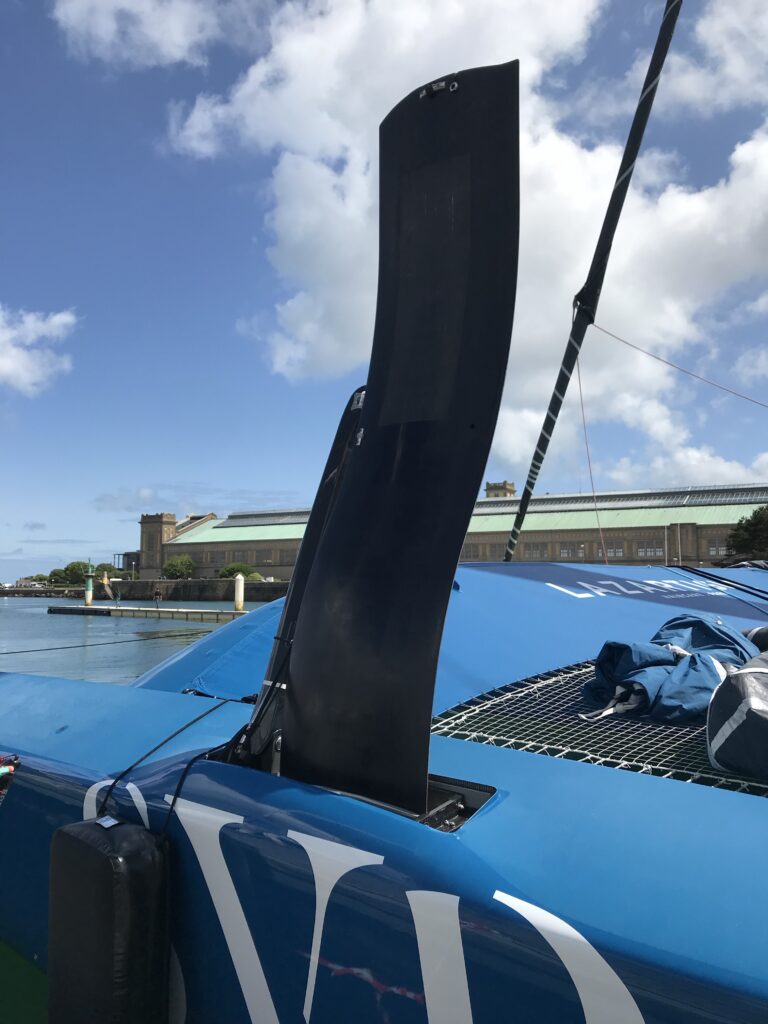
The MOCRA Course Record was 4 days, 48 minutes and 3 seconds, set by Allegra in August 2021. ALLEGRA SUI888 broke its own record at 3d 7h 22m in 2023.
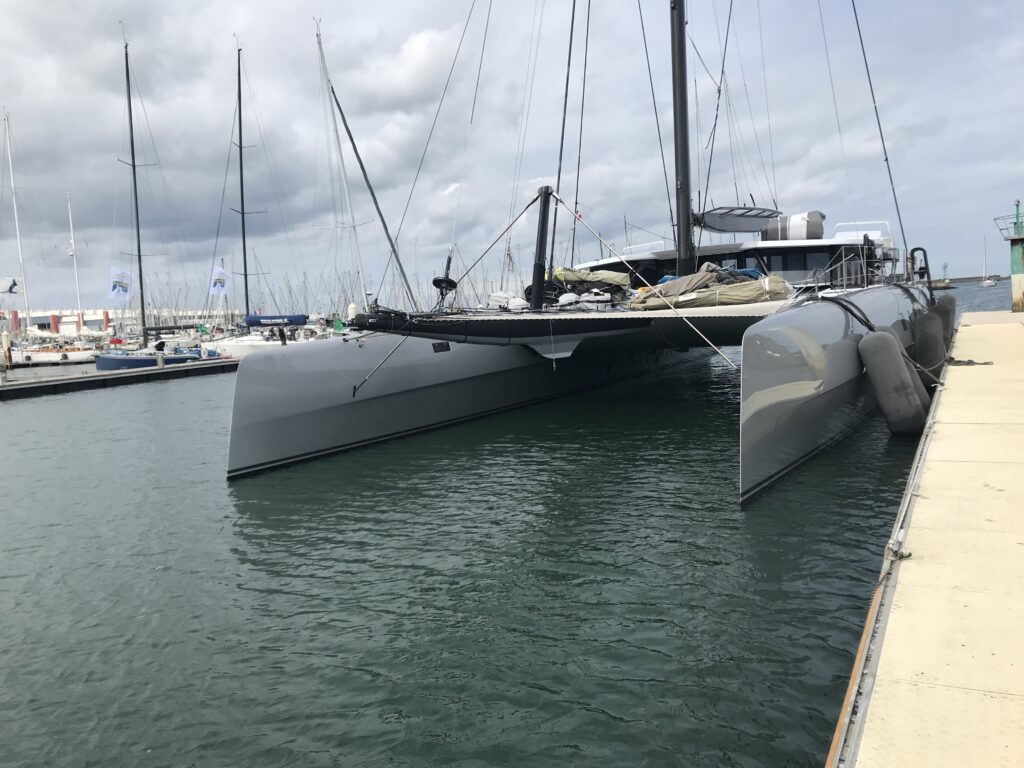
Past class winner of 2020 RORC Caribbean 600 and 2021 RORC Fastnet Race.
What boats commissioned by Robin Knox-Johnson have raced in Fastnet? Has Robin Knox-Johnson raced in Fastnet? Who knighted Robin Knox-Johnson? Does Princess Ann race or participate in Fastnet? What Royals have raced in Fastnet? What Royals belong to RORC? Does the Royal Thames Yacht Club work with RORC in IRC matters?
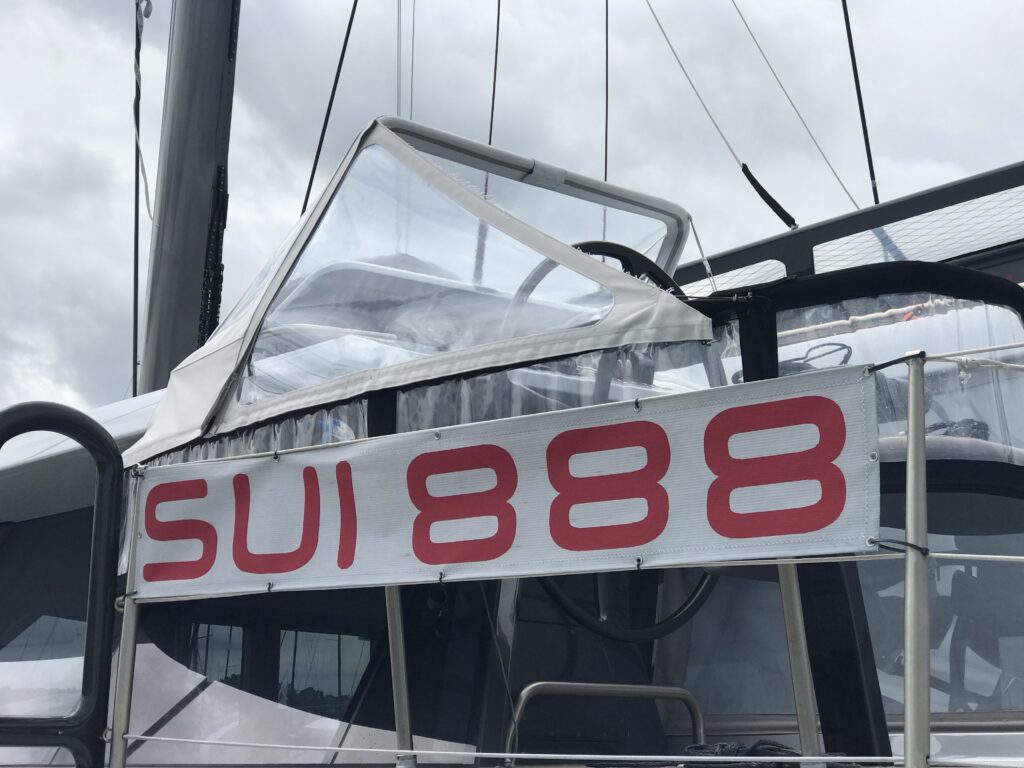
Here are the answers to the questions:
- Cougar of Cowes is one of the fleet of Reflex 38’s commissioned by Robin Knox-Johnson in 1999. She has recently come back on the Solent racing season and is being used by the London School of Sailing as a race training vessel for the Fastnet 2023 Campaign.
- Has Robin Knox-Johnson raced in Fastnet?
Robin Knox-Johnson is a renowned sailor who commissioned the boat Suhaili, which he sailed to victory in the 1968-69 Sunday Times Golden Globe Race, becoming the first person to sail solo non-stop around the world. In 2016, Robin Knox-Johnston raced on board Suhaili in the Fastnet Race, recreating his historic voyage 50 years later14. - Who knighted Robin Knox-Johnson?
Robin Knox-Johnston was knighted in 1995 for his services to sailing4. - Does Princess Anne race or participate in Fastnet? What Royals have raced in Fastnet?
Princess Anne, the Princess Royal, is a keen sailor and has been involved in sailing events in the past. She has been involved in other sailing events and has represented the UK in international competitions. It is not uncommon for members of the royal family to participate in sailing events, and several royals have raced in the Fastnet Race in the past, including Prince Philip, Duke of Edinburgh, and Prince Charles, Prince of Wales4. In 2023 she attended an invitation only diner at RORC Yacht Club in Cowes prior to the 2023 Fastnet. - What Royals belong to RORC?
The Royal Ocean Racing Club (RORC) is a prestigious yacht club that manages the IRC rating system and organizes the Fastnet Race. The RORC has a long history of royal patronage, and several members of the royal family have been associated with the club over the years. Prince Philip, Duke of Edinburgh, was a former Commodore of the RORC, and Princess Anne, the Princess Royal, is a current member of the club4. - Does the Royal Thames Yacht Club work with RORC in IRC matters?
The Royal Thames Yacht Club is a prestigious yacht club based in London, United Kingdom. While the search results do not provide specific information about whether the Royal Thames Yacht Club works with the RORC in IRC matters, it is likely that the two clubs have collaborated in the past. The RORC manages the IRC rating system, which is used by many yacht clubs around the world, including the Royal Thames Yacht Club. The IRC rating system aims to provide a fair and equitable handicap system for different designs of keelboats to race together, and it is widely used in offshore yacht racing15.
Compare and contrast safety at sea features of Sun Fast with Pogo and J boats? Where are they manufactured?
Here is a comparison between the safety at sea features of Sun Fast, Pogo, and J/Boats
Sun Fast Sailboats:
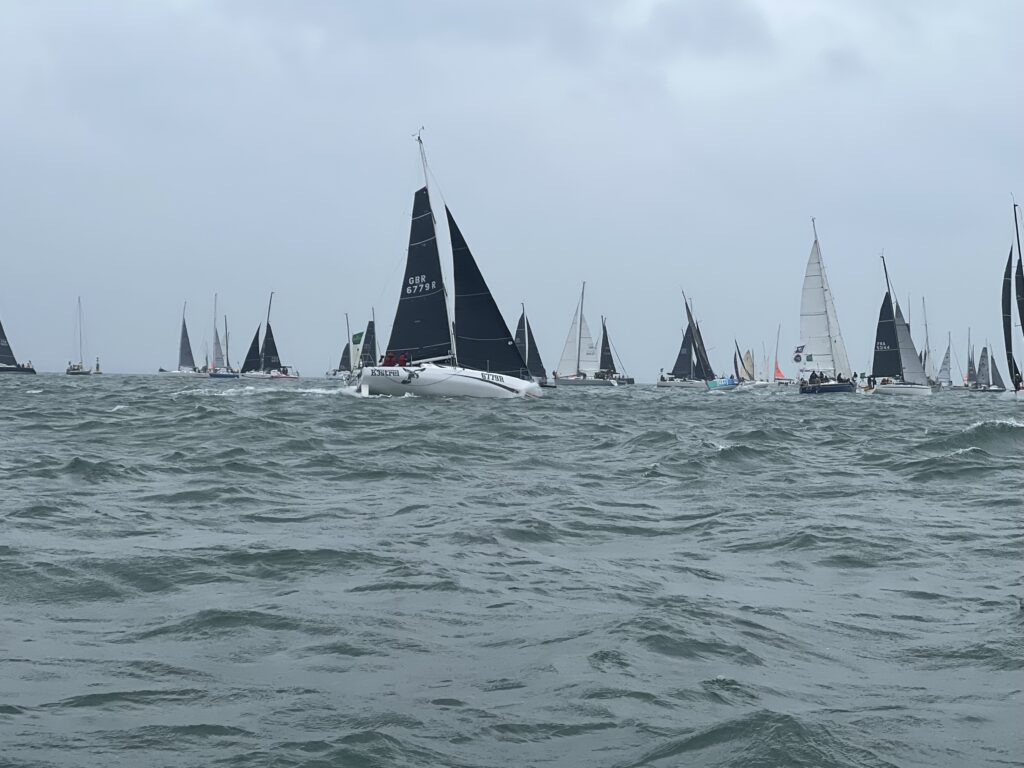
- Designed for speed, sensations, and winning, with no compromises when it comes to reliability, ease of handling, or safety at sea.
- The Jeanneau Sun Fast 3300 has a water ballast option, with a 52-gallon tank to either side just aft of the companionway providing slightly over 400lb of weight12. This means they are a safer choice for double handling.
- Safety features may include a life raft under the cockpit floor for immediate access in case of emergency, a low center of gravity, twin rudders for stability and control, and sliding companionway hatch for easy access and ventilation.
- Fastnet 2023: The life raft under the cockpit floor was deployed 20 minutes after reporting that the boat (a Sunfast 3600) was sinking. The two crew were rescued. One crew member boarded the life raft. The other was plucked from the sea. The boat was lost.
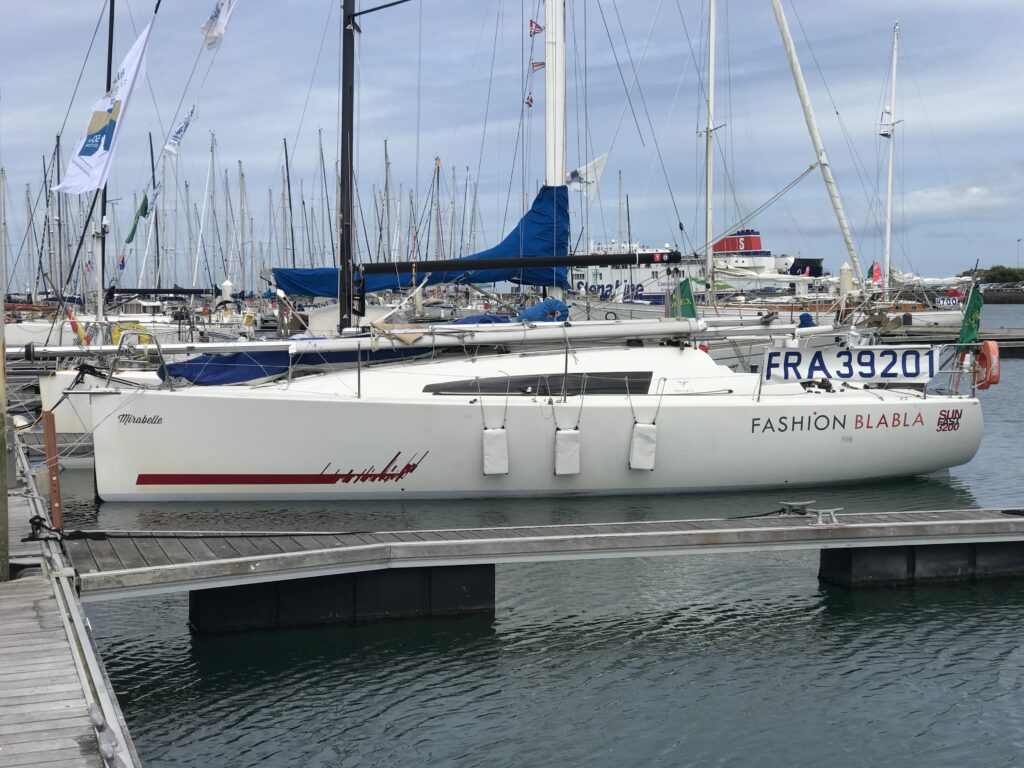
- Designed to be lightweight, stiff, and fast, with a focus on planing capabilities and upwind performance.
- Safety features may include a life raft, a low center of gravity, and a self-righting system that allows the boat to recover from a capsize.
- Pogos in the mini Transat race (22 foot) have positive flotation so they can serve as their own lifeboat.
J/Boats:
- Designed for racing, with features and modifications that enhance competitive performance.
- Safety features may include a watertight bulkhead, a life raft, and a low center of gravity.
It’s important to note that the specific safety features of Sun Fast, Pogo, and J/Boats may vary depending on the design and customization of each individual boat. However, all three sailboats are designed with safety in mind and incorporate advanced technology and engineering to ensure reliability and safety at sea.
Boat Design Net says boats may need about 14 cubic feet of positive flotation to compensate for a 900-pound weight, or more if the flotation compartments are filled with foam36. However, the specific regulations and requirements for positive flotation vary depending on the country and jurisdiction. Sailboat designers are allowed to ignore flotation requirements owing to weight being a significant contributor to stability which is more important in the design of a boat meant to be sailed.
Regarding where they are manufactured, Sun Fast sailboats are built by Jeanneau, a French shipyard, Pogo sailboats are built by Pogo Structures, a French shipyard, and J/Boats are built by J/Boats, an American boat builder based in Newport, Rhode Island.
Compare and contrast the keel features of Sun Fast with Pogo and J boats? Is positive flotation required for boats under a certain size?
Here is a comparison between the keel features of Sun Fast, Pogo, and J/Boats based on the provided search results:Sun Fast Sailboats:
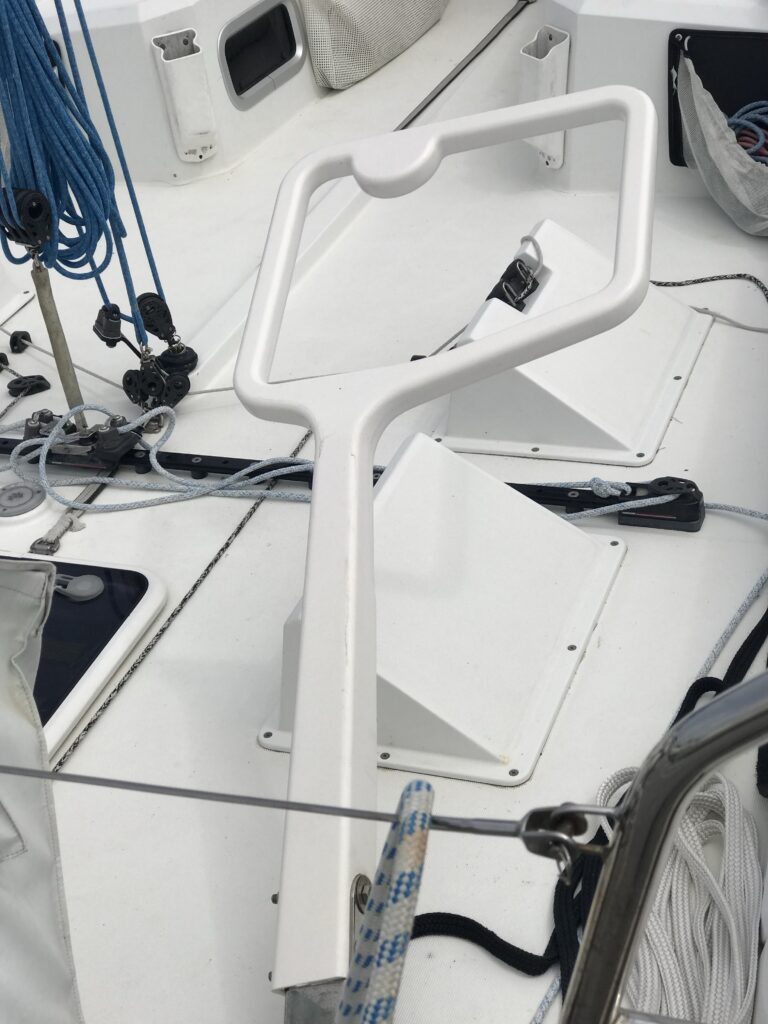
- The Jeanneau Sun Fast 37 has a slightly deeper keel and rudder with a lead ballast shoe on the bottom of the iron fin keel3.
Pogo Sailboats:
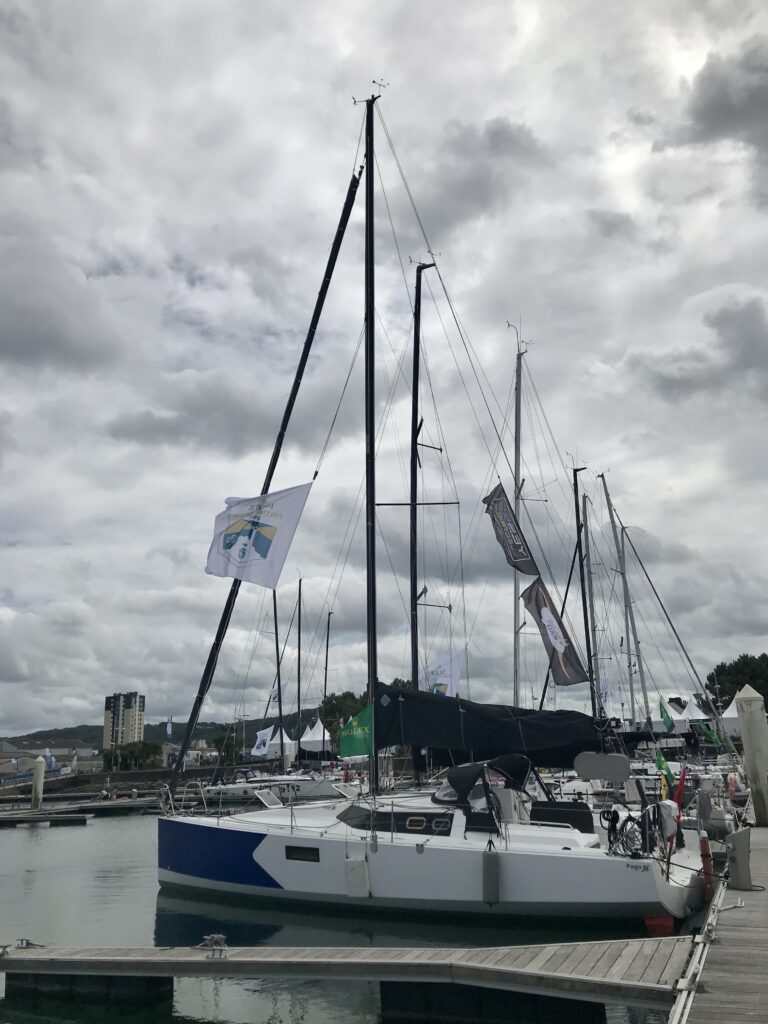
J/Boats:
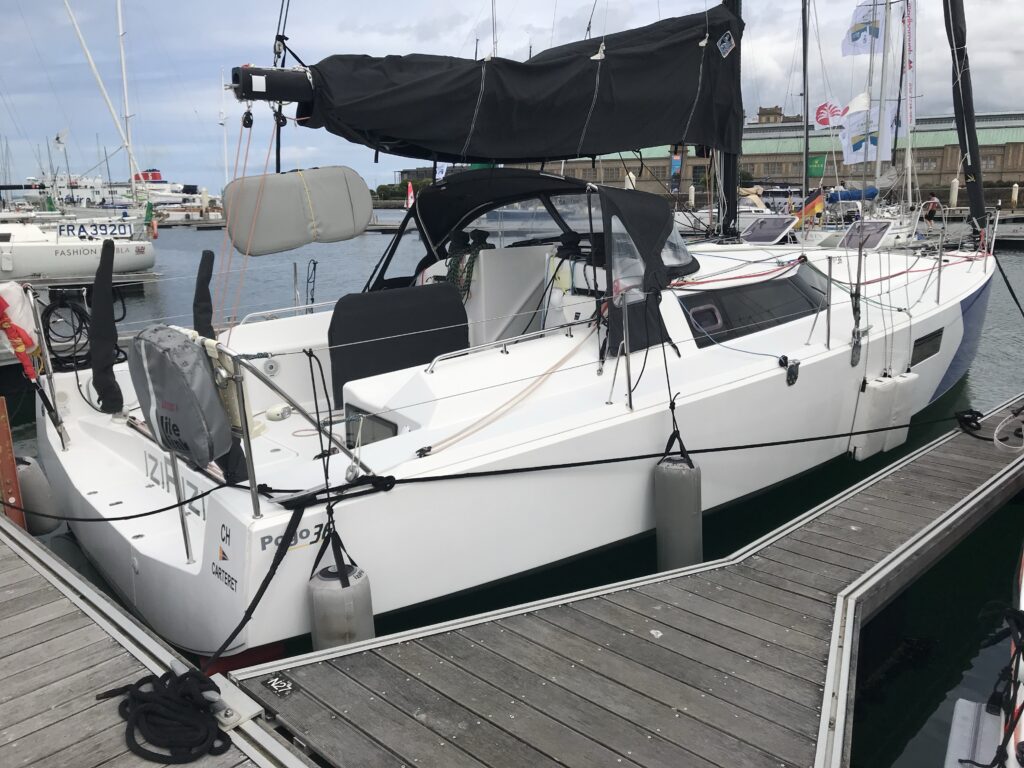
- Over 90% of J/Boats’ ballast is in the fixed lead keel, with the rest in the foil1.
Regarding whether positive flotation is required for boats under a certain size, the provided search results suggest that boats under a certain size may be required to have positive flotation. According to a post on Boat Design Net, boats may need about 14 cubic feet of positive flotation to compensate for a 900-pound weight, or more if the flotation compartments are filled with foam6. However, the specific regulations and requirements for positive flotation may vary depending on the country and jurisdiction. Many ocean crossings have deployed pool toy inflatables as additional positive flotation.
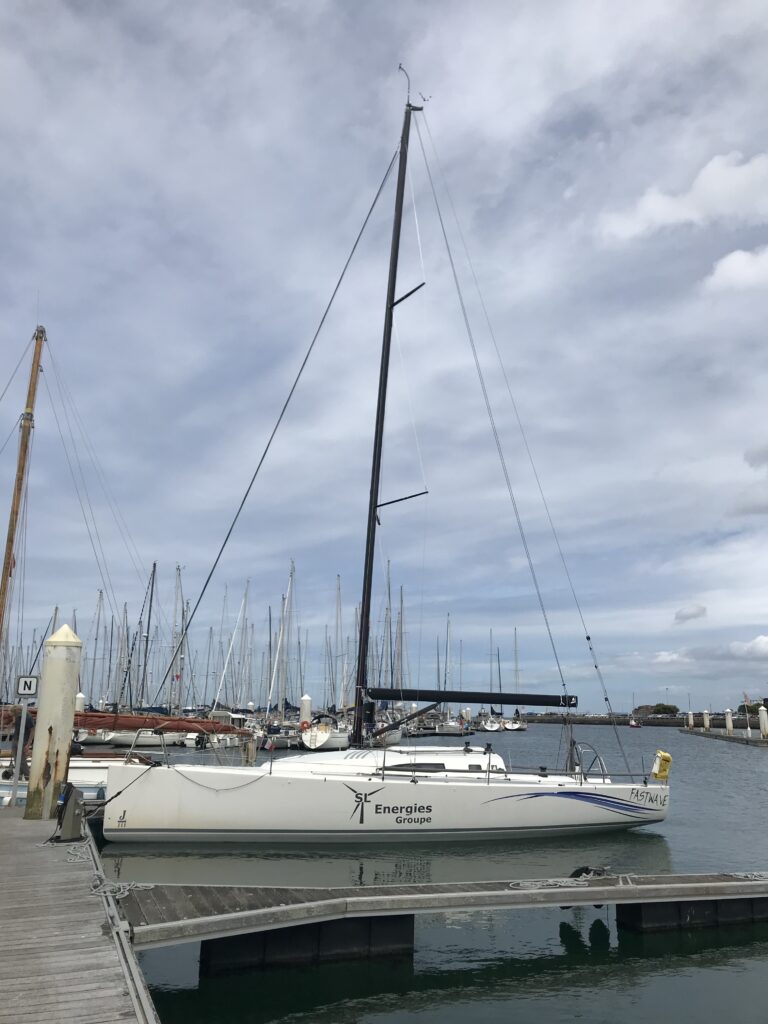
Compare and contrast the types of masts of Sun Fast with Pogo and J boats? Is carbon fiber an option? What is the usual cause of a dismast
When comparing the types of masts used in Sun Fast, Pogo, and J/Boats, the information from the search results suggests the following:
Sun Fast Sailboats:
- The specific type of mast used in Sun Fast sailboats is not mentioned in the provided search results.
Pogo Sailboats:
- The specific type of mast used in Pogo sailboats is not mentioned in the provided search results.
J/Boats:
- J/Boats use carbon fiber masts in some of their models, such as the J/1113.
Regarding the use of carbon fiber masts, research indicates that carbon fiber masts can be lighter and stiffer than aluminum masts, which can significantly improve performance15. However, it is not explicitly mentioned whether Sun Fast or Pogo sailboats offer carbon fiber masts as an option.
indicate that carbon fiber masts can be lighter and stiffer than aluminum masts, which can significantly improve performance15. However, it is not explicitly mentioned whether Sun Fast or Pogo sailboats offer carbon fiber masts as an option.
The primary cause is excessive stress, often due to improper handling, defective rigging, or harsh conditions1. Regular inspection of rigging and proper adjustment is crucial to avoid excessive stress on the mast.
In summary, while the specific information about the types of masts used in Sun Fast and Pogo sailboats is not available in the provided search results, J/Boats do offer carbon fiber masts in some of their models. Carbon fiber masts are known for their lighter weight and increased stiffness, which can enhance performance. Excessive stress is the usual cause of a dismasting, emphasizing the importance of proper handling, rigging, and maintenance.
What are the advantages and disadvantages of using carbon fiber for sailboat masts
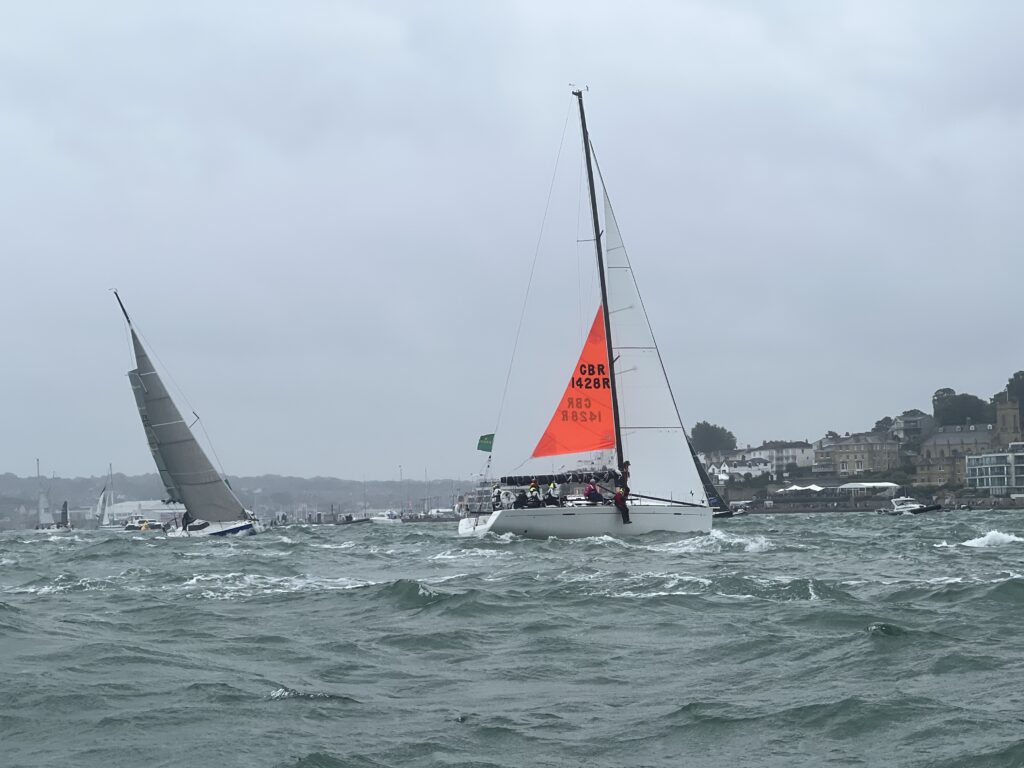
Advantages of using carbon fiber for sailboat masts:
- Carbon fiber is stiffer and weighs less than other mast materials, such as aluminum, which can significantly improve the performance of the sailboat135.
- Reducing the sailboat’s overall displacement weight is a worthwhile advantage for racers and lightweight performance cruisers1.
- Carbon fiber masts can be manufactured to be lighter and stiffer than aluminum masts, which can improve the boat’s speed and handling35.
- A lighter mast can reduce pitch and roll in a cruising boat, making it more comfortable for passengers4.
- A stiffer mast can simplify the rig and make it easier to maneuver the boat, especially with a short crew6.
Disadvantages of using carbon fiber for sailboat masts:
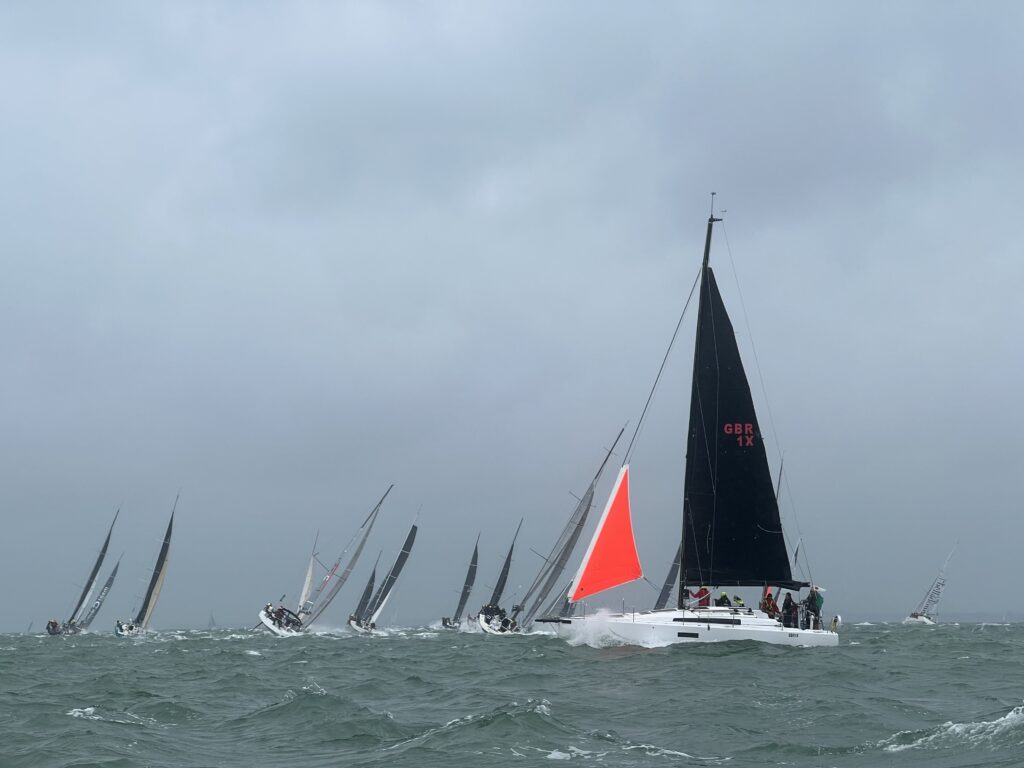
- Carbon fiber masts are quite a lot more expensive than other mast materials, such as aluminum1.
- Carbon fiber masts require specific sail materials that are designed to work with the mast, which can limit the options for sail materials2.
- Carbon fiber masts can be more susceptible to damage from impact or shock than aluminum masts5.
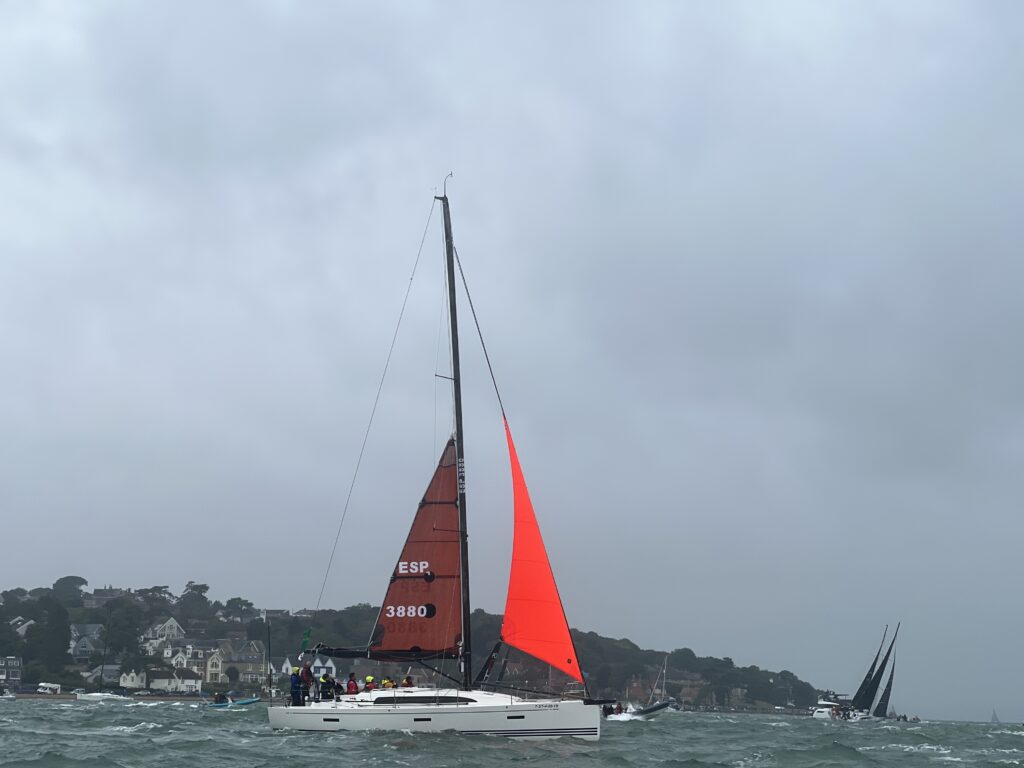
In summary, the advantages of using carbon fiber for sailboat masts include improved performance, reduced displacement weight, and simplified rigging. However, the disadvantages include higher cost, limited sail material options, and increased susceptibility to damage from impact or shock.
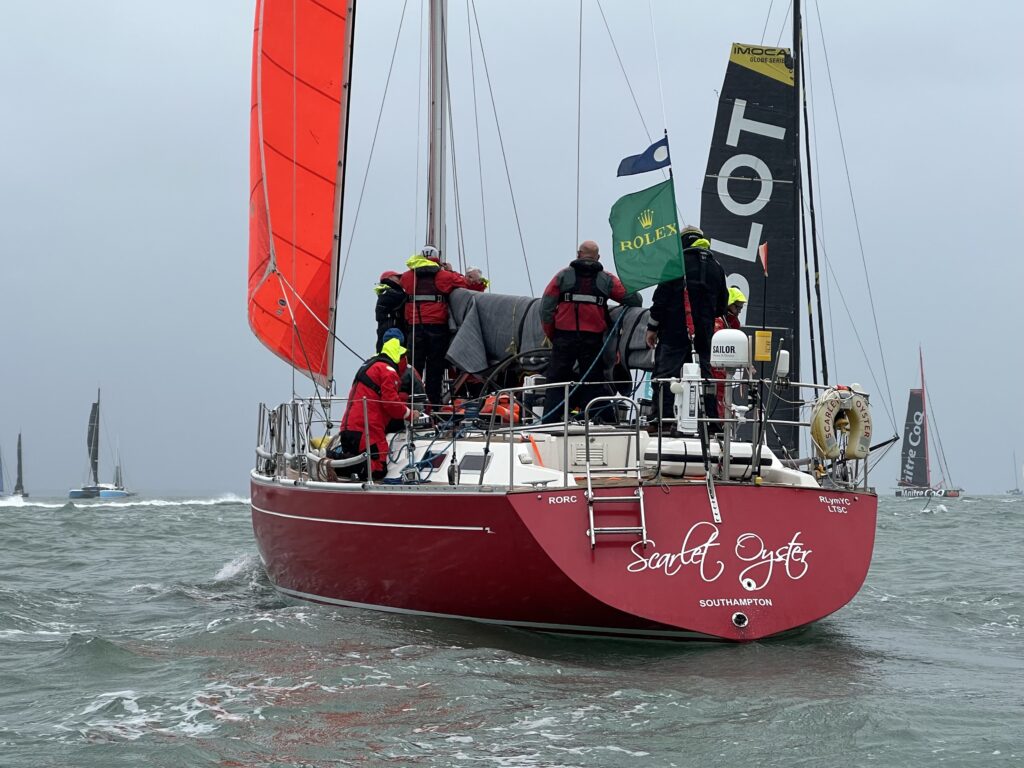
What is Cherbourg to the Fastnet Race? Does Cherbourg France have a refurbished marina? What is noteworthy about Cherbourg?
Black Pearl, GBR7017R, of
RORC / NYYC, a
Botin 56 that finished 2nd in the RORC Transatlantic Race in January of 2023 had rudder problems and retired from Fastnet 2023.
The significance of Cherbourg hosting the finish of the Rolex Fastnet Race can be summarized as follows:
- Cherbourg, a port town in Normandy, France, has been chosen as the finish location for the biennial Rolex Fastnet Race in 2021 and 202323.
- This decision expands the race’s reach and includes Cherbourg and the surrounding Cotentin peninsula as part of the group of coastal territories linked to the prestigious race14.
- The move to Cherbourg was driven by the increased facilities available, including a refurbished marina and berthing options in the heart of the city5.
- Hosting the finish of the Fastnet Race in Cherbourg provides an opportunity for more people to participate in and witness the race, contributing to the growth and popularity of the event1.
- The 2023 edition of the Fastnet Race will mark its special 50th edition, and the Race Office will be open in Cowes, Hamble, and Cherbourg, with the Race Village in Cherbourg open several days prior to the start6.
- For the first time in the history of the Fastnet Race, the port town of Cherbourg will host the finish of the famous biennial Rolex Fastnet Race in both 2021 and 202323.
- The move to finish the race in Cherbourg instead of Plymouth, UK, will allow more people to take part in the race5.
- The Fastnet Race is a prestigious offshore yacht race organized by the Royal Ocean Racing Club (RORC) of the United Kingdom, and it attracts yachts from around the world1.
- The 2023 edition of the Fastnet Race will have a special 50th edition, and the Race Office will be open in Cowes, Hamble, and Cherbourg from July 17, 20236.
- Cherbourg has a refurbished marina that is capable of accommodating large yachts and sailboats1.
- Cherbourg is a popular tourist destination in Normandy, known for its rich history, culture, and cuisine2.
Cherbourg is a port town in Normandy, France, that is noteworthy for its involvement in the Fastnet Race. Here are some key facts about Cherbourg and its connection to the Fastnet Race:
In summary, the significance of Cherbourg hosting the finish of the Rolex Fastnet Race lies in expanding the race’s reach, providing enhanced facilities, and offering a new and exciting location for participants and spectators. It strengthens the connection between Cherbourg and the prestigious offshore yacht race, contributing to the growth and success of the event. There were no British winners. Of the 12 trophies, France won eight, Switzerland three and the USA one.
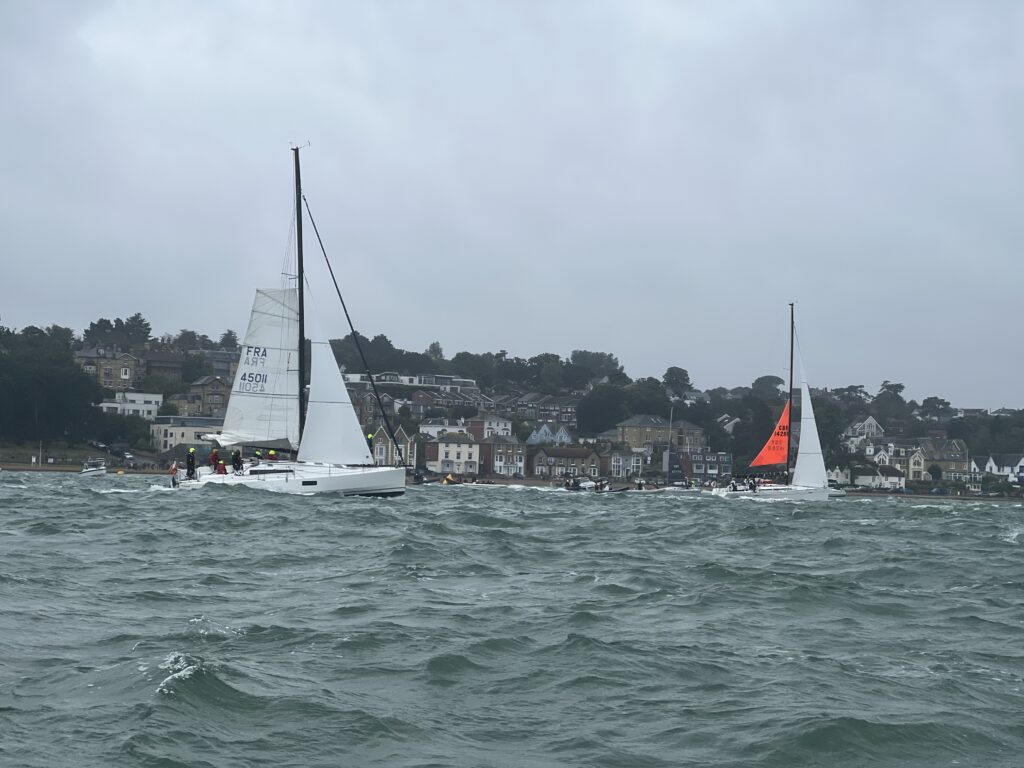
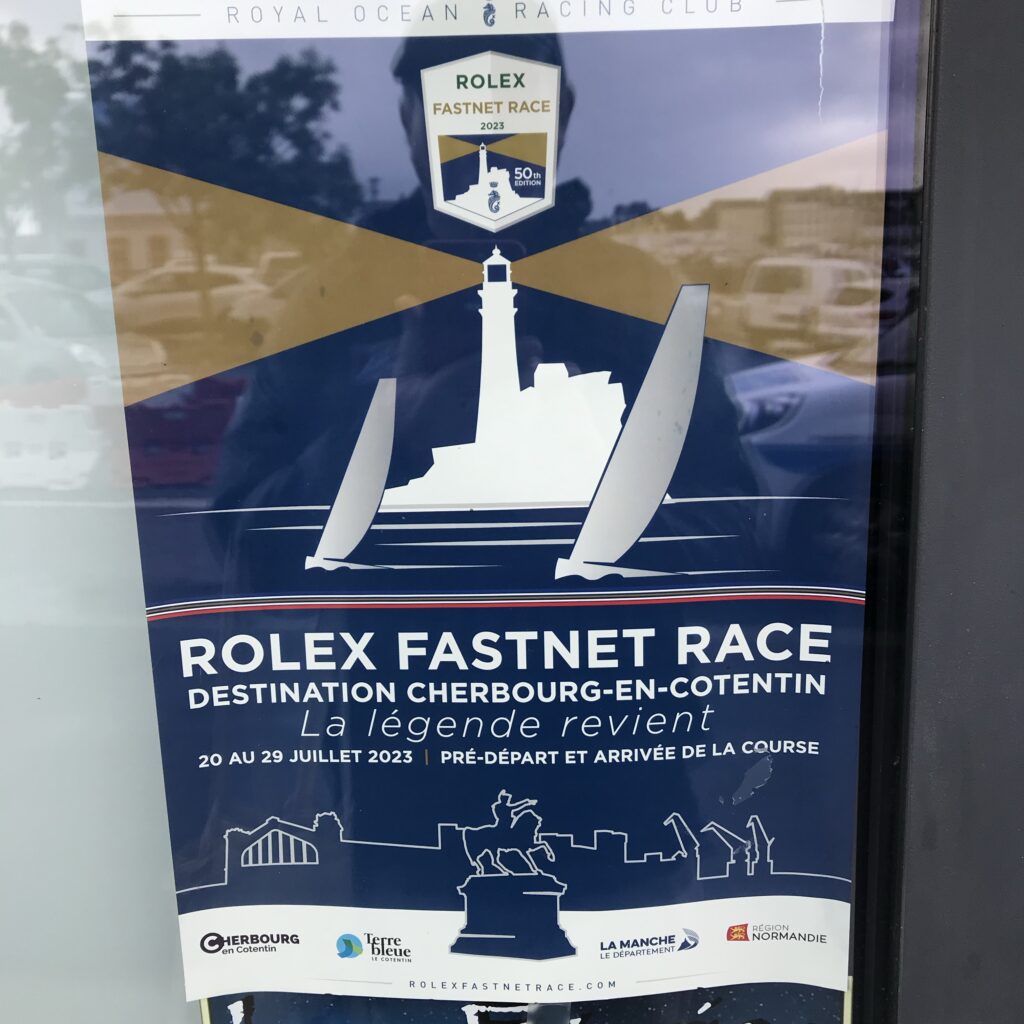
Is there a Sunfast 3600 replacement planned?
There is no clear information about a Sun Fast 3600 replacement. However, there is some information about the Sun Fast 3300, which is a newer model that was first built in 2019. Here is a summary of the information found in the search results:
- The Sun Fast 3600 is a state-of-the-art racing sailboat that was designed to offer performance, handling, and eye-catching looks3.
- There is no specific mention of a Sun Fast 3600 replacement in the provided search results. However, there is a reference to a Sun Fast 3300, which is a racing keelboat that was designed by Daniel Andrieu and Guillaume Verdier and first built in 20195.
- The Sun Fast 3300 is optimized for the International Rating Certificate rules and features a fully soft-chined hull made of vacuum-infused polyester fiberglass, a deck-stepped mast, and two sets of swept spreaders5.
- The Sun Fast 3300 has a draft of 6.40 ft (1.95 m) with the standard keel, and two 53 U.S. gallons (200 L; 44 imp gal) water ballast tanks are a factory option5.
- The Sun Fast 3300 is designed to offer exceptional performance, with unique design features and high form4.
- The Sun Fast 3600 is still available for purchase on the Jeanneau website, indicating that it is still a current model6.
This year more competitors erred on caution, exiting the Solent via the calmer waters of the North Channel. Just south of the Needles at 17:00 the Sun Fast 3600 Vari, sailed by Yann Jestin and Romain Baggio, began sinking due to a severe leak in her engine compartment. The experienced doublehanders issued a May Day and took to their liferaft. Within 15 minutes of their discovery, Vari had sunk. As Ju Kyu stood by, after 10 minutes in their liferaft, they were recovered by the Yarmouth lifeboat and taken ashore.
In addition were four dismastings – Royal Naval Sailing Association’s Yoyo; Nick Martin’s Diablo, Bertrand Daniels’ Mirabelle and Tapio Lehtinen’s yawl Galiana, while others suffered steering and rigging issues and Richard Matthews’ Oystercatcher XXXV retired with structural deck issues.
There were also injuries. The Swanage all-weather lifeboat assisted a yacht where one crew had been knocked on the head and fallen overboard. Held on by their tether the crew had been recovered but was semi-unconscious. As the Coastguard helicopter was unable to lower a paramedic, instead the yacht headed for calmer waters where the casualty was transferred to the lifeboat and then to an ambulance in Poole Harbour.
Over the first night HM Coastguard answered 28 ‘incidents’ (albeit some involving the same boat) while in many other incidents HM Coastguard was not involved, including the mast foot breaking on race veteran Géry Trentesaux’s Long Courrier, which retired to Cowes.
Many crews showed excellent seamanship, choosing to seek shelter until conditions abated. Some continued, others did not. 24 hours into the race more than 100 yachts had retired. In the final tally 166 retired from this year’s race, roughly 39% of the fleet (compared to 45% in 2021 and 76% in 2007). Ironically the next day competitors were contemplating how to negotiate light winds.
A WORTHY 50TH ROLEX FASTNET RACE
My tally by class of boats that finished follows:
- 201 of 358 finished in IRC
- 17 of 21 finished in Class 40
- 27 of 29 finished in IMOCA 60
- 2 of 2 finished in ULTIM 32/23
- 8 of 15 finished in Multihull MOCRA
- 3 of 5 finished in Ocean 50
By my tally, 258 of 430 boat’s finished the Fastest 2023. 40% finished and 60% retired. It was a tough race.
In summary, during the Fastnet 2023 race, one Sun Fast 3600 sank and two Sun Fast 3600s lost their masts (of 13) as did a Sun Fast 3200 (of 13 also). And, the Sun Fast 3300 is a newer model (than the 3200 and 3600) that was introduced in 2019. There were 14 3300s racing.) The Sun Fast 3600 is still available for purchase, indicating that it is still a current model but it may be in the process of being discontinued. The Sun Fast 3200 is a racing keelboat, that is similar to the 3600 that is no longer in production.
What is noteworthy about the Sunfast 3300 that makes it a replacement for the Sunfast 3600?
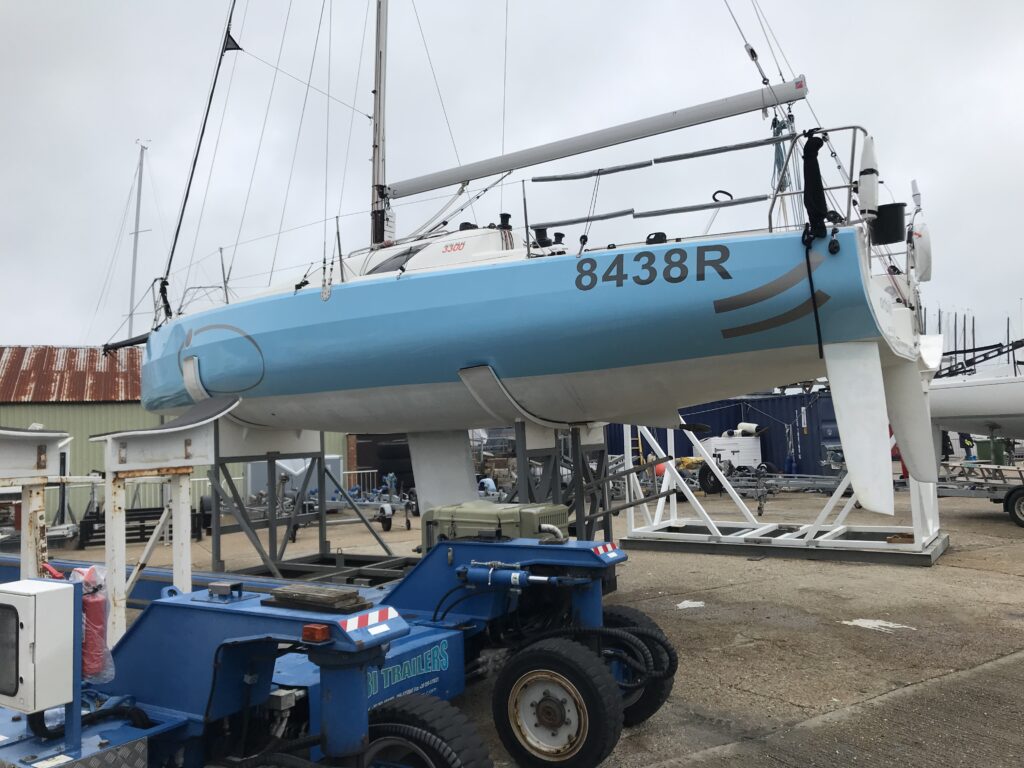
Since sailors began to apply sail power to move a boat through the water, stability has been both desirable and challenging. A boat with too little stability simply rolls over when sail area is applied, unless sailing more or less downwind. The Polynesians discovered that you could put a second hull on the downwind side of a sailboat and create stability using buoyancy (and catamarans and trimarans have continued to be the fastest designs of all to this day.) In European ship design, more emphasis was put on creating stability using heavy weight in the bottom of the ship in the form of ballast or a lead or iron keel. As the ship began to heel, the keel swung away from the center of buoyancy of the vessel, and caused a force to be exerted which balanced the force of the sails.
The problem with using keels or ballast is that it is heavy, and heavy boats are generally slower compared lighter boats. In racing boat design, where every pound of unnecessary weight is seen as “the enemy”, designers began to concentrate the weight lower in the water by increasing the draft of the sailboat and by putting all of the weight in a mass at the very bottom
The Search for Sailboat Stability:
The availability of water ballast in the Sun Fast 3300 provides several advantages, including the ability to optimize trim, stability, and reduce trailering weight2. Water ballast can be filled and emptied at will, allowing sailors to adjust the boat’s performance according to different sailing conditions2. It can also contribute to a smoother motion and reduce the hobbyhorse effect of the boat6.
Water ballast is a system that allows boats to add or remove water from tanks located in the hull, providing several advantages. Here are some advantages of having water ballast on a sailboat:
- Optimized Trim: Water ballast can be filled or emptied at will, allowing sailors to adjust the boat’s trim and balance according to changing wind and sea conditions. This flexibility helps optimize performance and maintain the desired sailing characteristics.
- Improved Stability: Water ballast can enhance the stability of the boat by lowering the center of gravity and increasing resistance to heeling. This allows the boat to maintain a more upright position, reducing the risk of capsizing and improving overall safety.
- Reduced Trailering Weight: Water ballast can be emptied before transporting the boat on a trailer, reducing the overall weight and making it easier to tow and launch.
- Motion Dampening: The presence of water ballast in the hull can help dampen the boat’s motion, resulting in a smoother ride and reduced pitching and rolling. This can enhance comfort for the crew, especially during rough sea conditions.
- Increased Buoyancy: Water ballast provides additional buoyancy, which can be advantageous in heavy weather or when encountering large waves. The extra buoyancy helps the boat stay afloat and maintain control in challenging conditions.
- Improved Stability in Light Winds: Water ballast can help improve stability in light winds by adding weight to the boat, allowing it to maintain speed and momentum.
It’s important to note that the specific advantages of water ballast may vary depending on the boat’s design, size, and sailing conditions. However, the use of water ballast can provide significant benefits for optimizing performance and enhancing safety and comfort on a sailboat.
In summary, the Sun Fast 3300 does offer a water ballast option, providing sailors with the flexibility to optimize the boat’s performance and stability during the Fastnet Race and other sailing endeavors.
Foils slicing through the waves,
Water ballast keeping us steady,
Storm sails at the ready,
Fastnet 2023, a race to amaze.
A new course to challenge our might,
695 miles to the Rock and almost back,
Adventure seekers on the attack,
Like-minded crew, a bond so tight.
Double-handed class, a new frontier,
Pushing limits, testing our skill,
The thrill of the race, an unforgettable thrill,
Fastnet 2023, a race to persevere.
The memories of the past, a reminder,
Of the dangers that lurk at sea,
But we face them with bravery,
Fastnet 2023, a race to inspire.
Foils, water ballast, storm sails, and more,
Tools to help us conquer the sea,
Fastnet 2023, a race to be free,
A journey to remember forevermore.



https://www.rolexfastnetrace.com/en/news/1275-newsflash-i-macif-claims-monohull-rolex-fastnet-race-line-honours
olden Globe Race skipper Tapio Lehtinen was dismasted on his Swan 55 Galiana, which is due to compete in the Ocean Globe Race, a retro edition of the historic Whitbread race, in September. Sun Fast 3200 Mirabelle was also dismasted as was Royal Naval Sailing Association’s Sun Fast 3600 Yoyo and Sun Fast 2600 Diablo
The most serious incident was the sinking of the Sunfast 3600 Vari in the western Solent after taking on water. Only 20 minutes elapsed between the crew of Vari raising the alarm that they were taking on water and the yacht sinking. The two French crew were recovered from their life raft by an RNLI lifeboat at Yarmouth and taken ashore to hospital. They are both safe and well and now back in France.
Max Klink’s Botin 52 Caro has won IRC Zero and is looking like a solid contender for overall victory in the Rolex Fastnet Race.
The Swiss boat crossed the finish line at 07:25 hours local time Tuesday morning, covering the course in 2 days, 16 hours, 40 minutes, 2 seconds.
Yachting World In the battle of the big boats it was the brand new IMOCA Macif, skippered by Charlie Dalin with Pascal Bidégorry which was first monohull home to take line honours in the 50th Rolex Fastnet Race and set a new course record in the process.
Dalin crossed the finish line after 2 day 07 hours 16 minutes and 26 seconds. This shaves over an hour off the time set by the giant ClubSwan 125 Skorpios in 2021 when the race first sailed the new course to finish in Cherbourg.
It’s also a back to back win for Dalin who also took IMOCA class victory in the 2021 edition – though on that occasion it was Skorpios that took line honours.
Yachting world First IRC yachts finish
Ten minutes after the first IMOCAs finished, Lucky crossed the line at, making them the first IRC boat home. However, they no longer hold the advantage on IRC overall, with the VO65s Wind Whisper and Team Jajo, who finished within the hour currently topping the IRC overall lead, though there are many boats still racing who could yet be in contention.